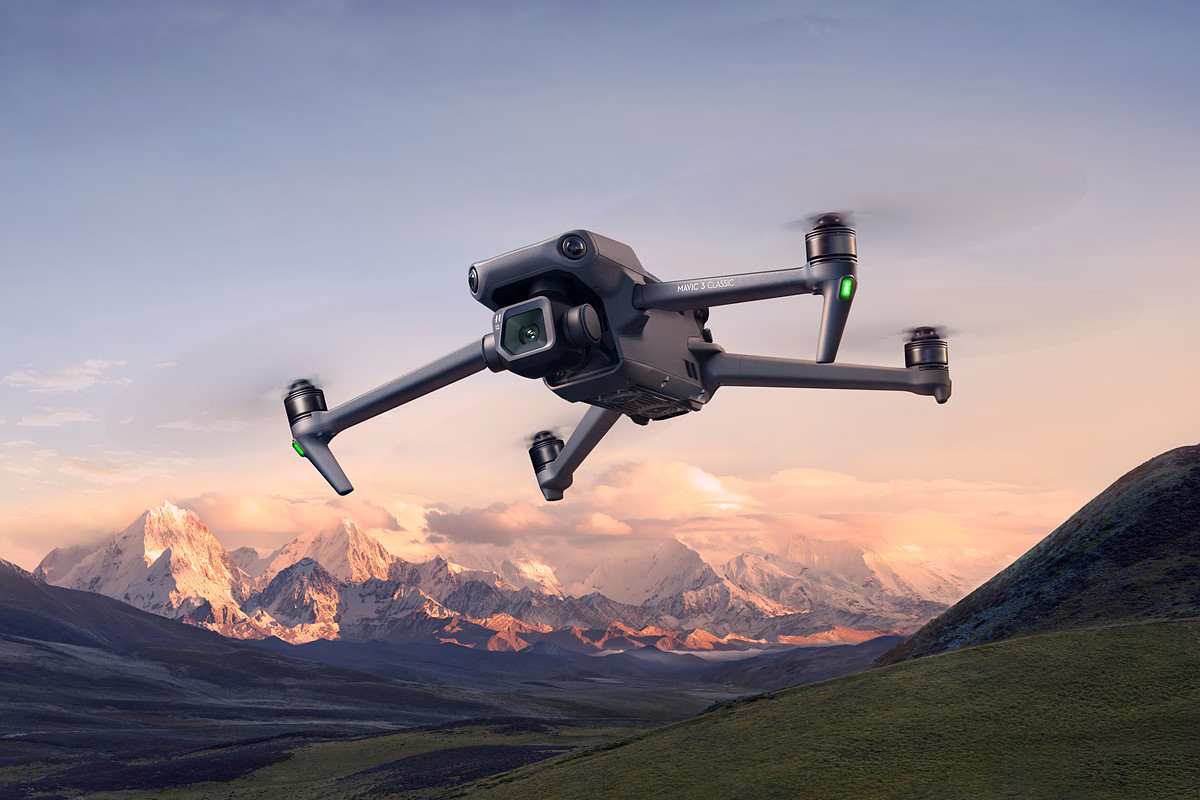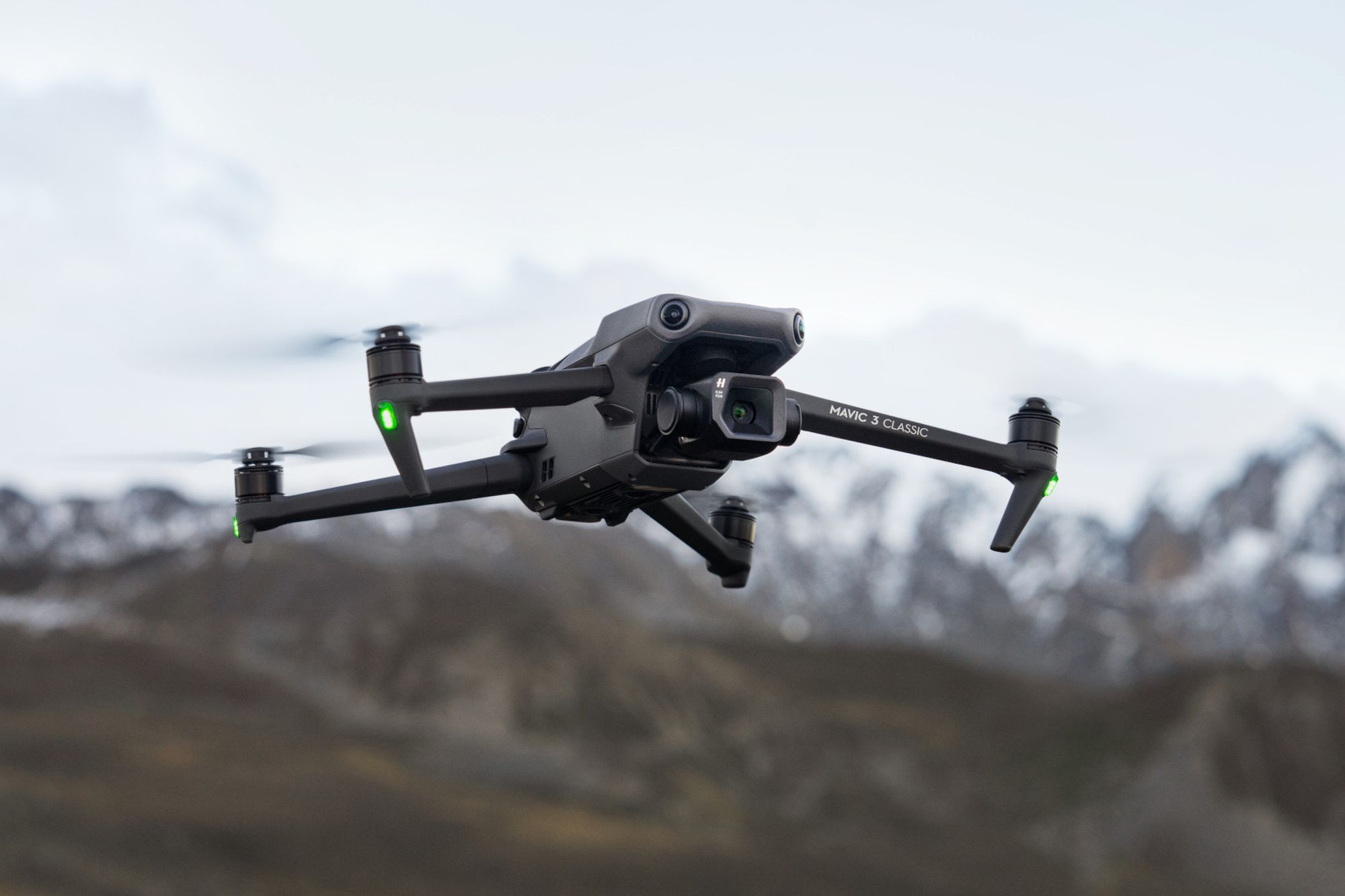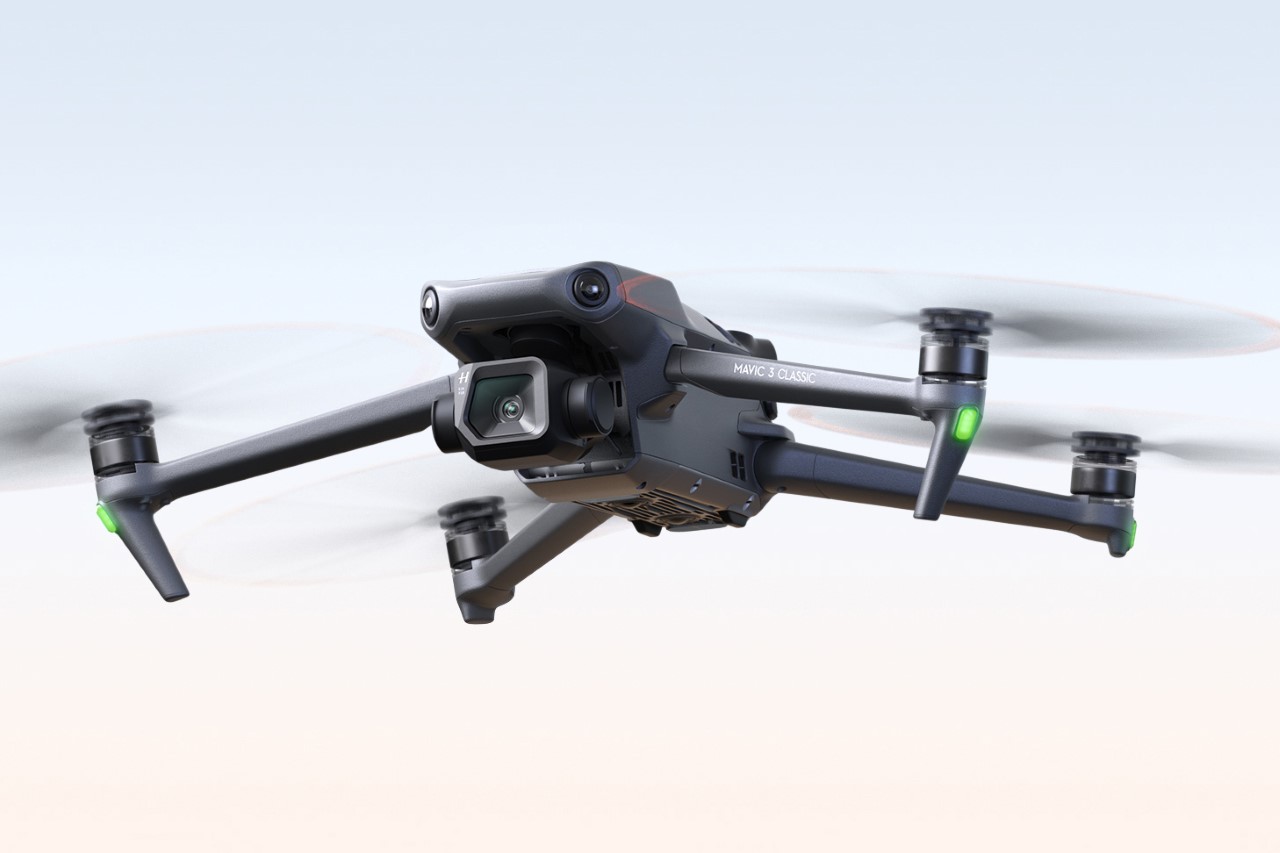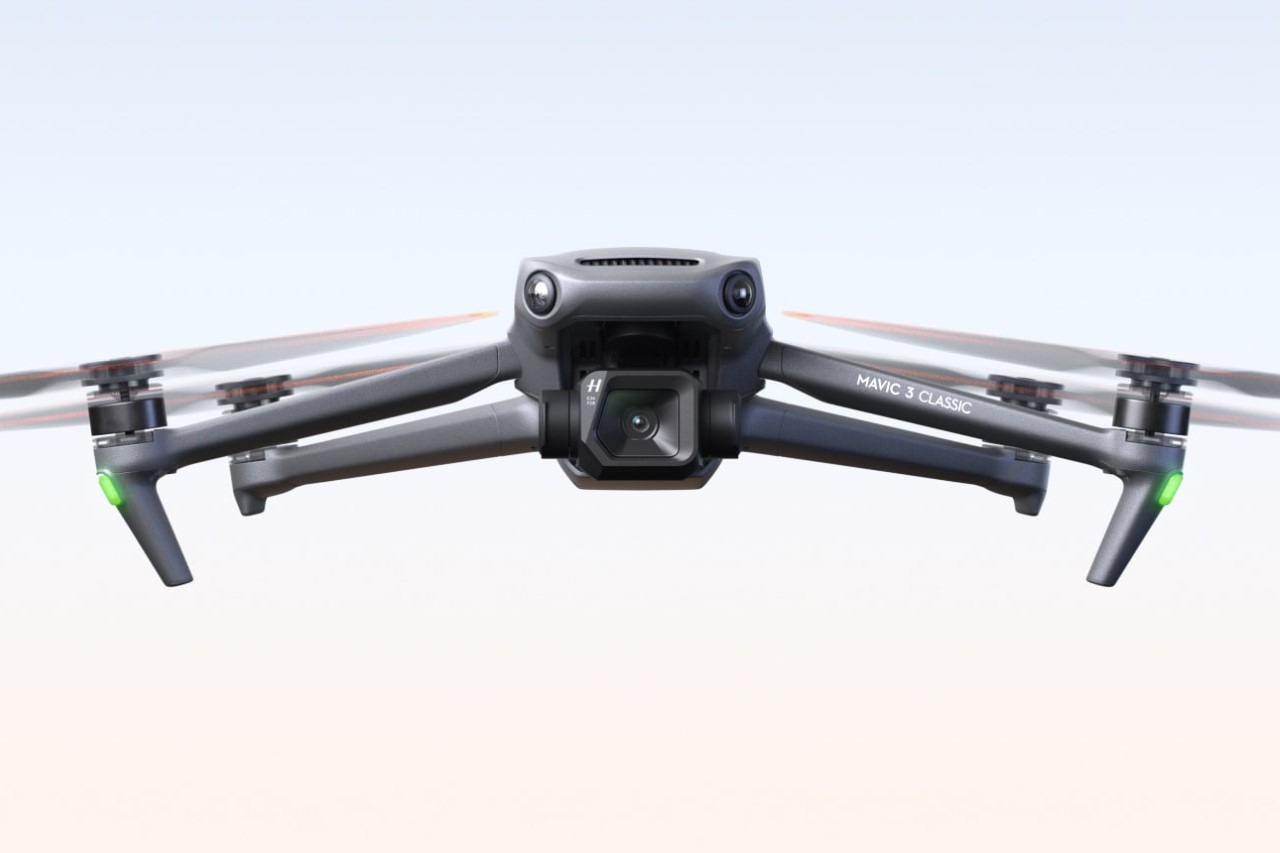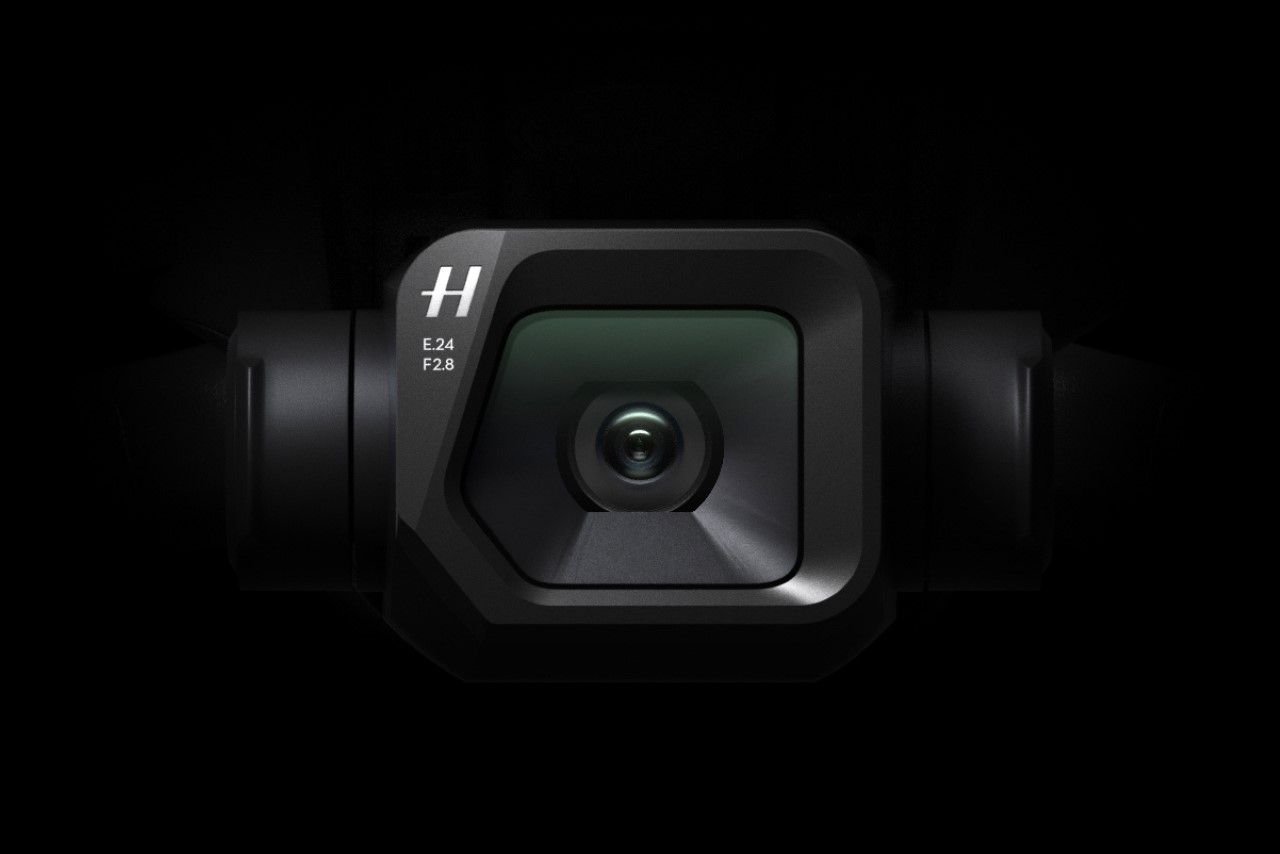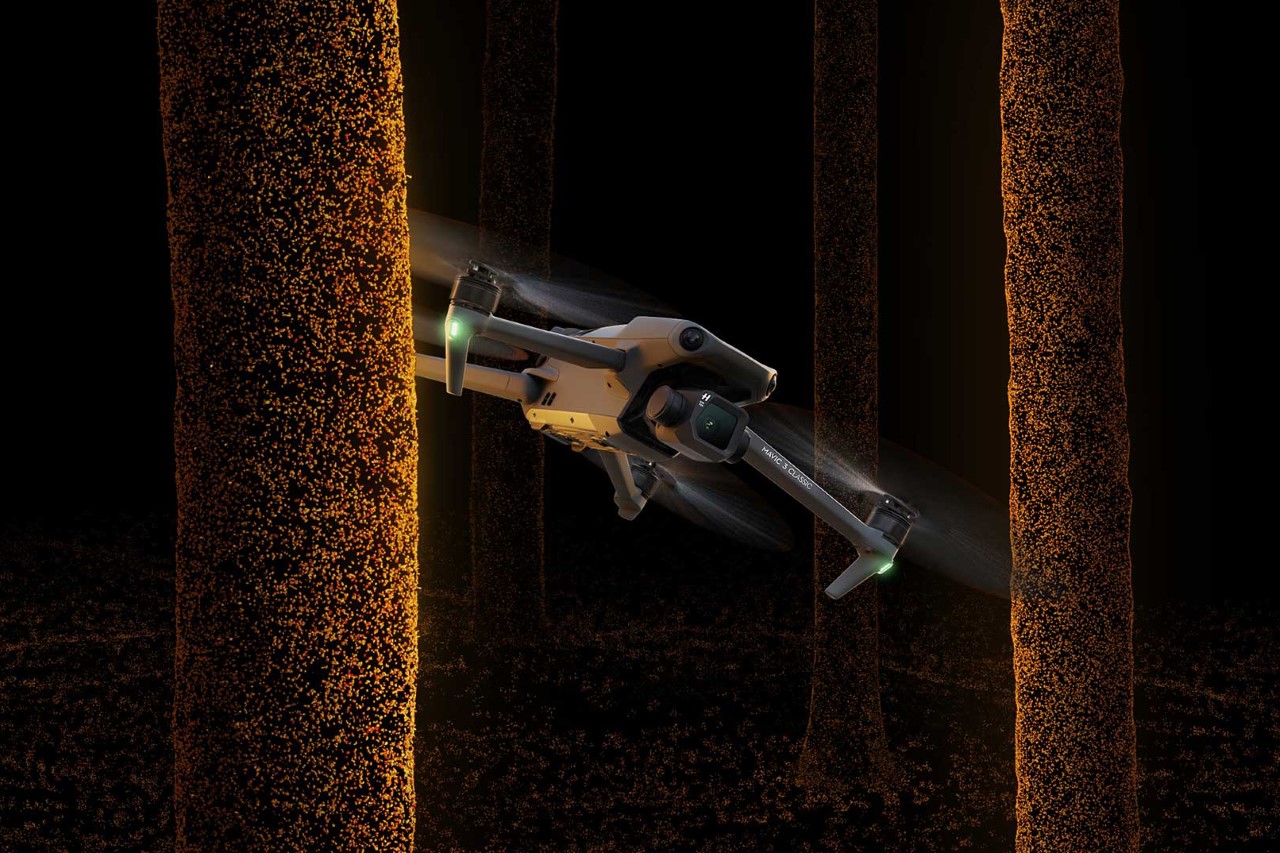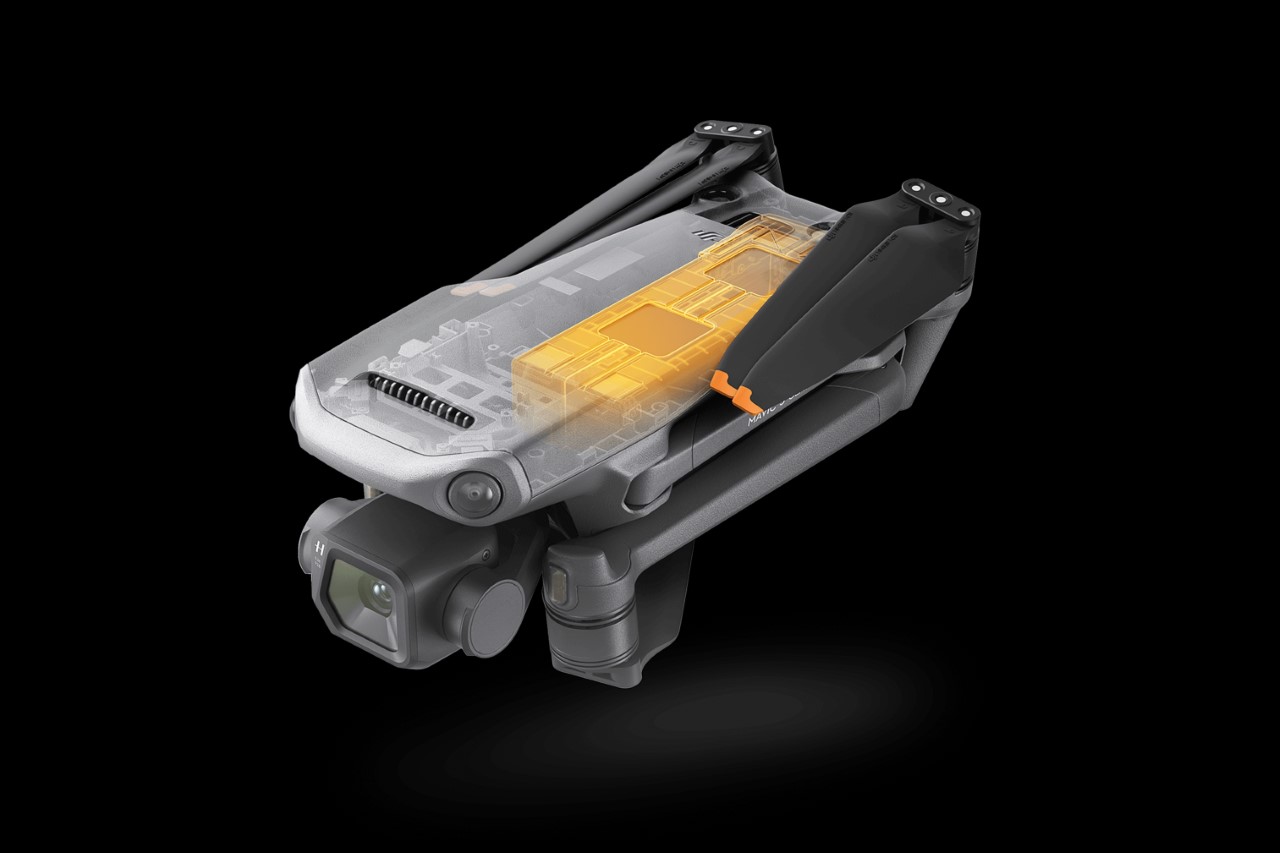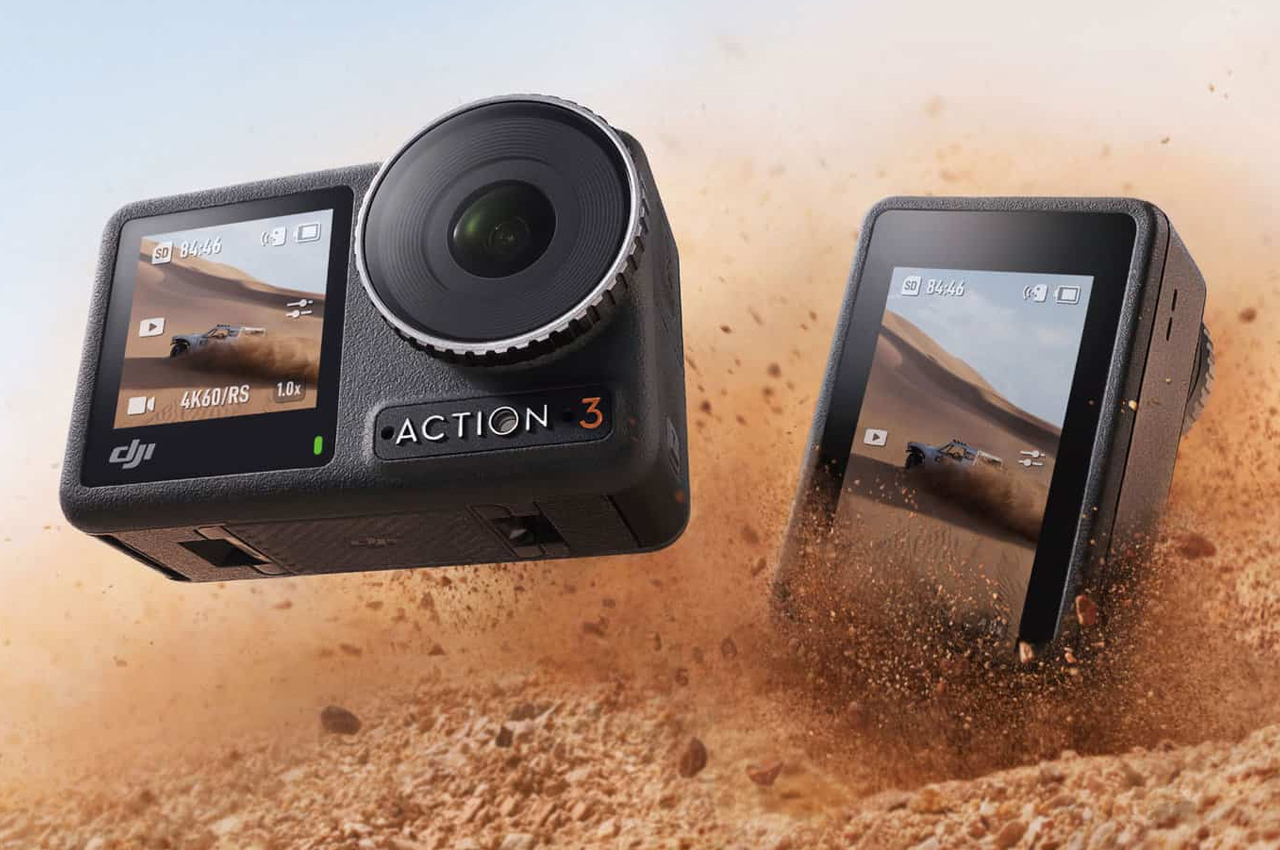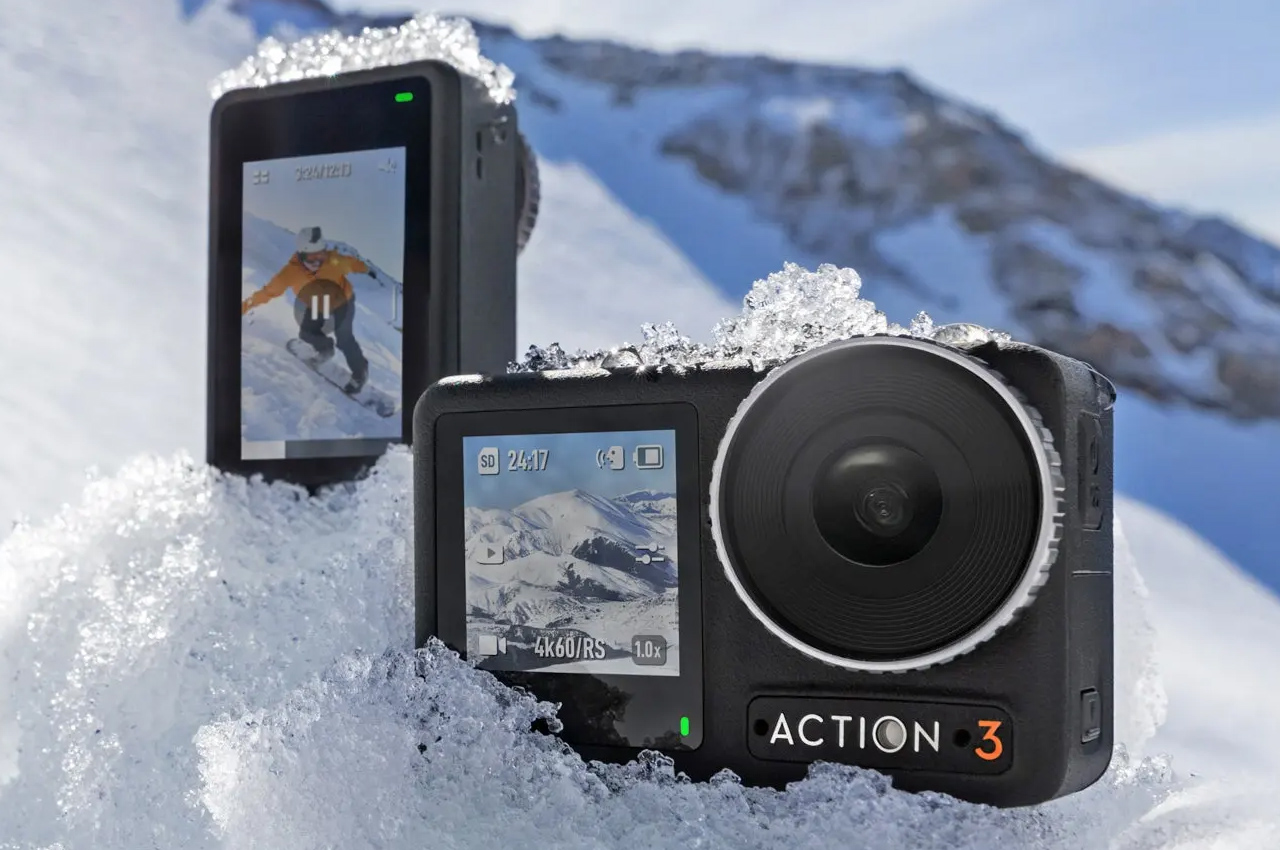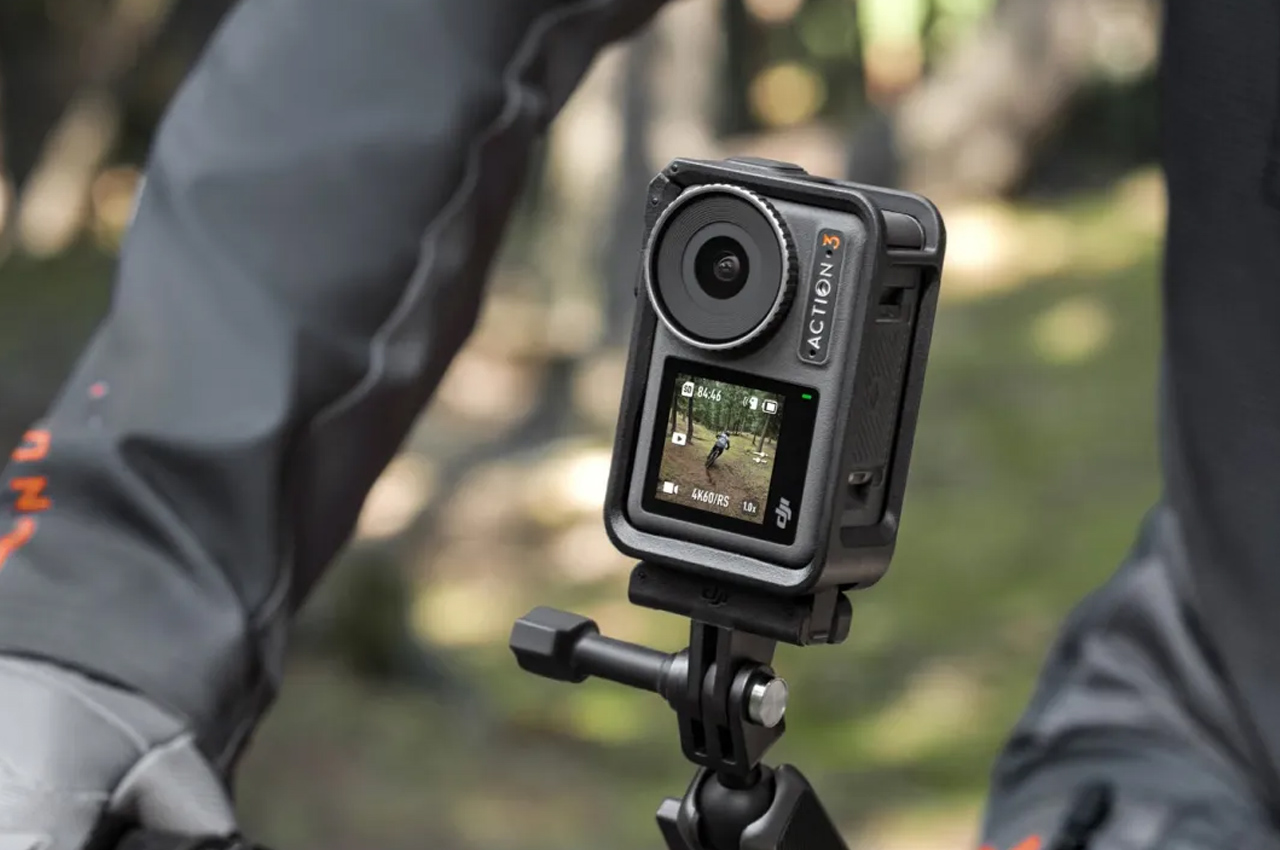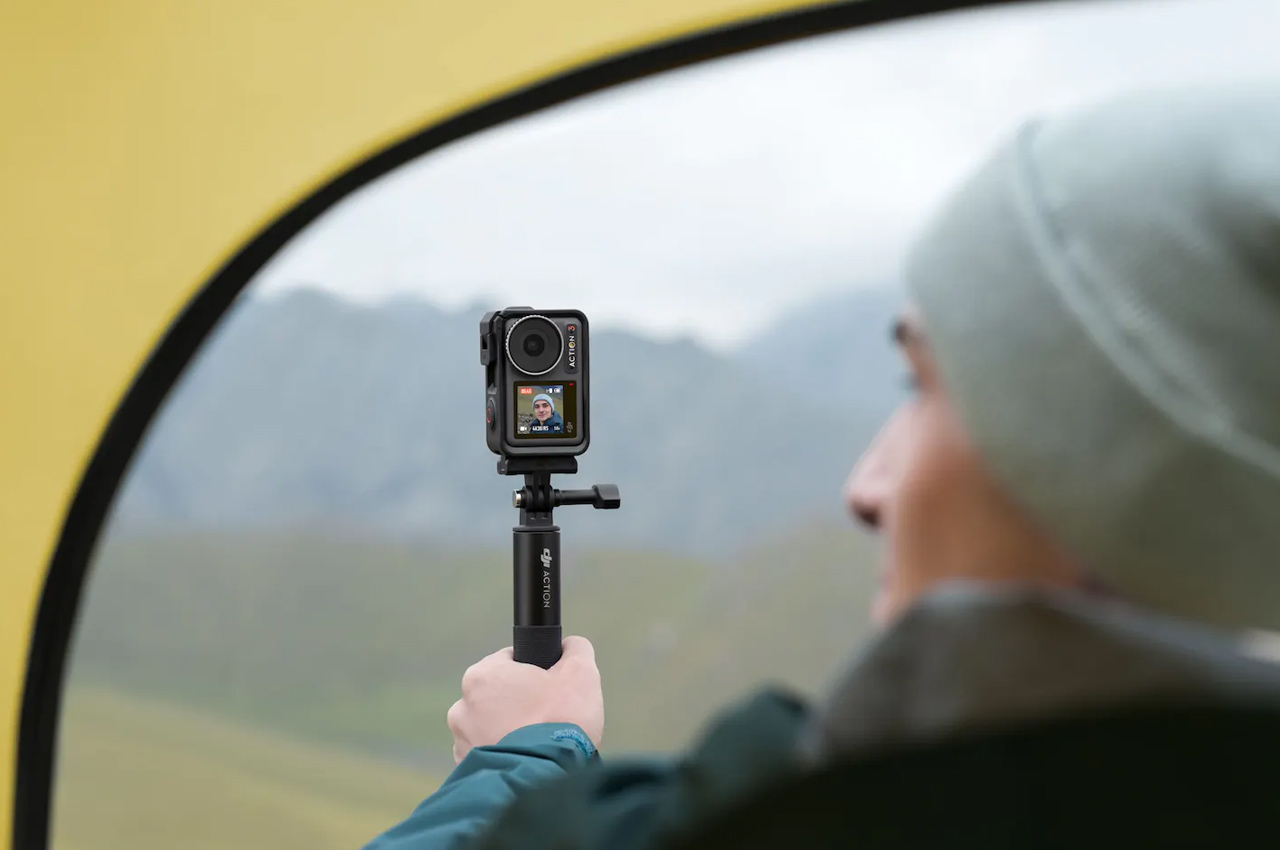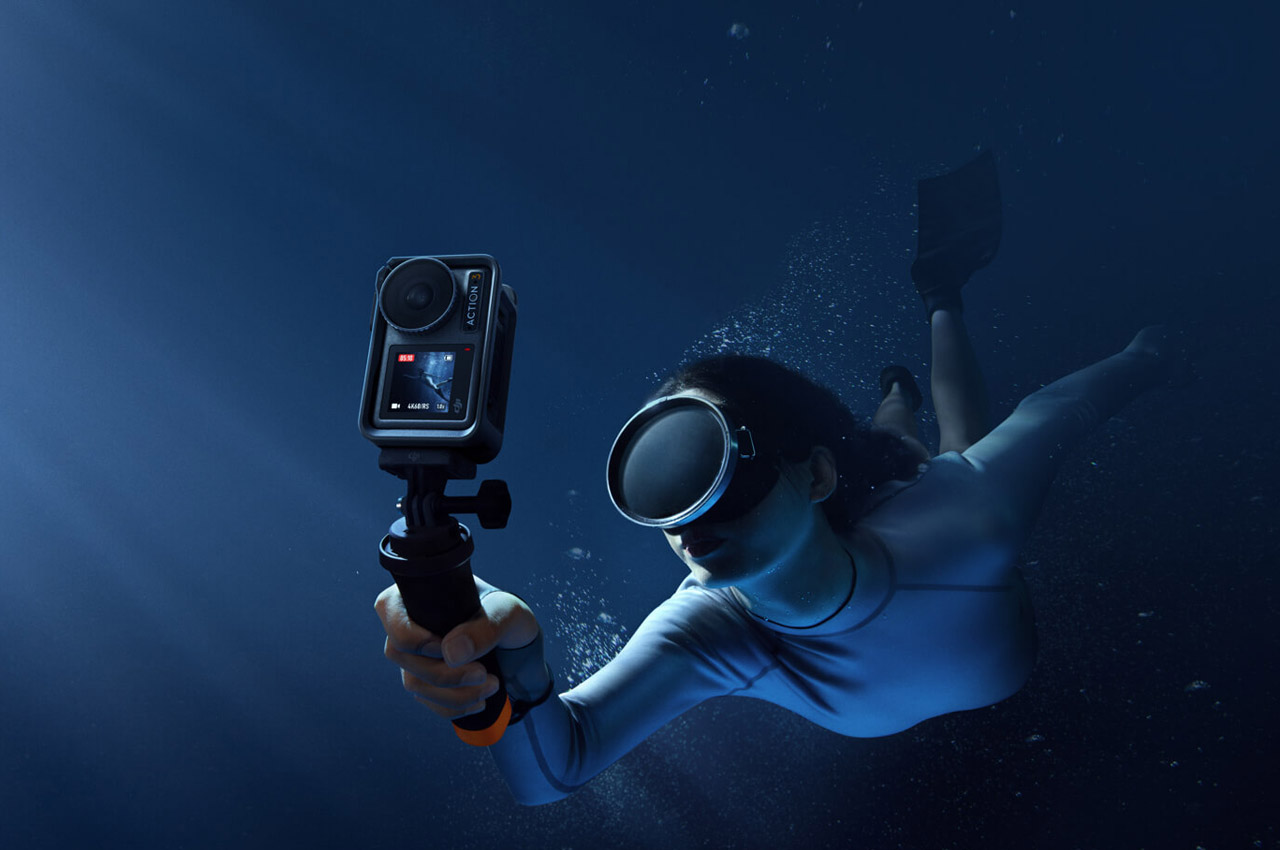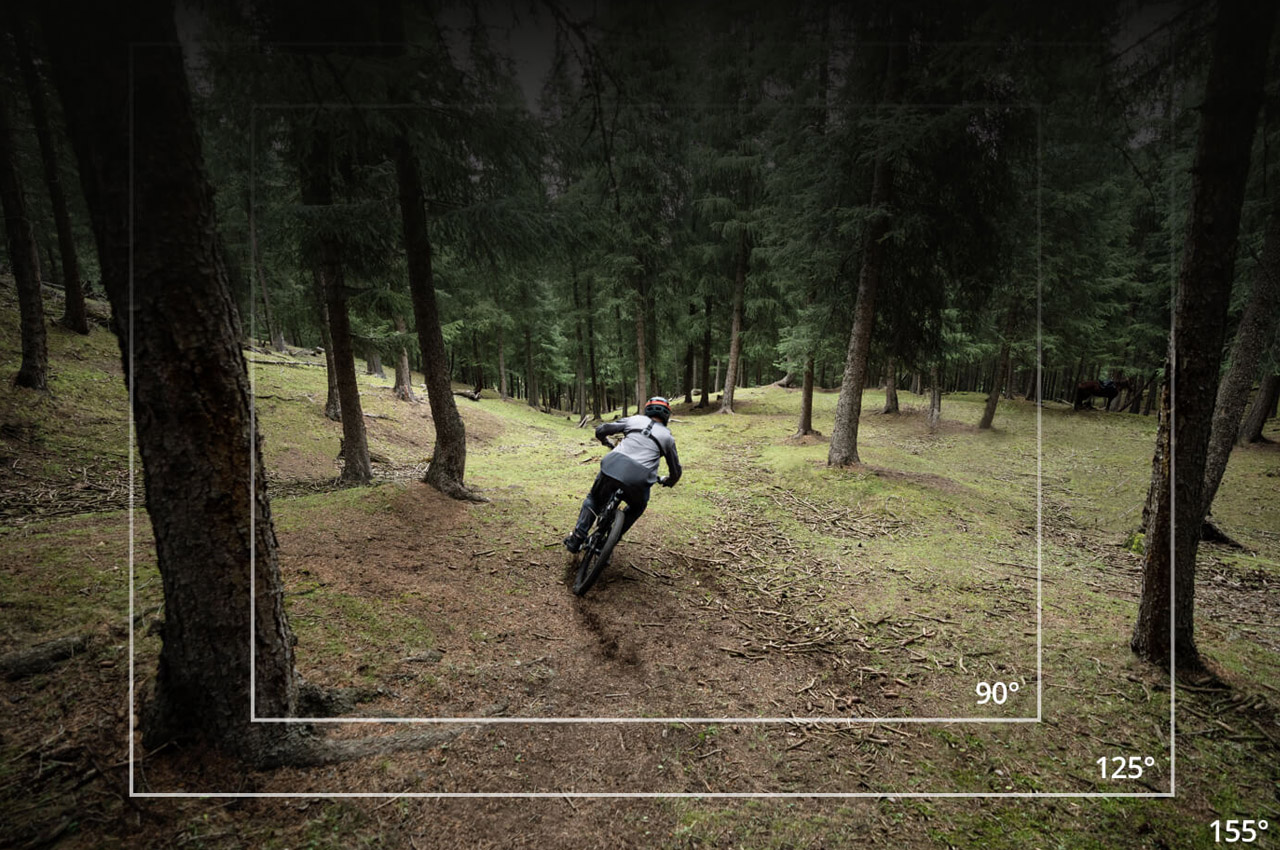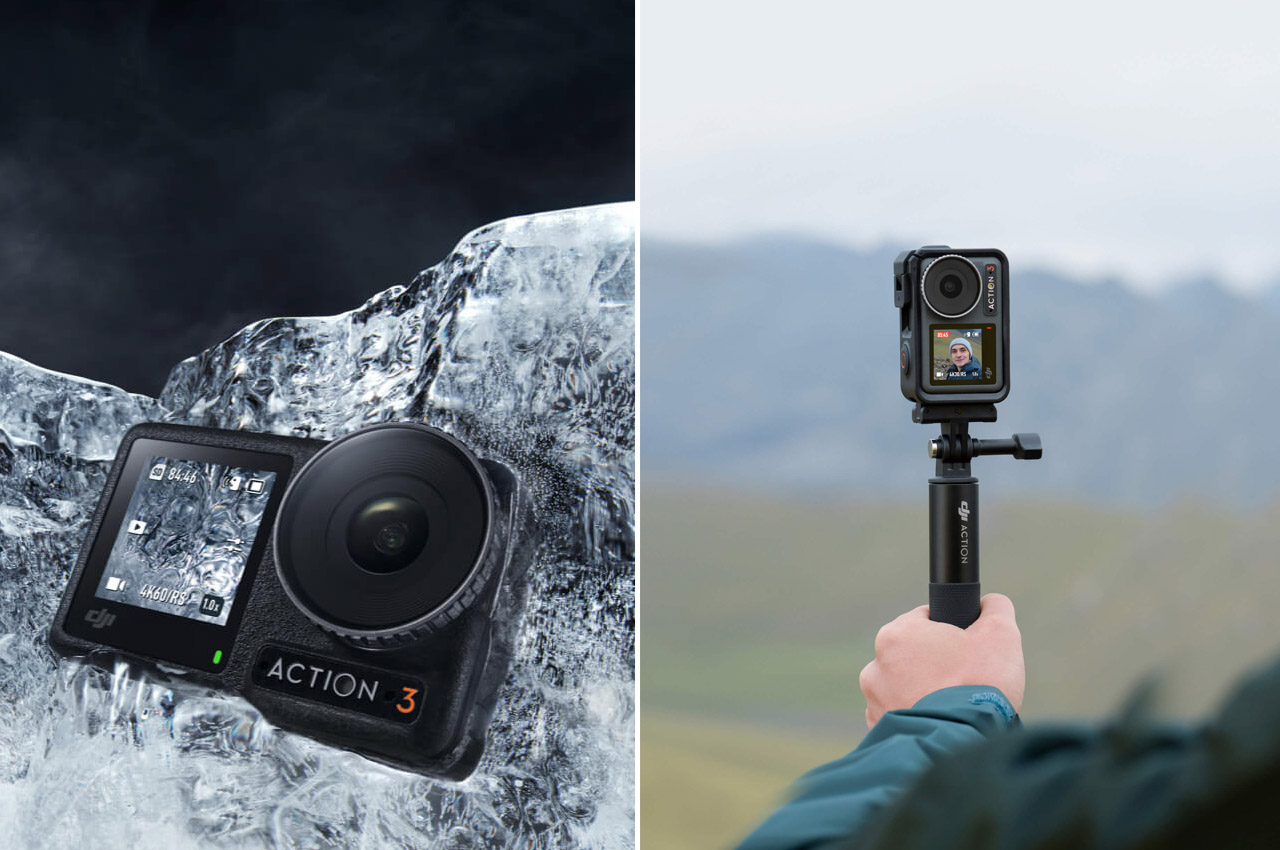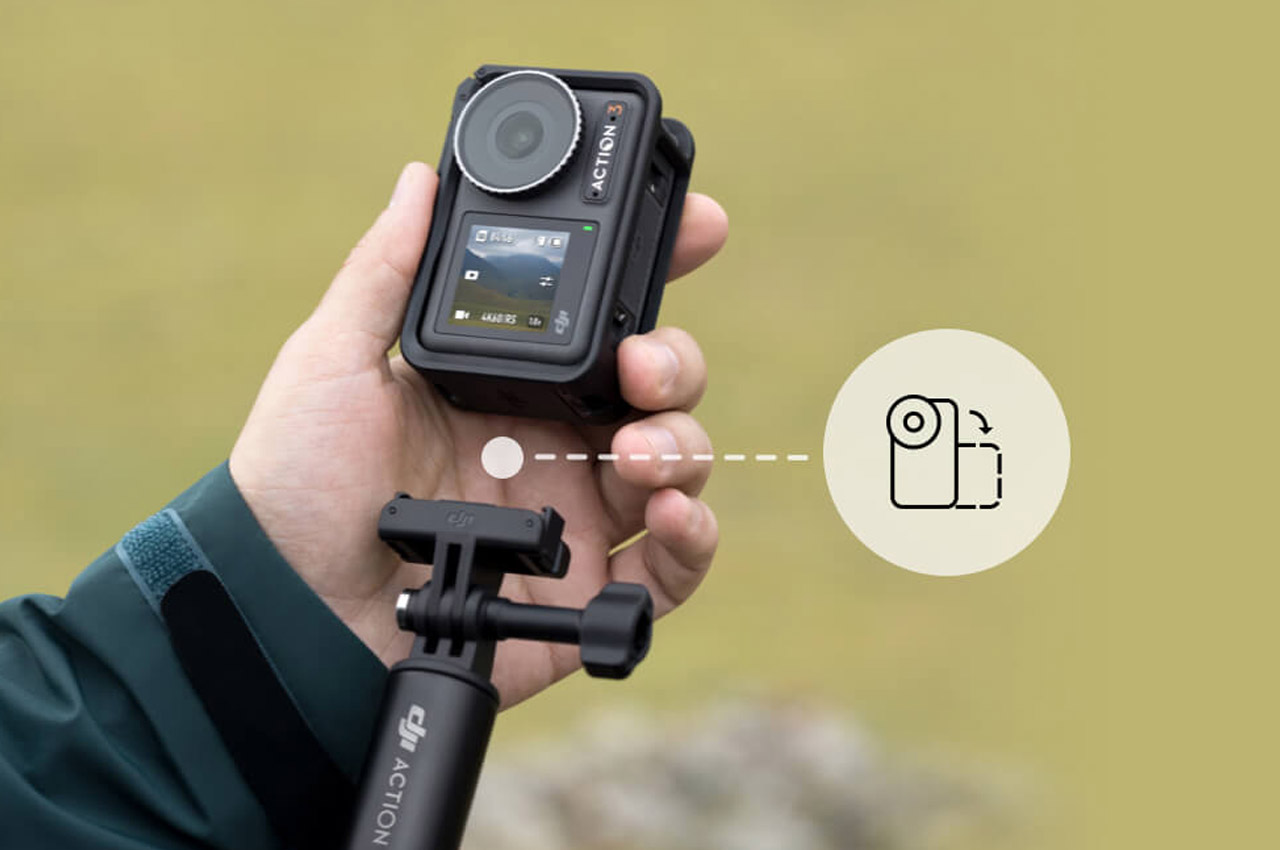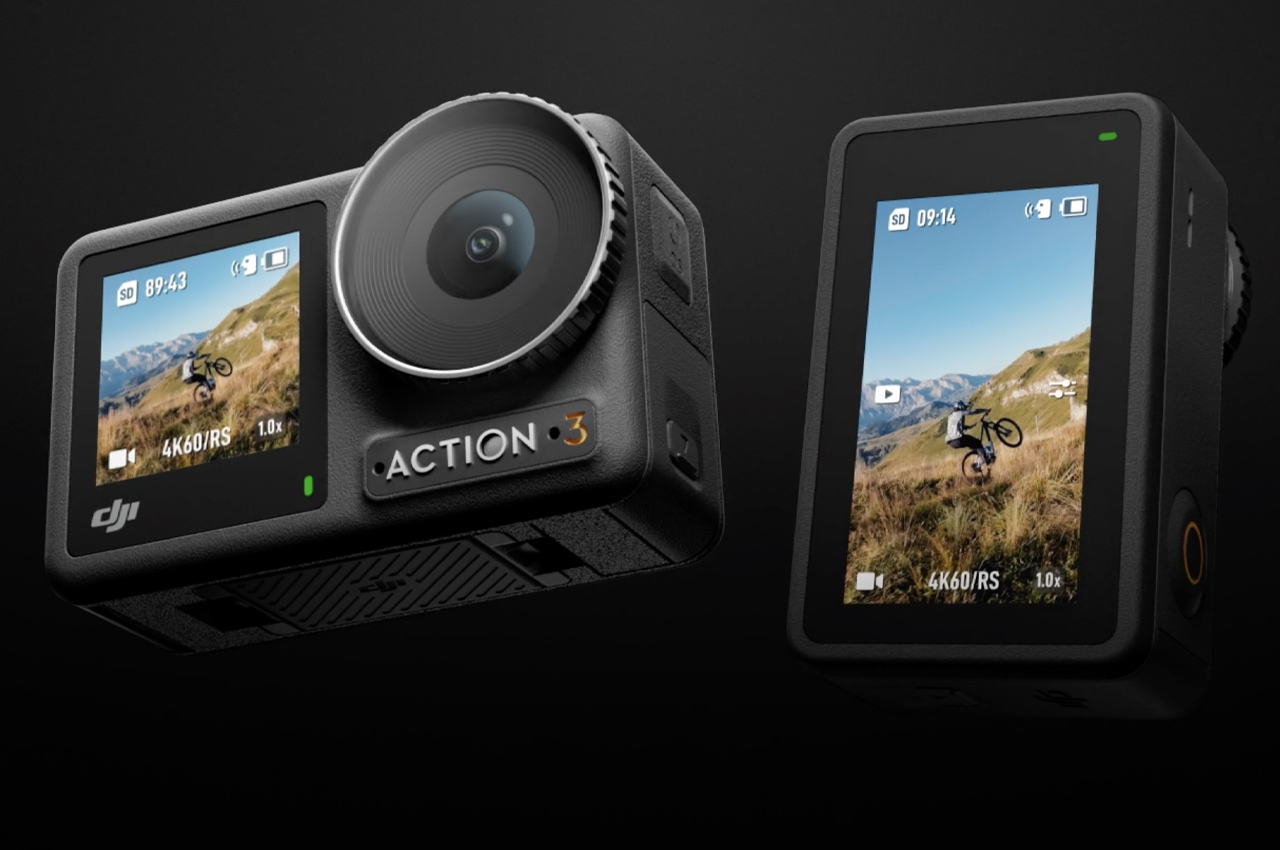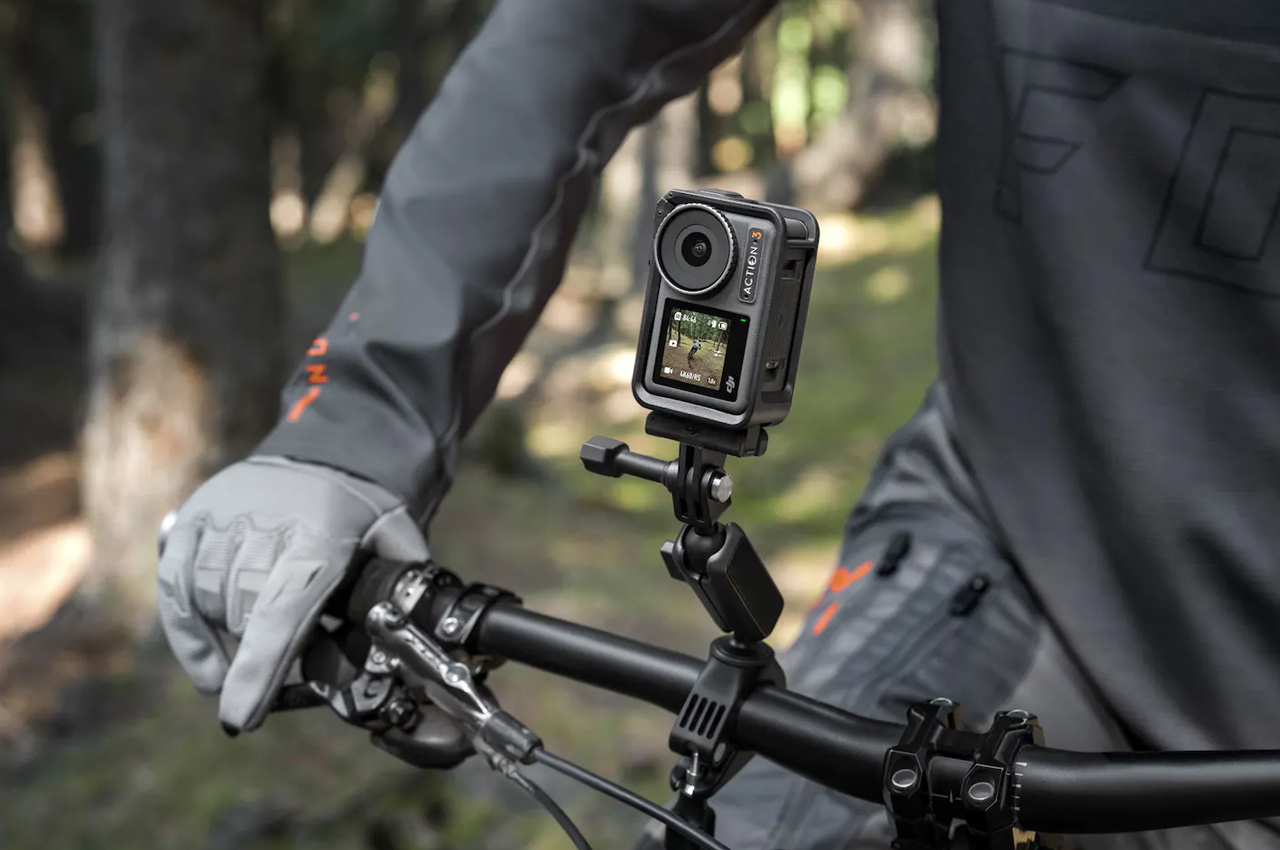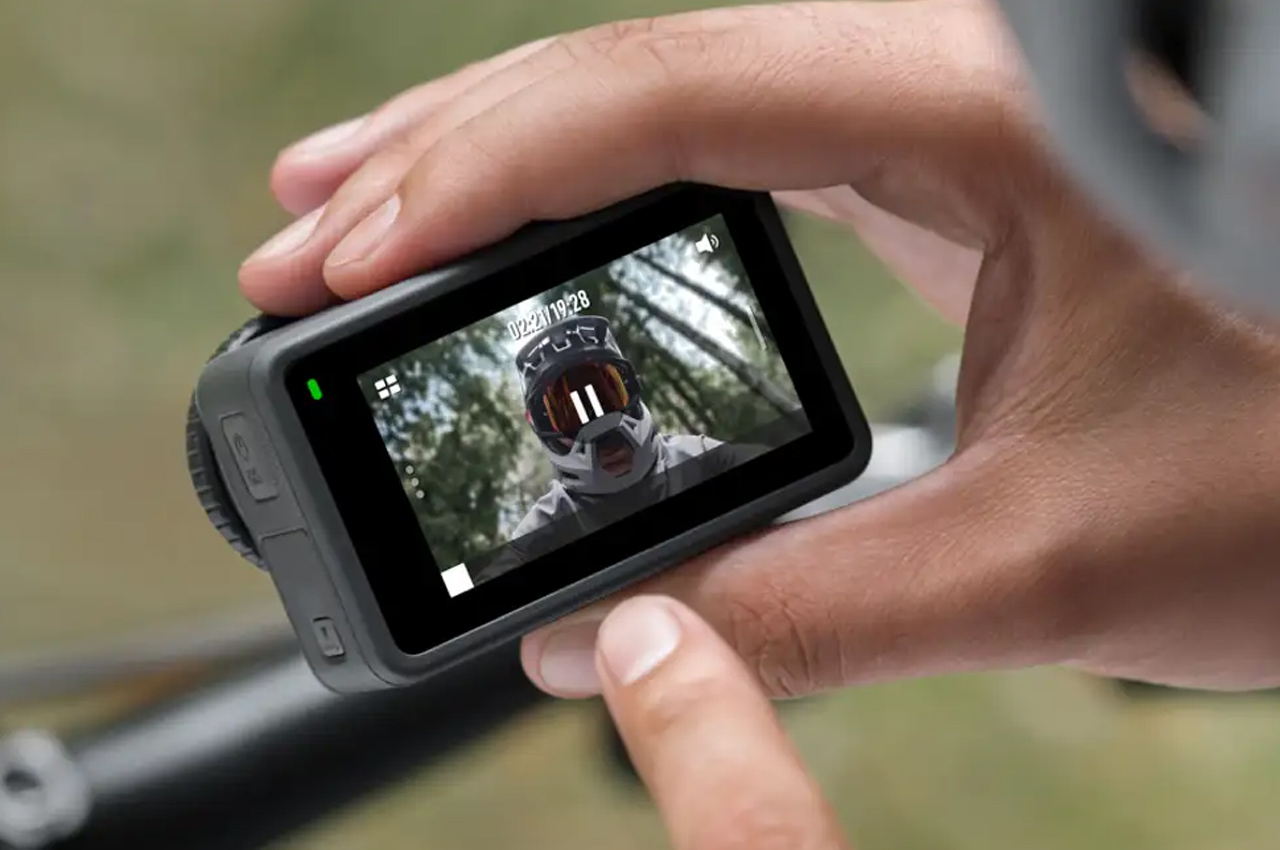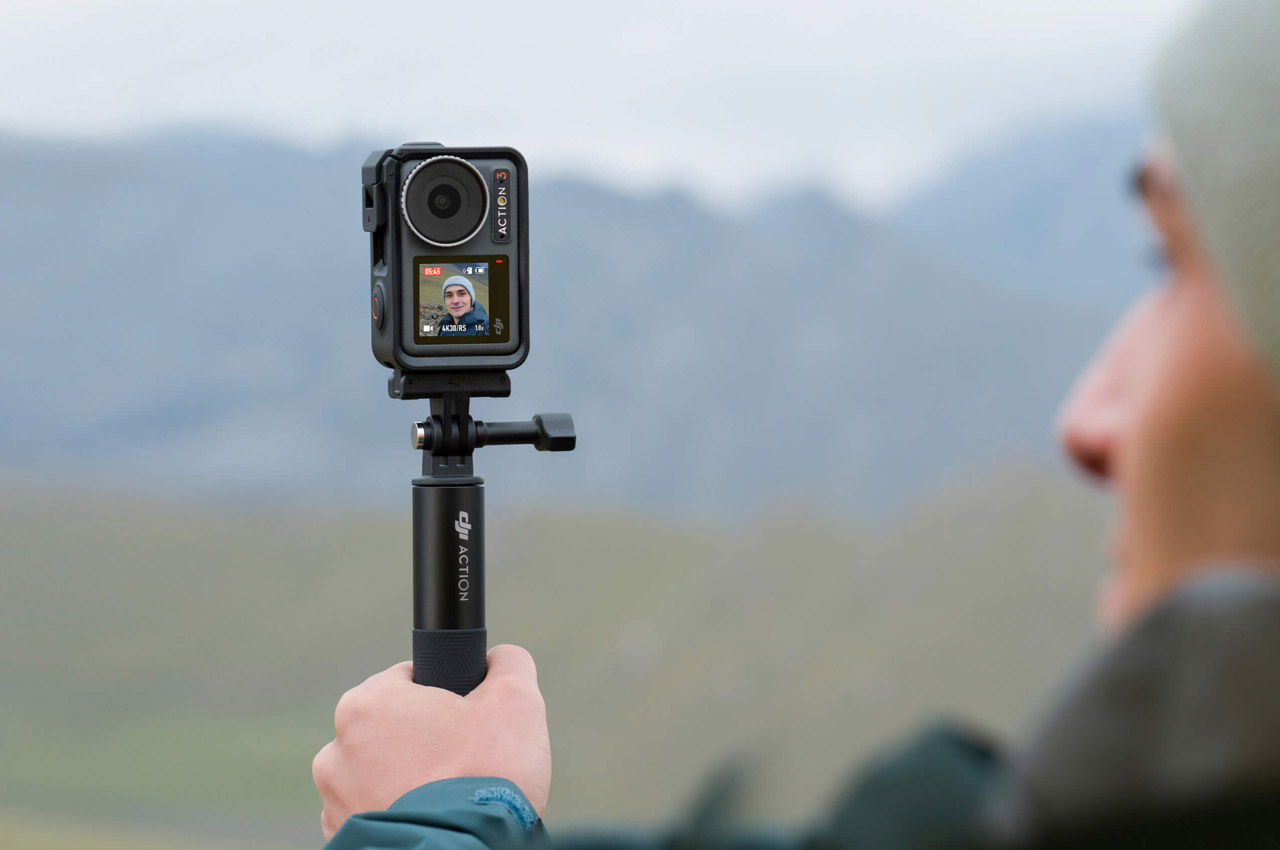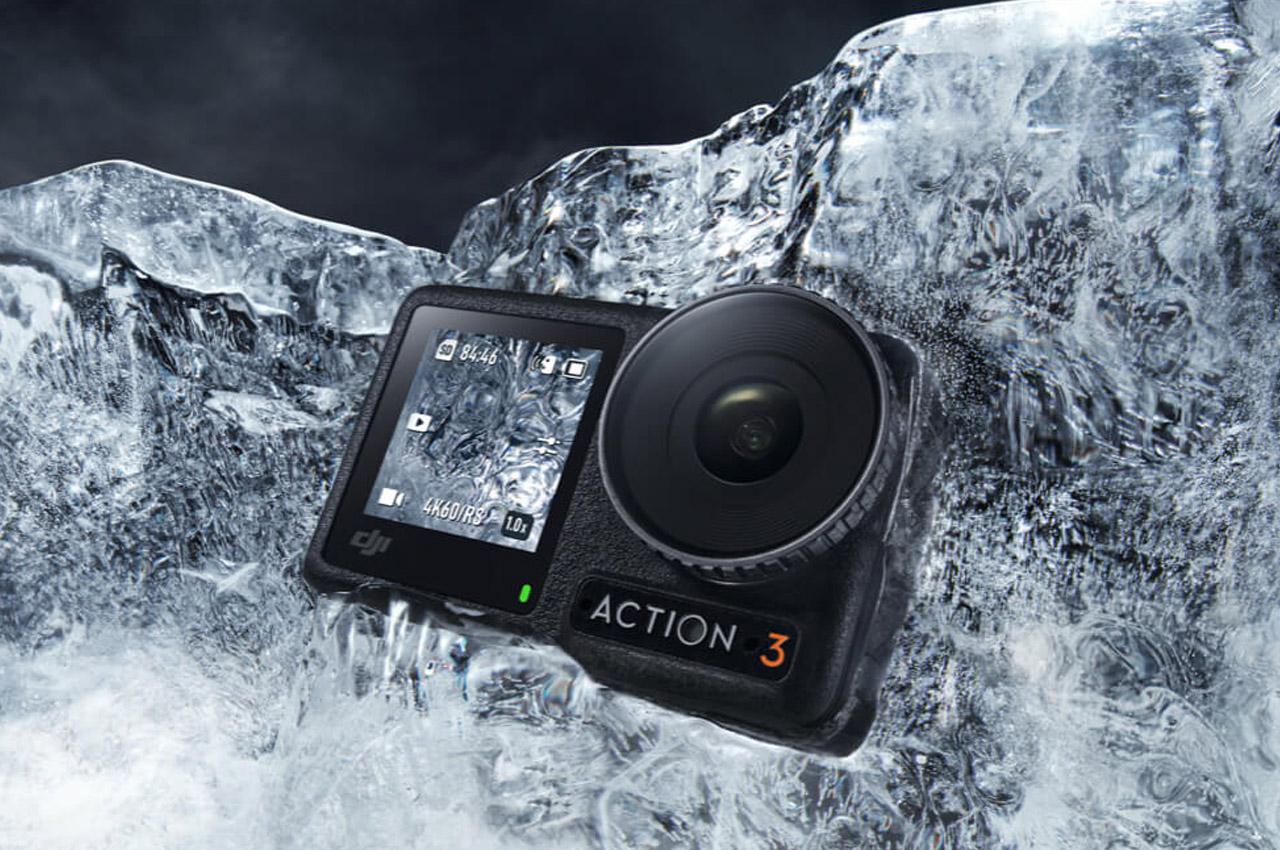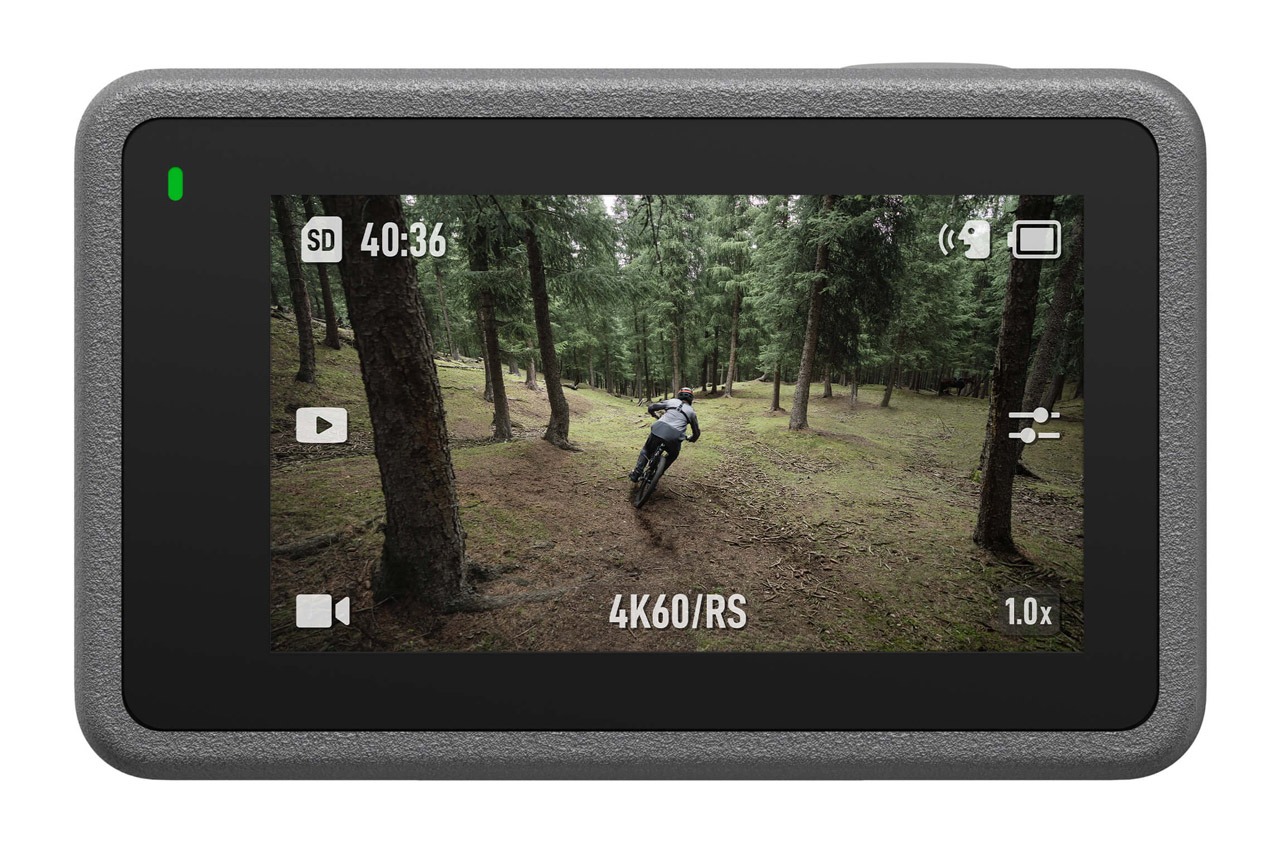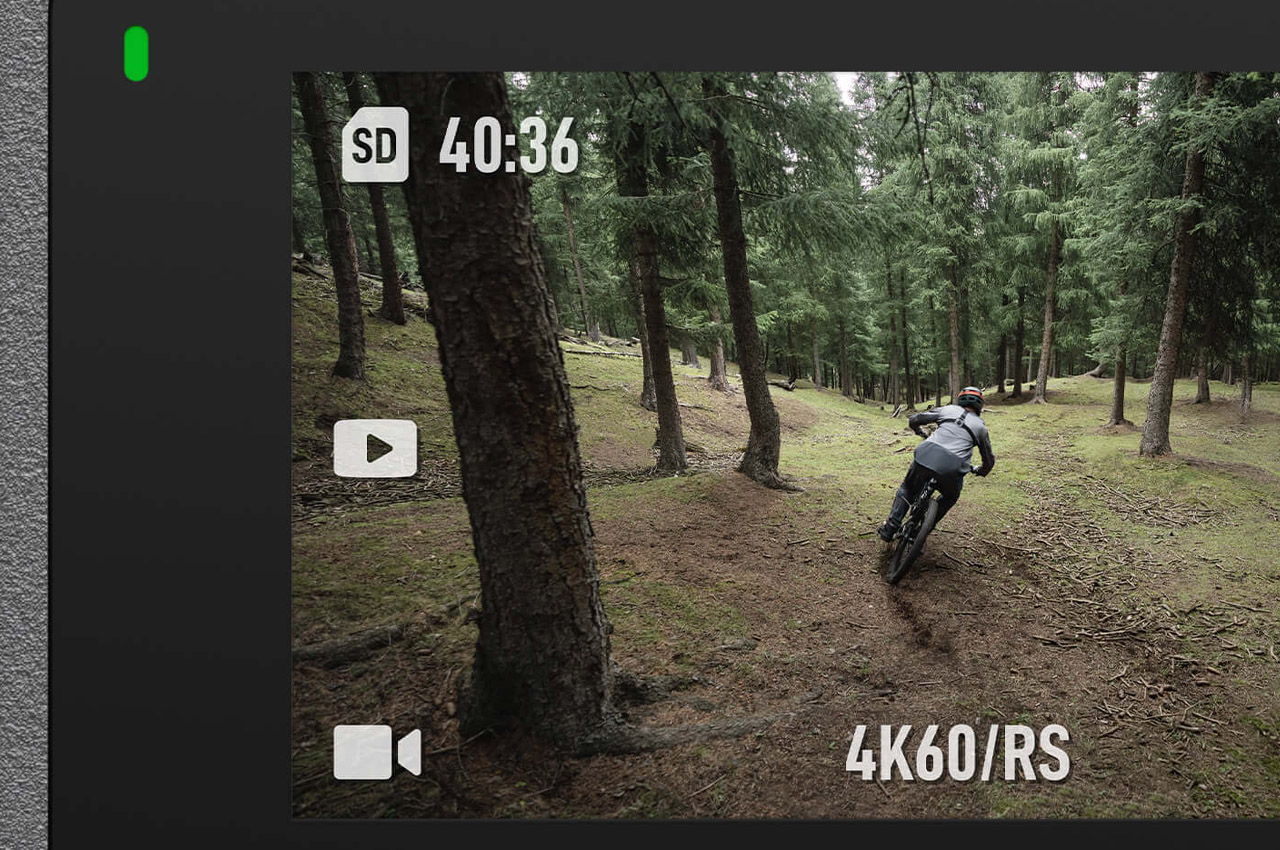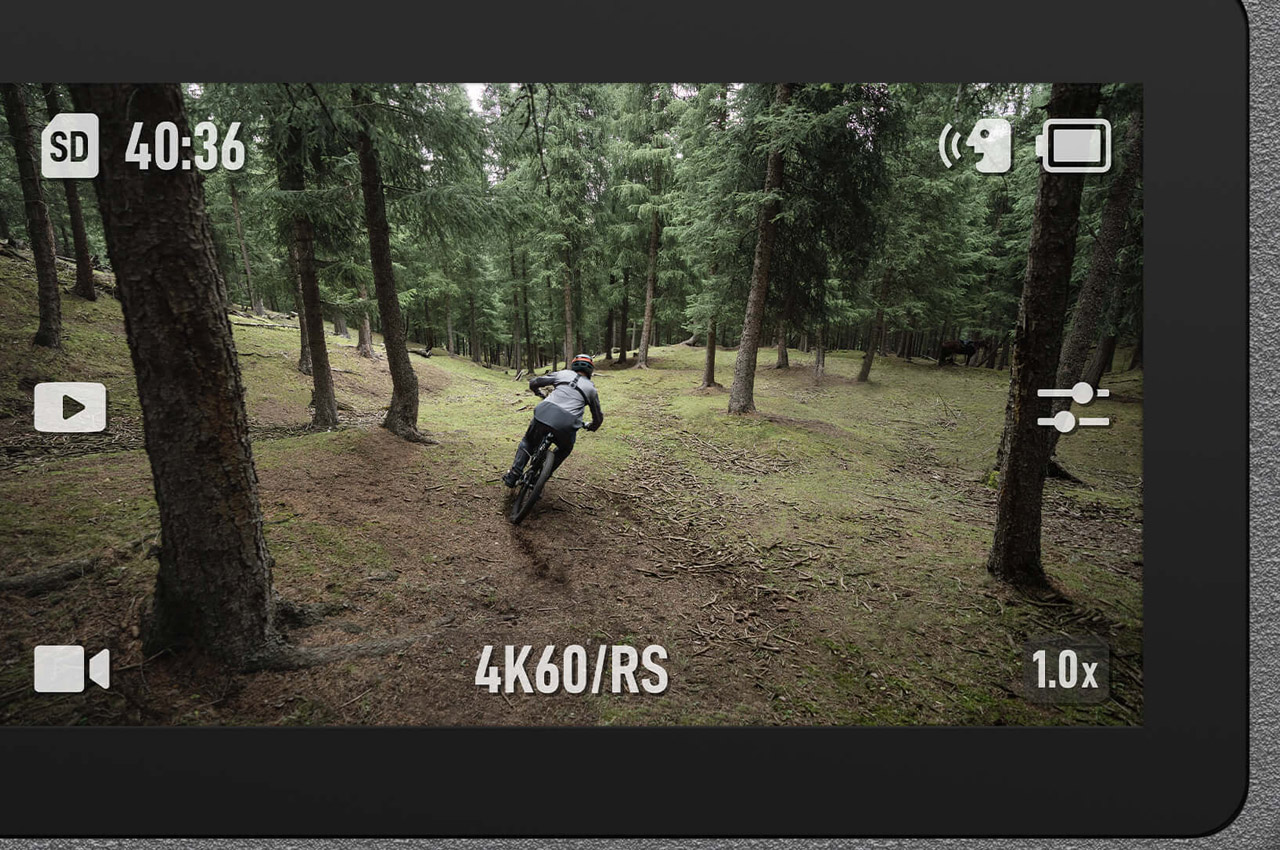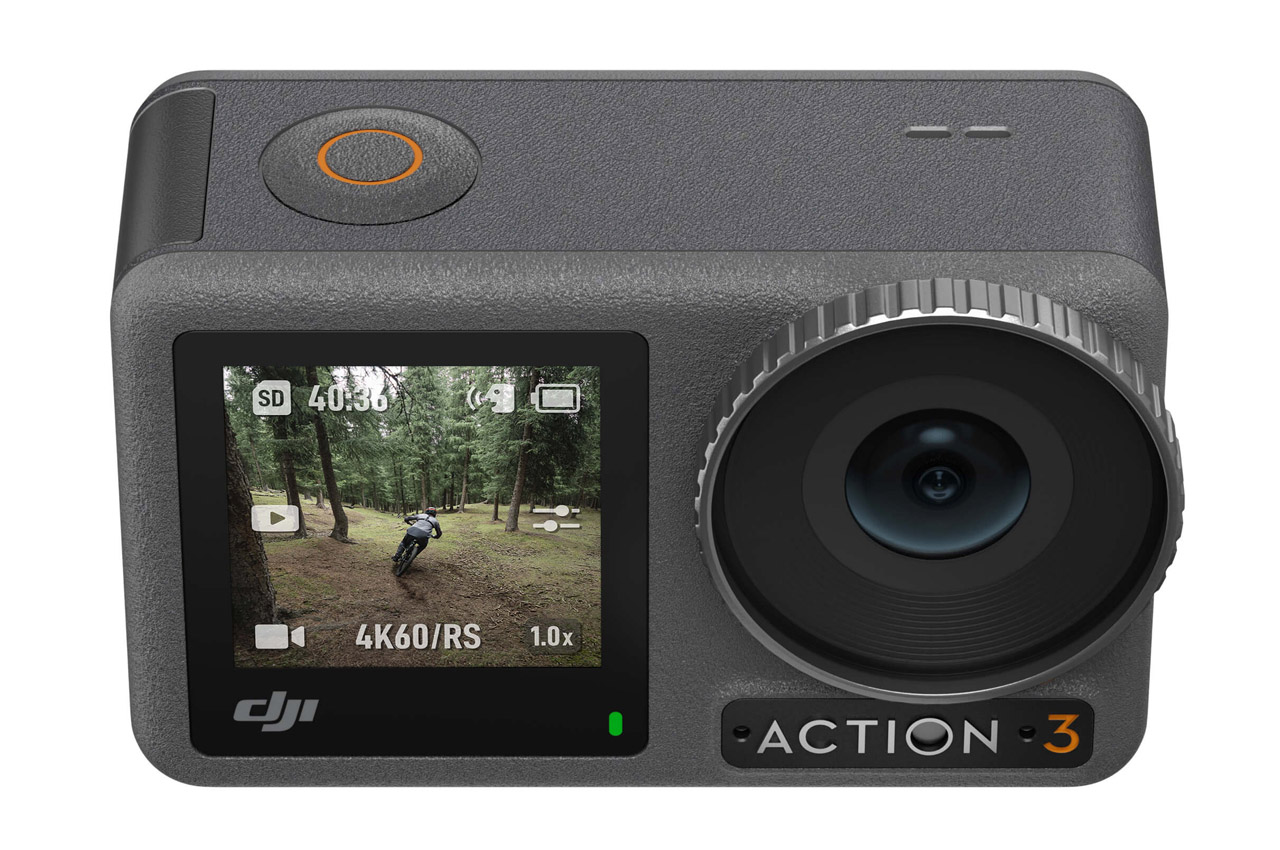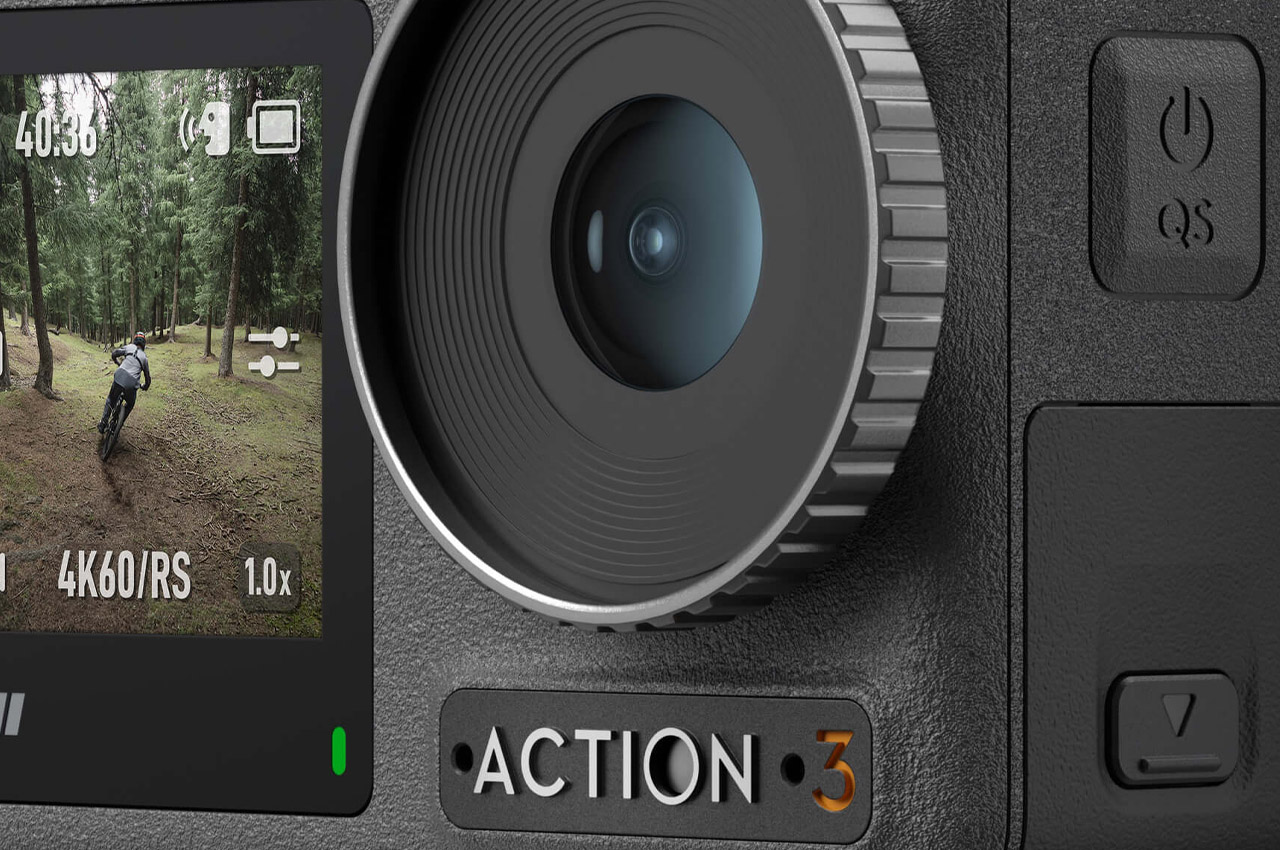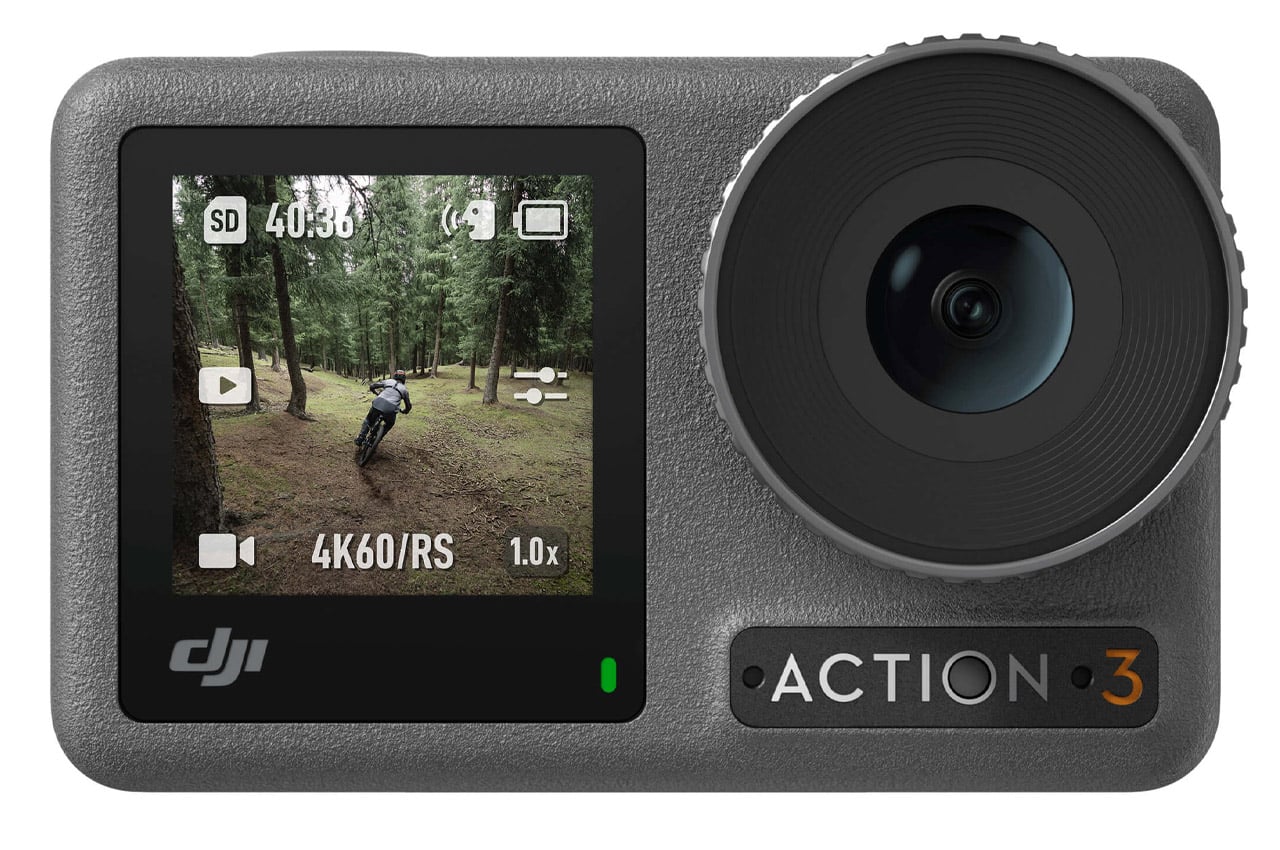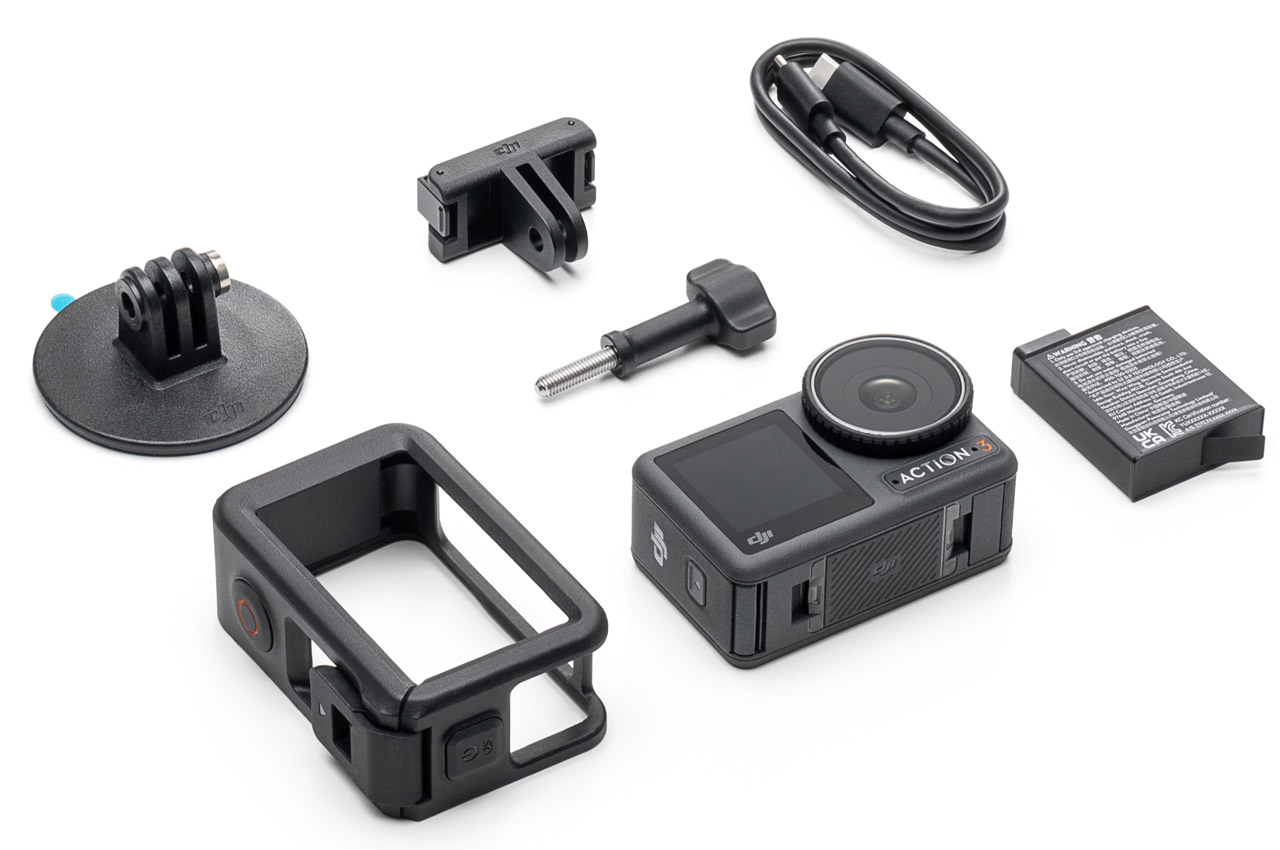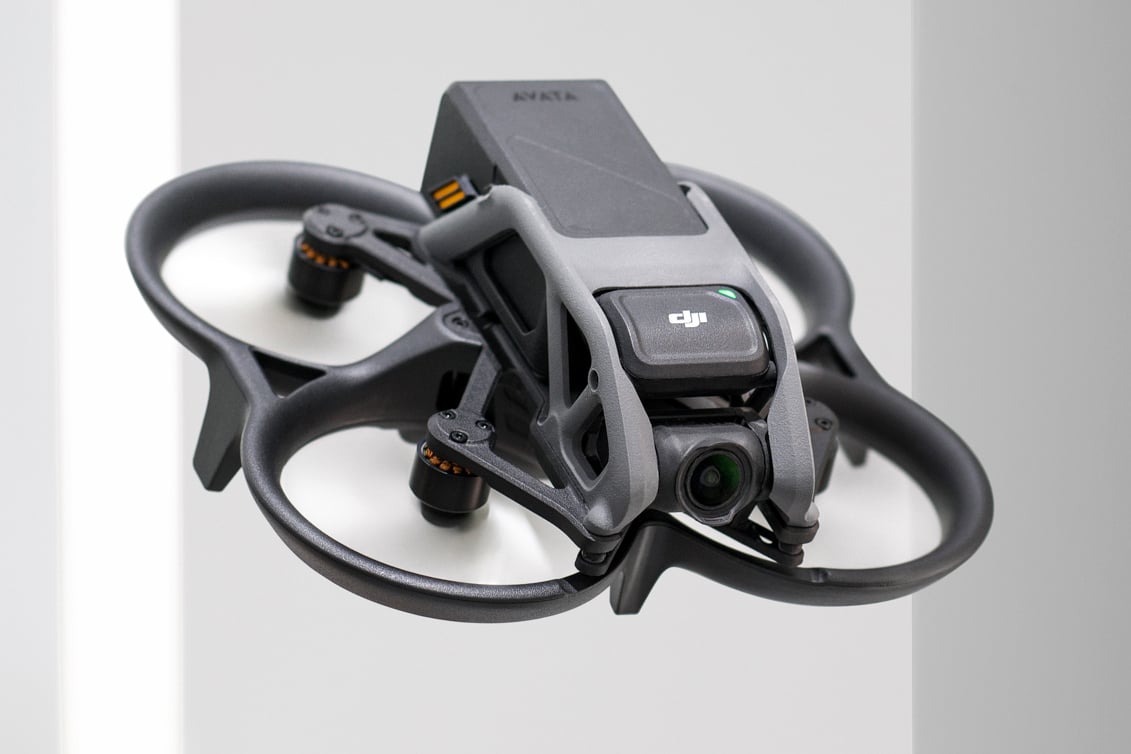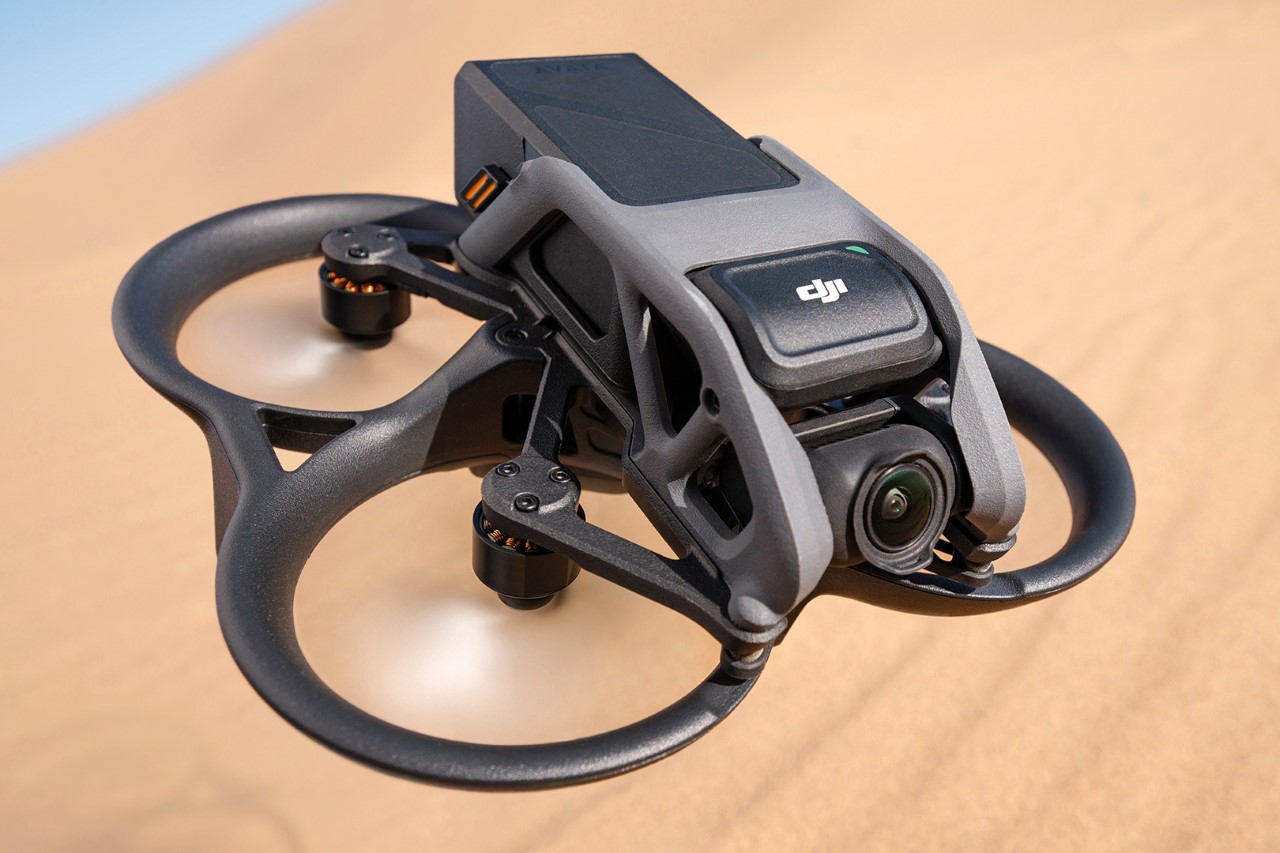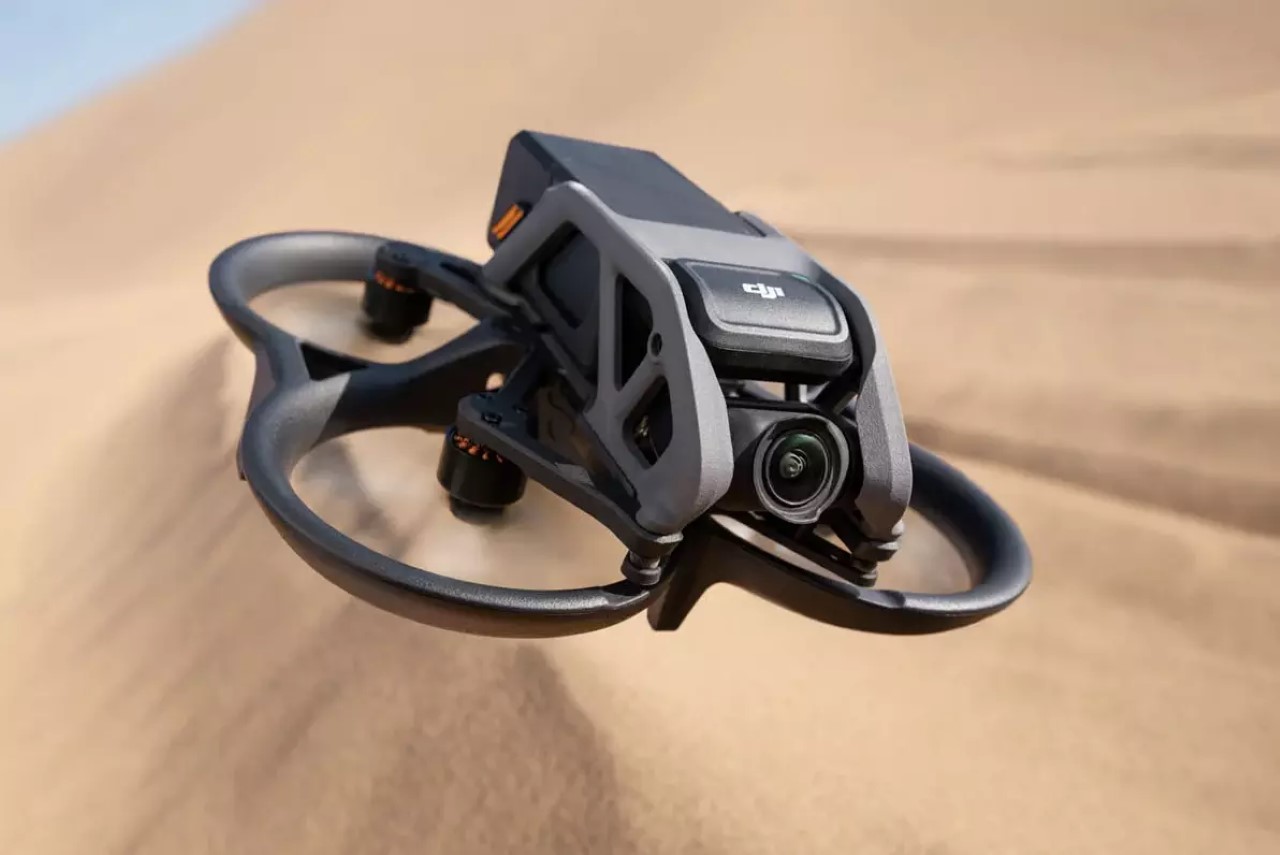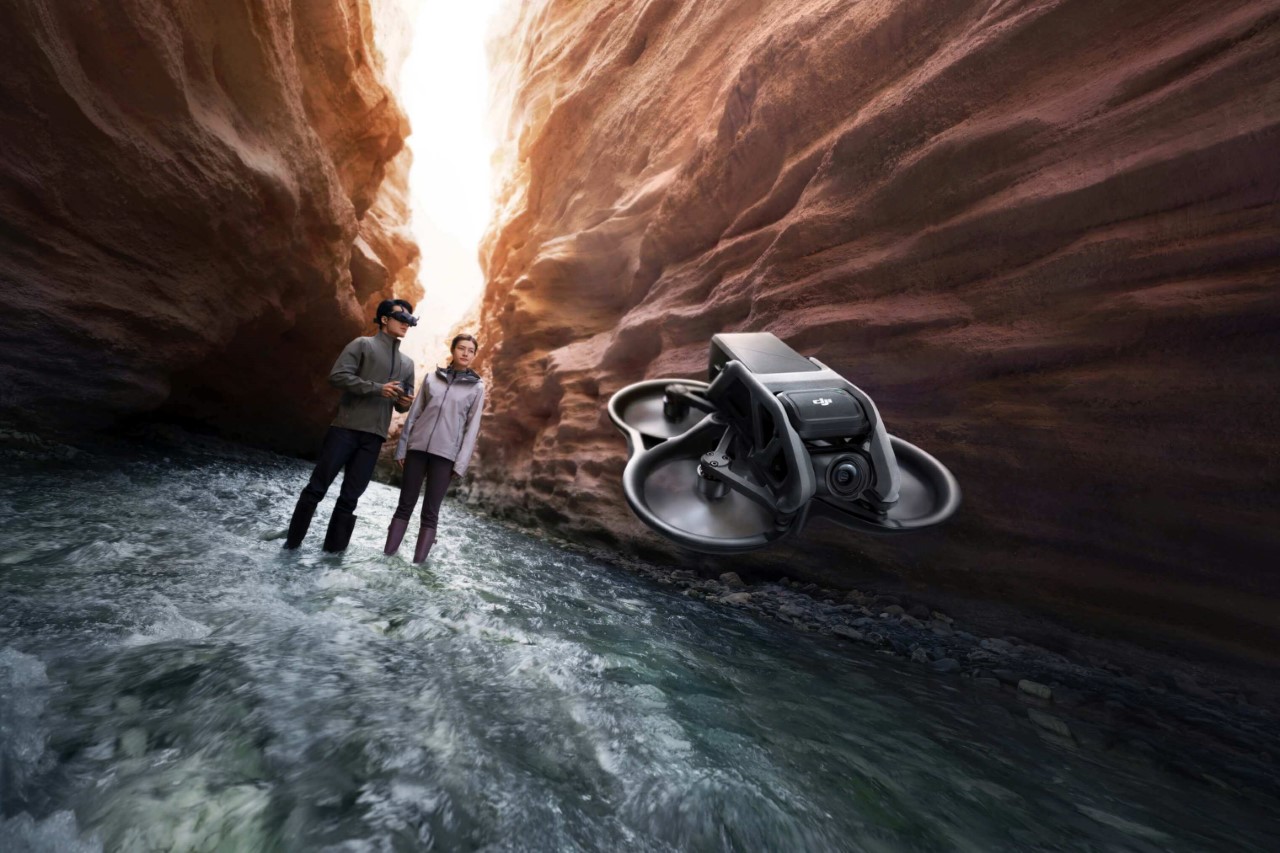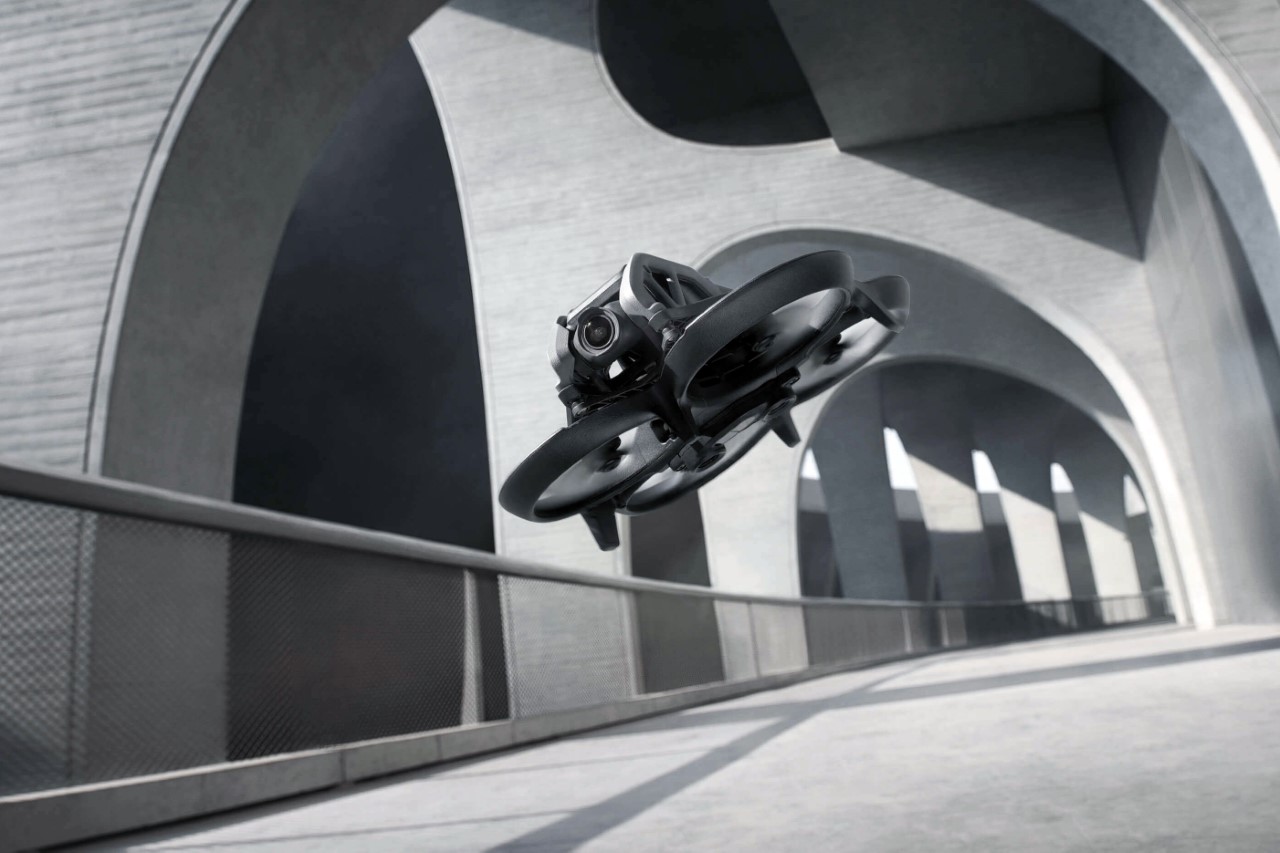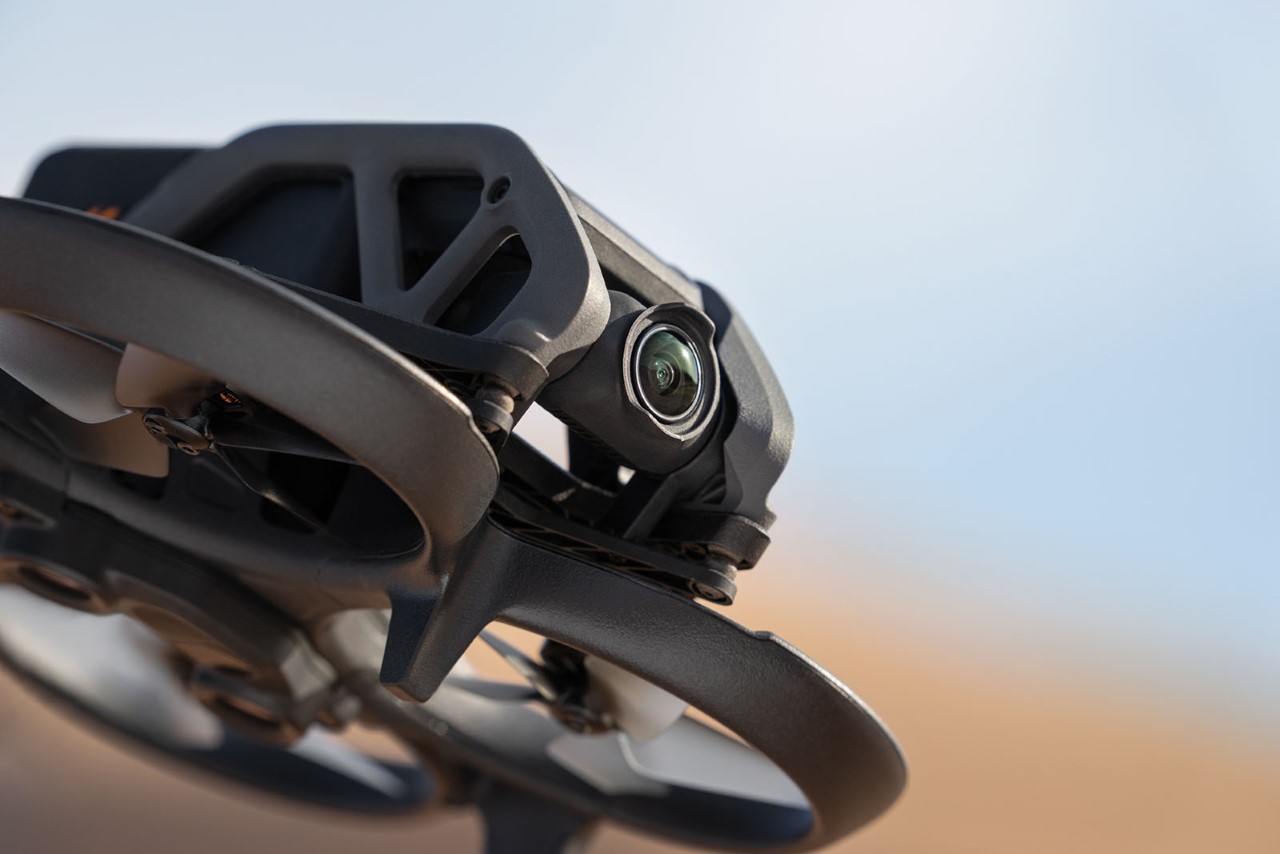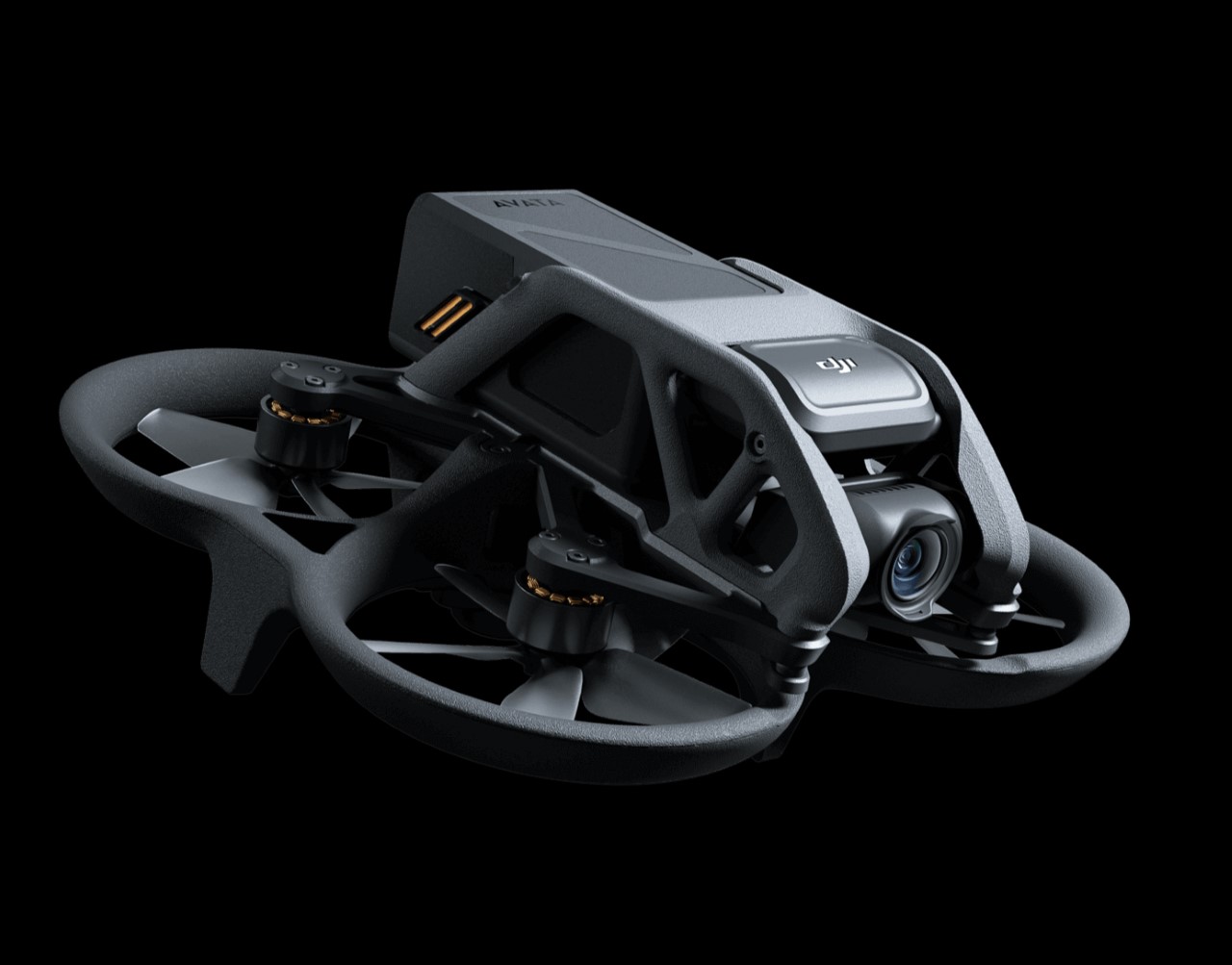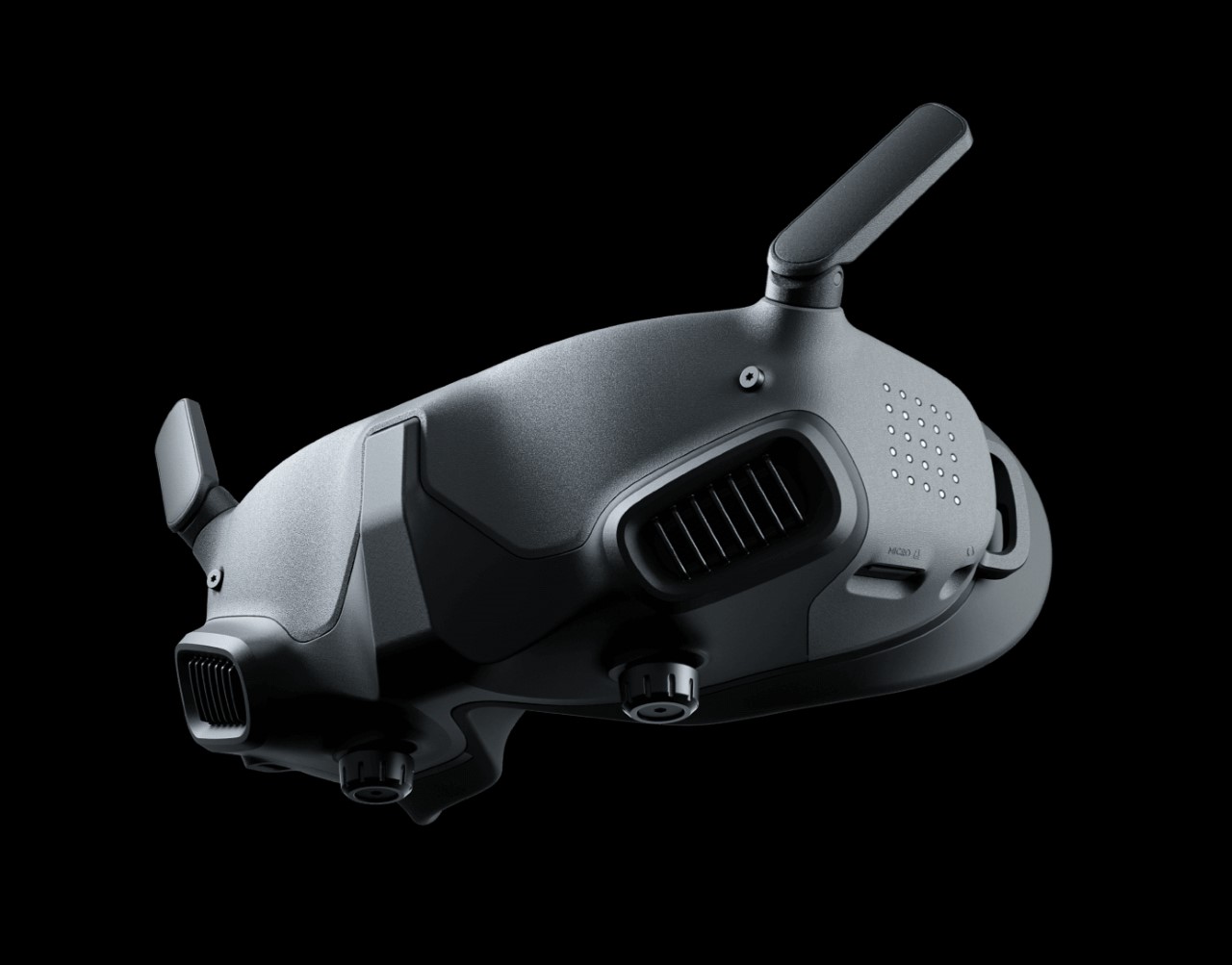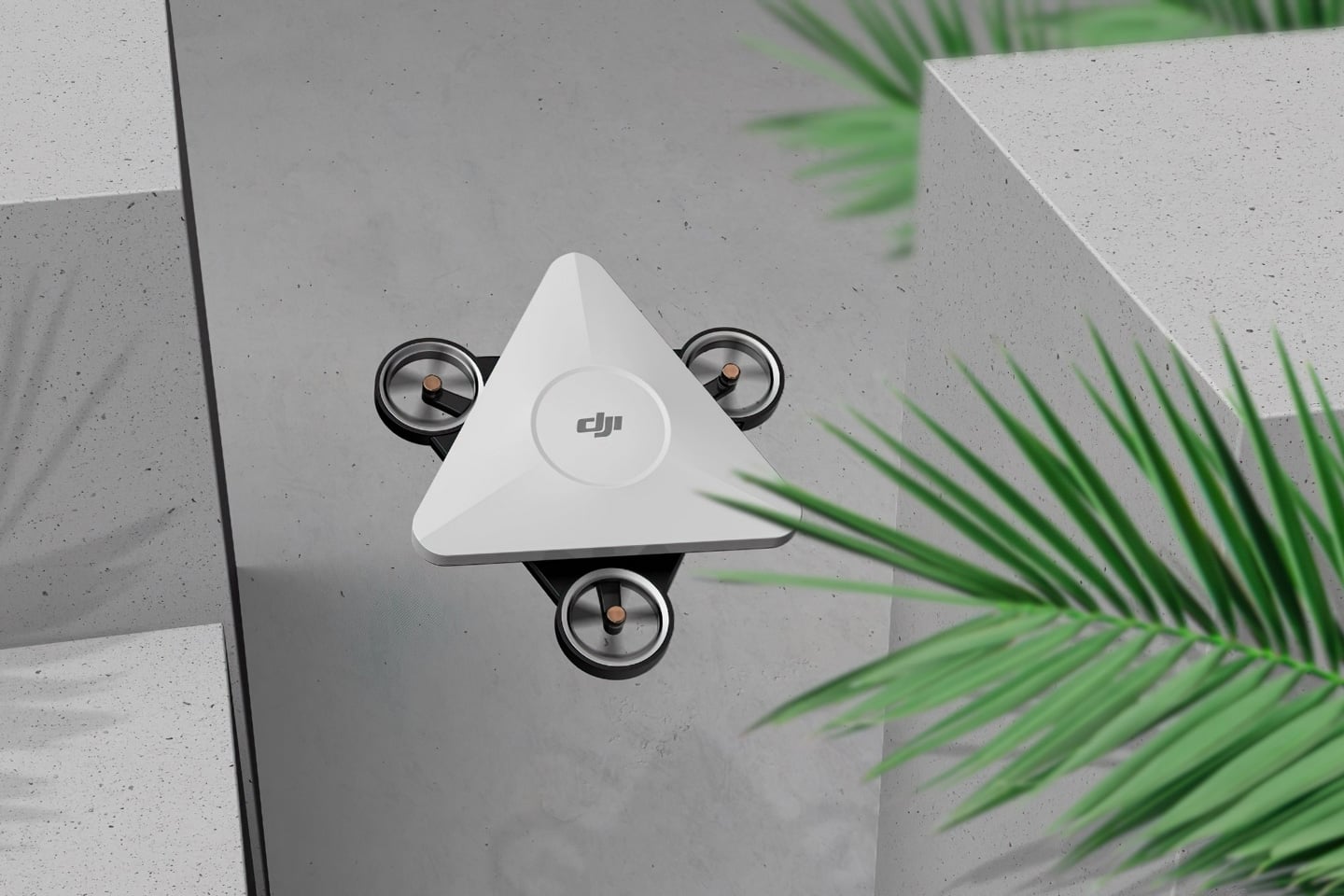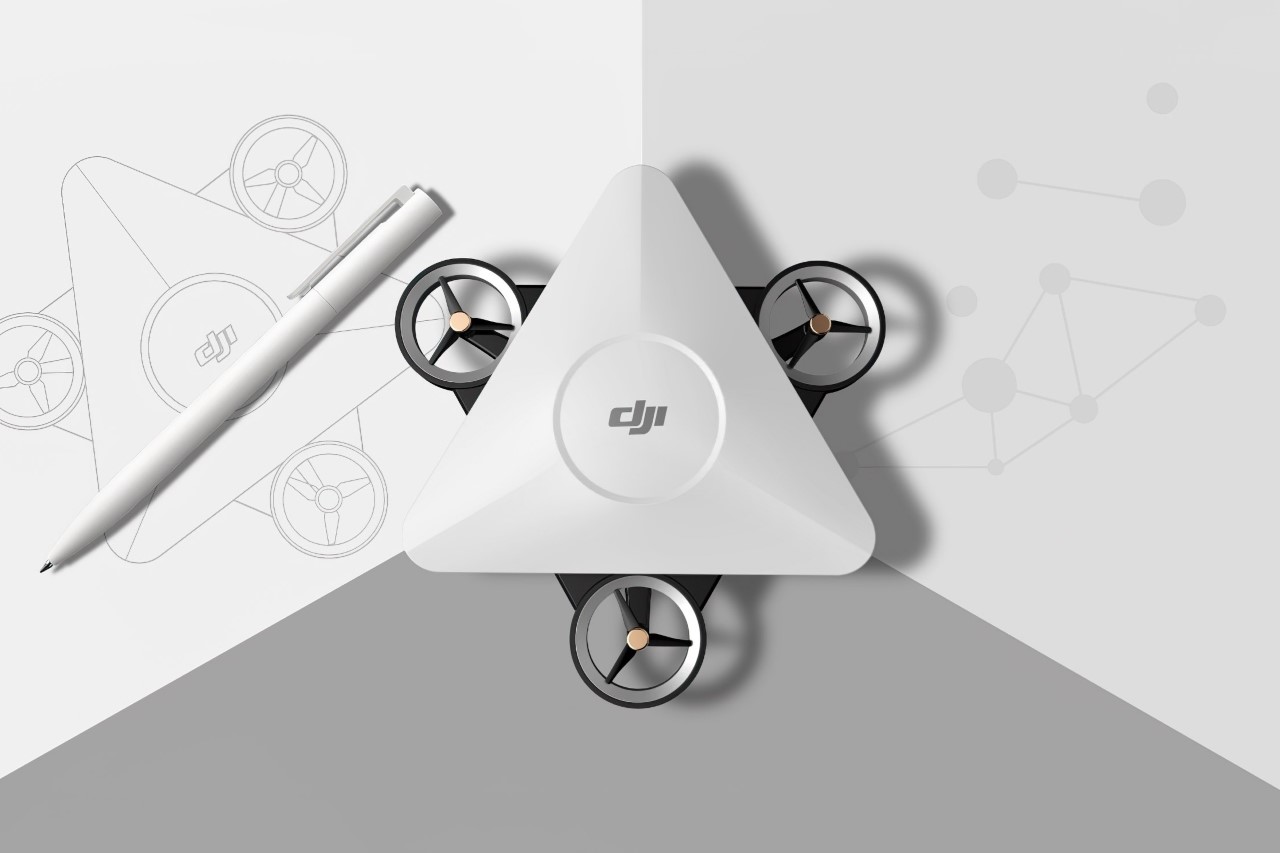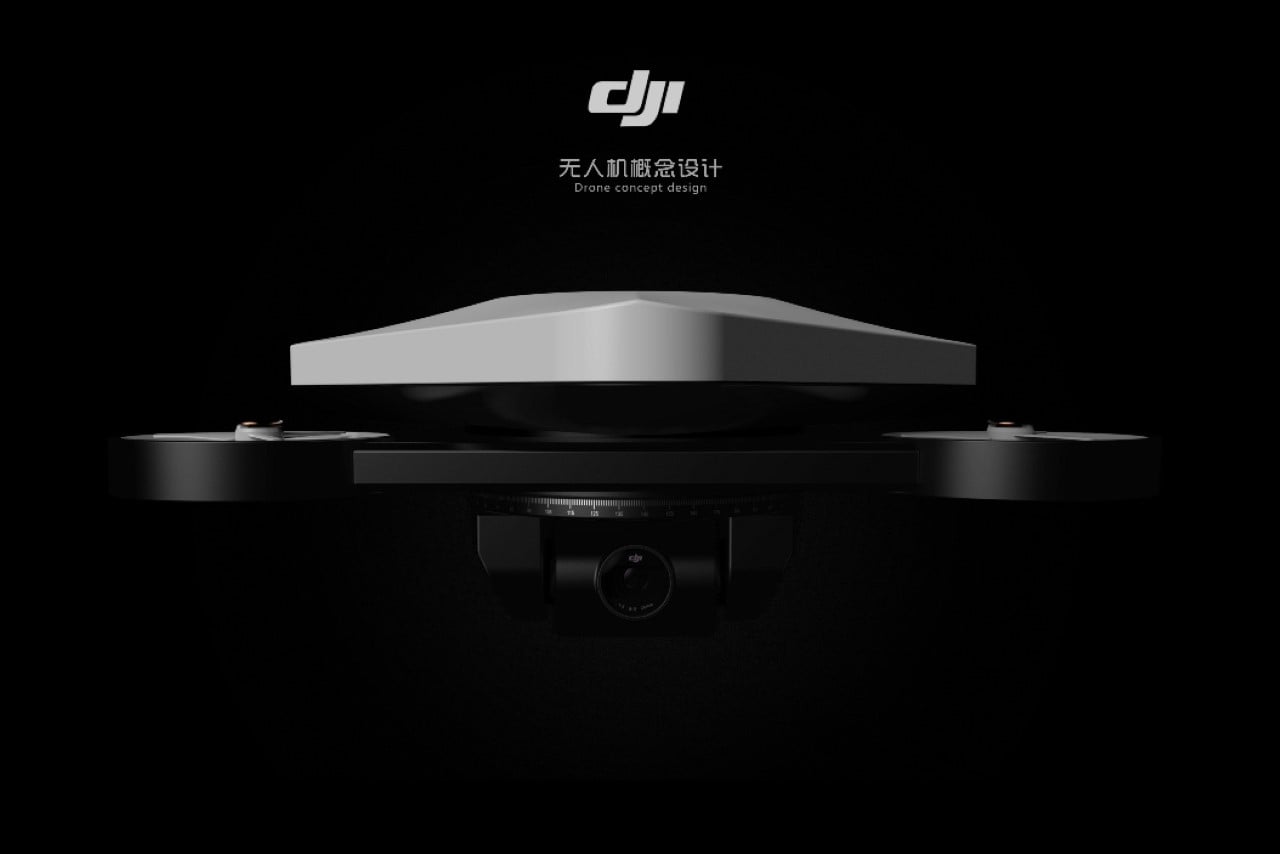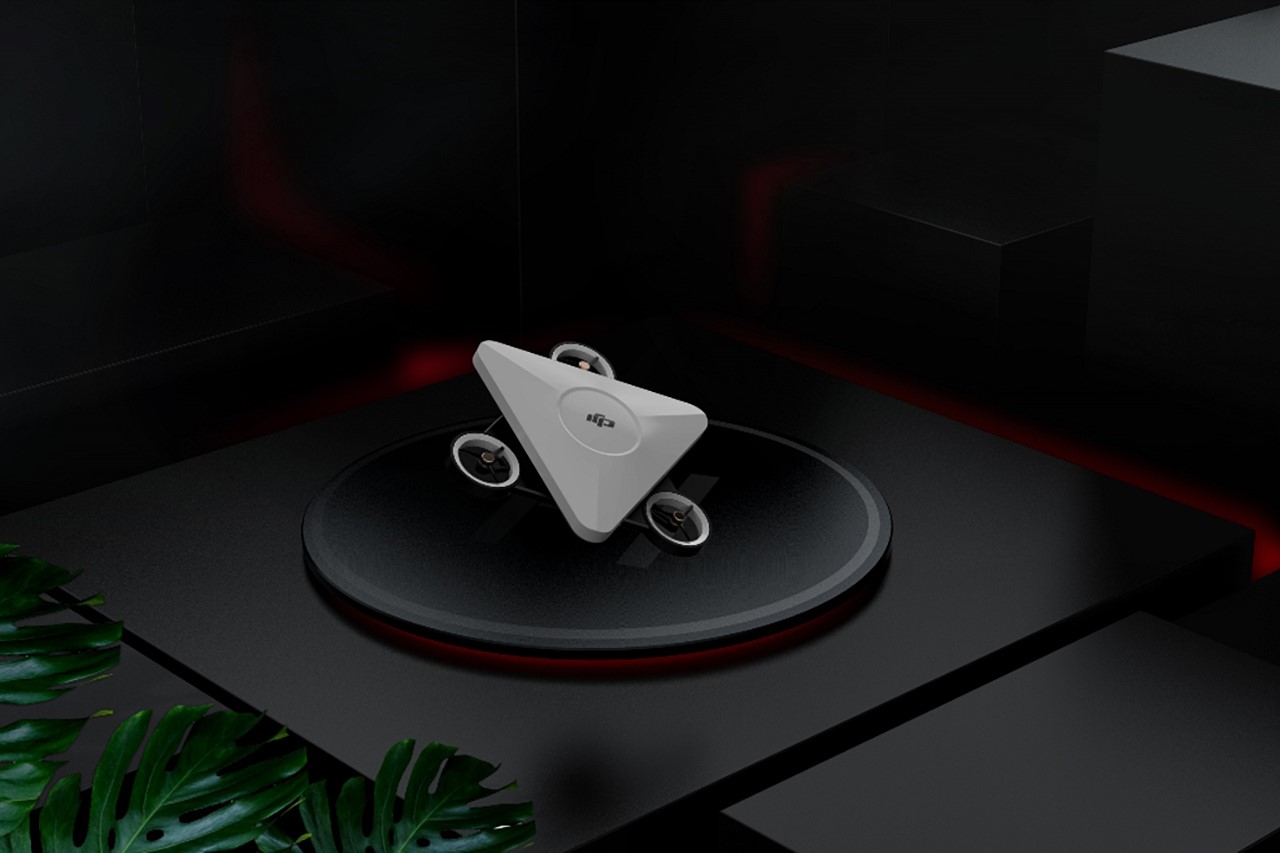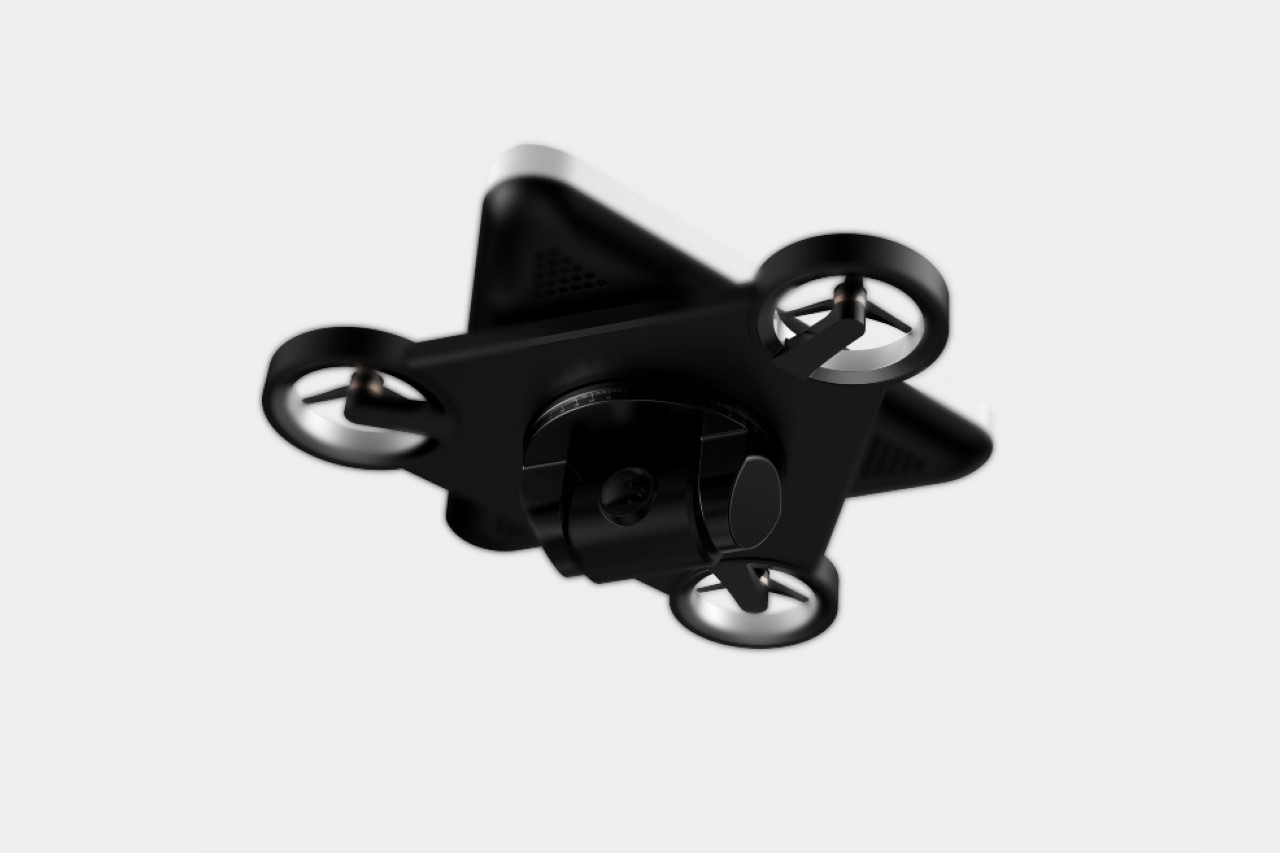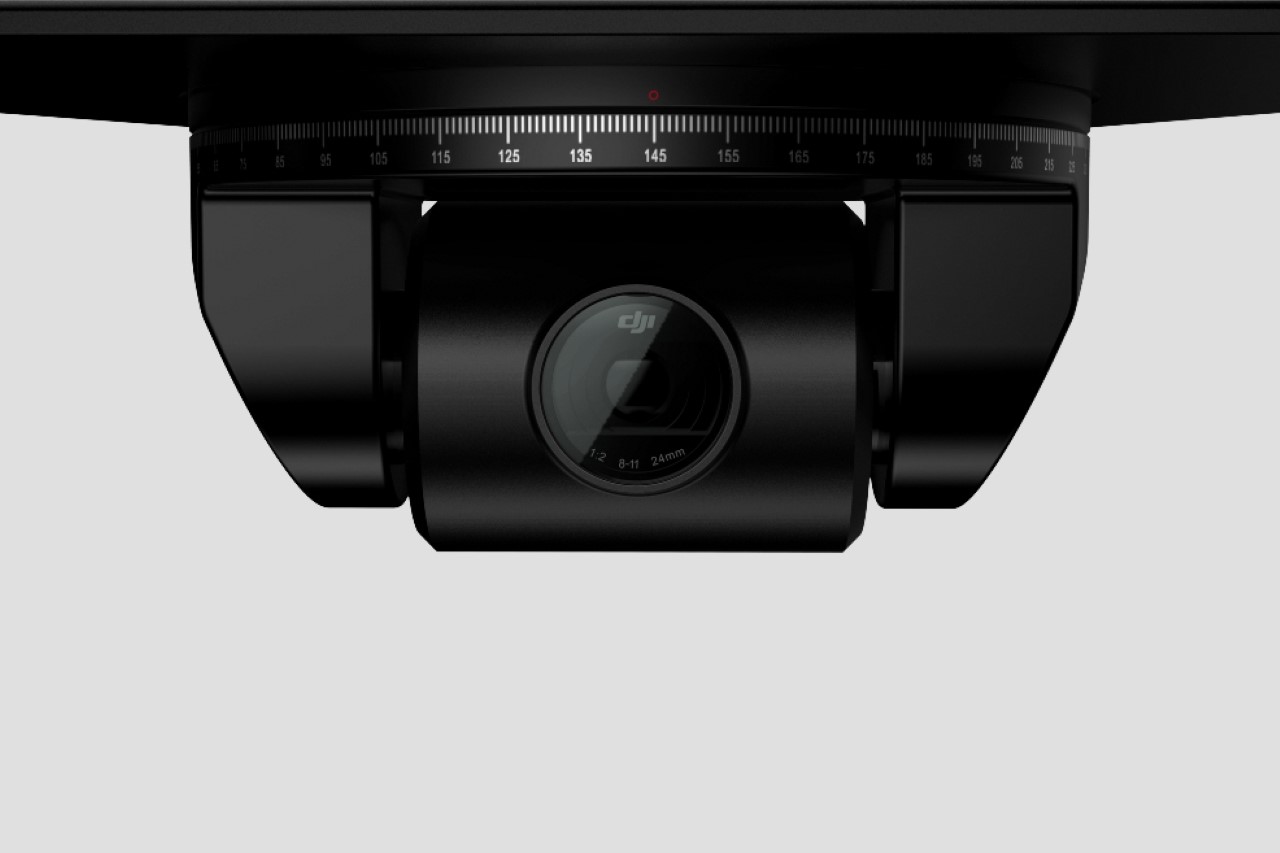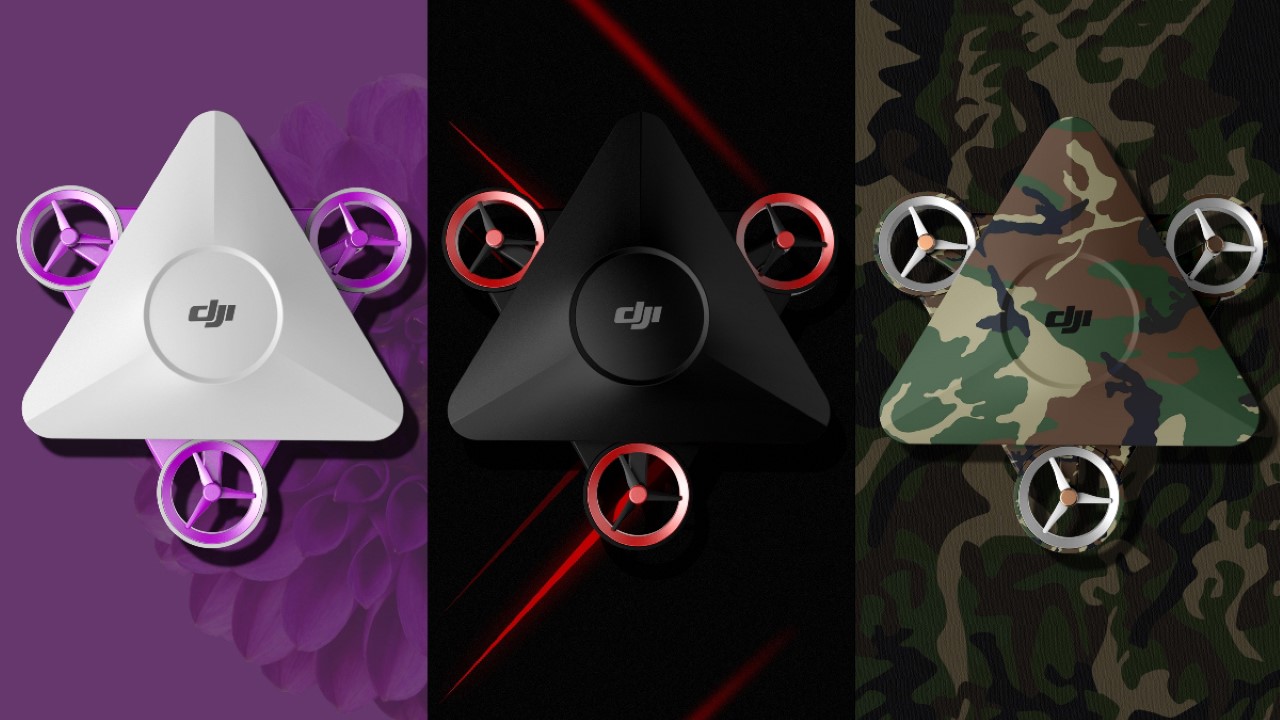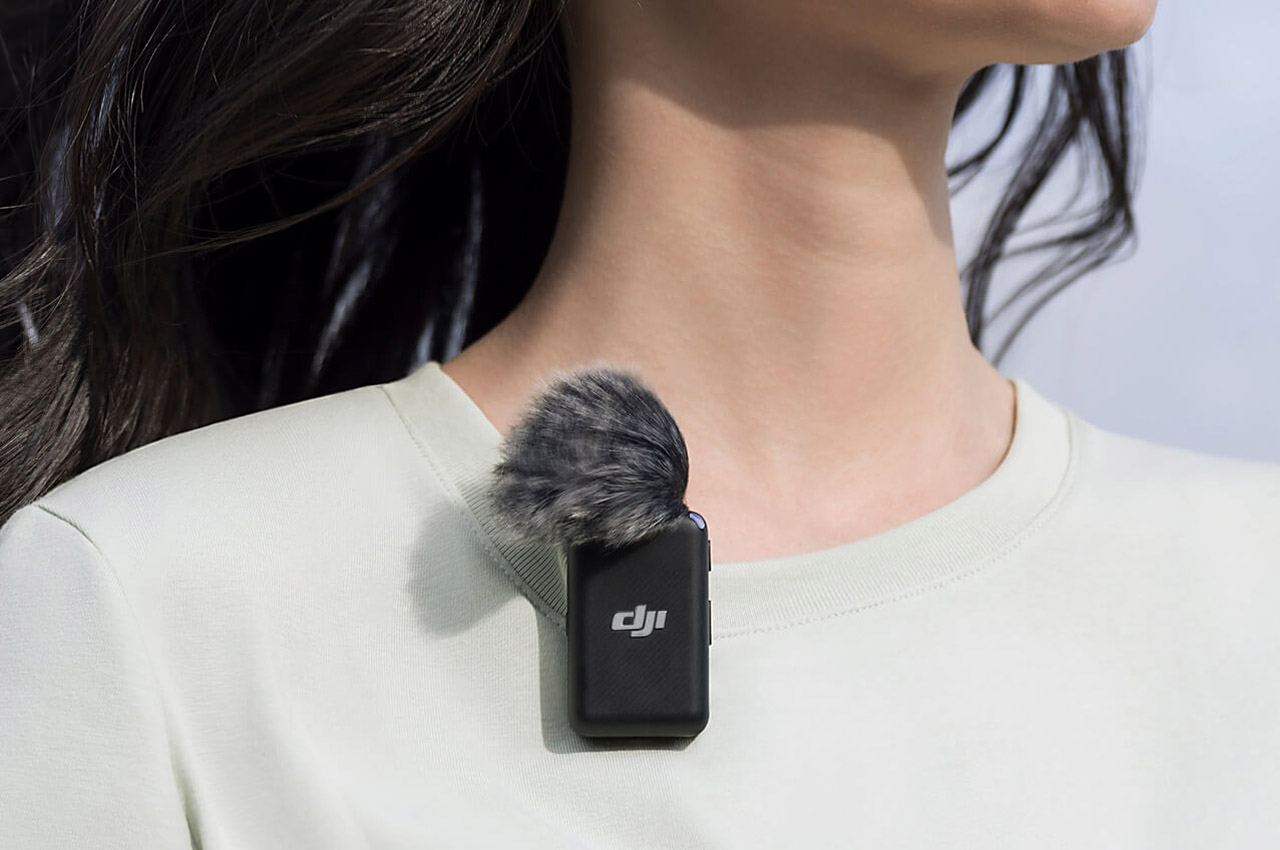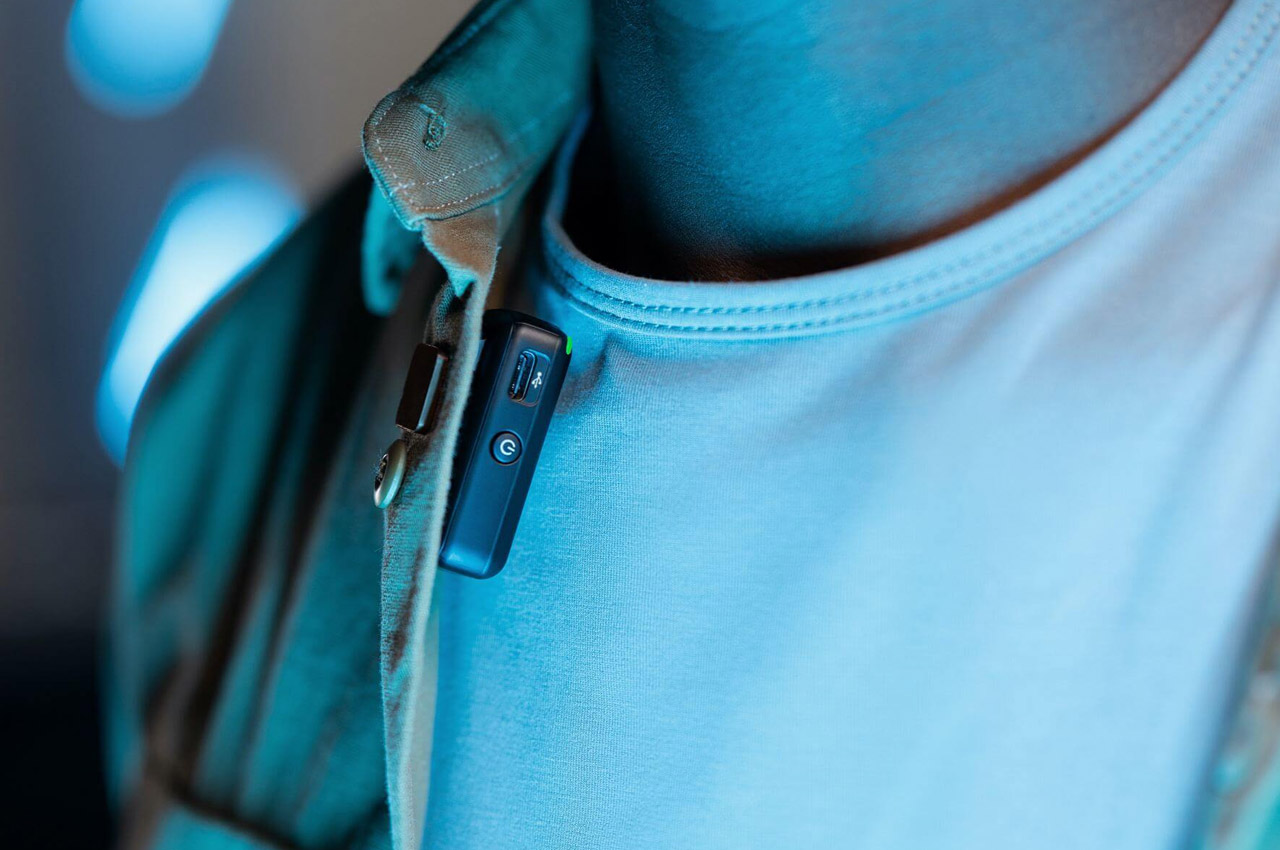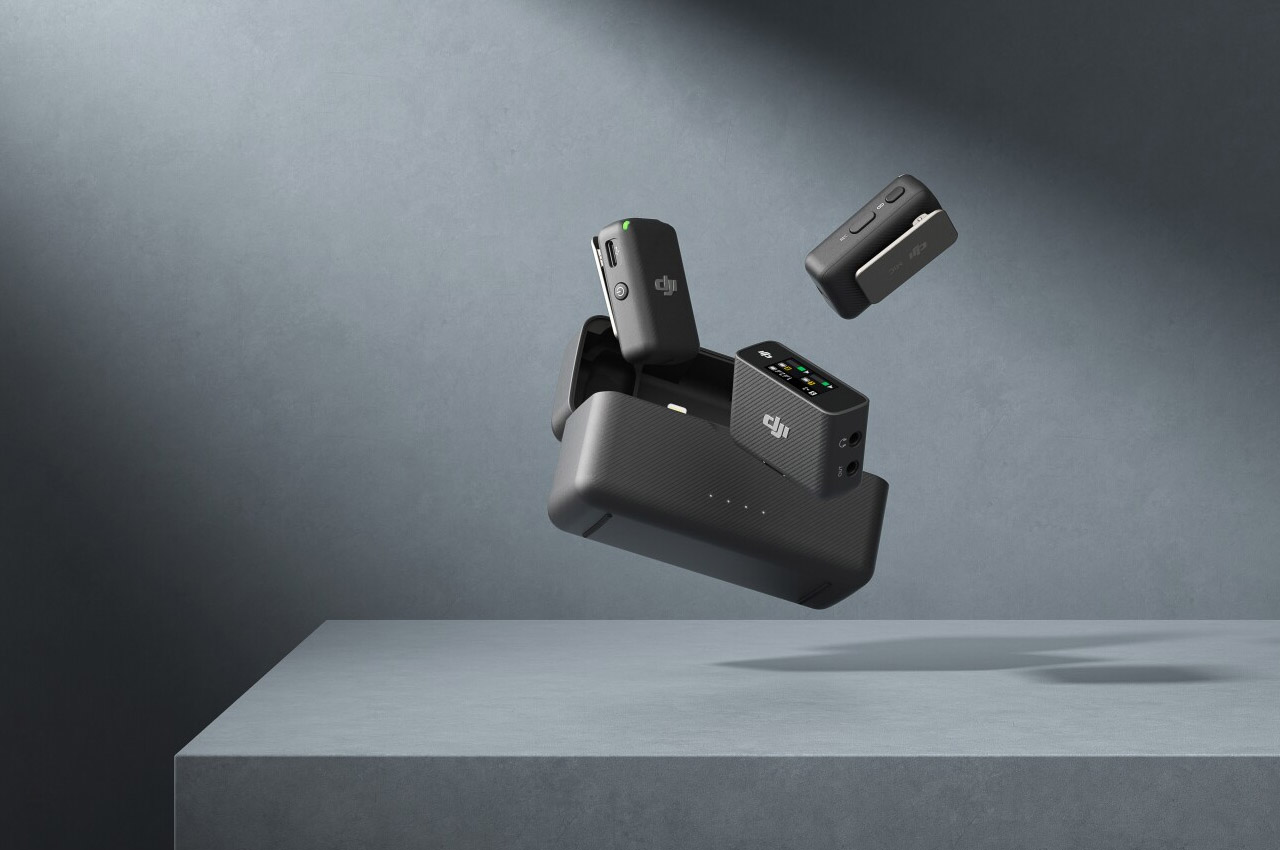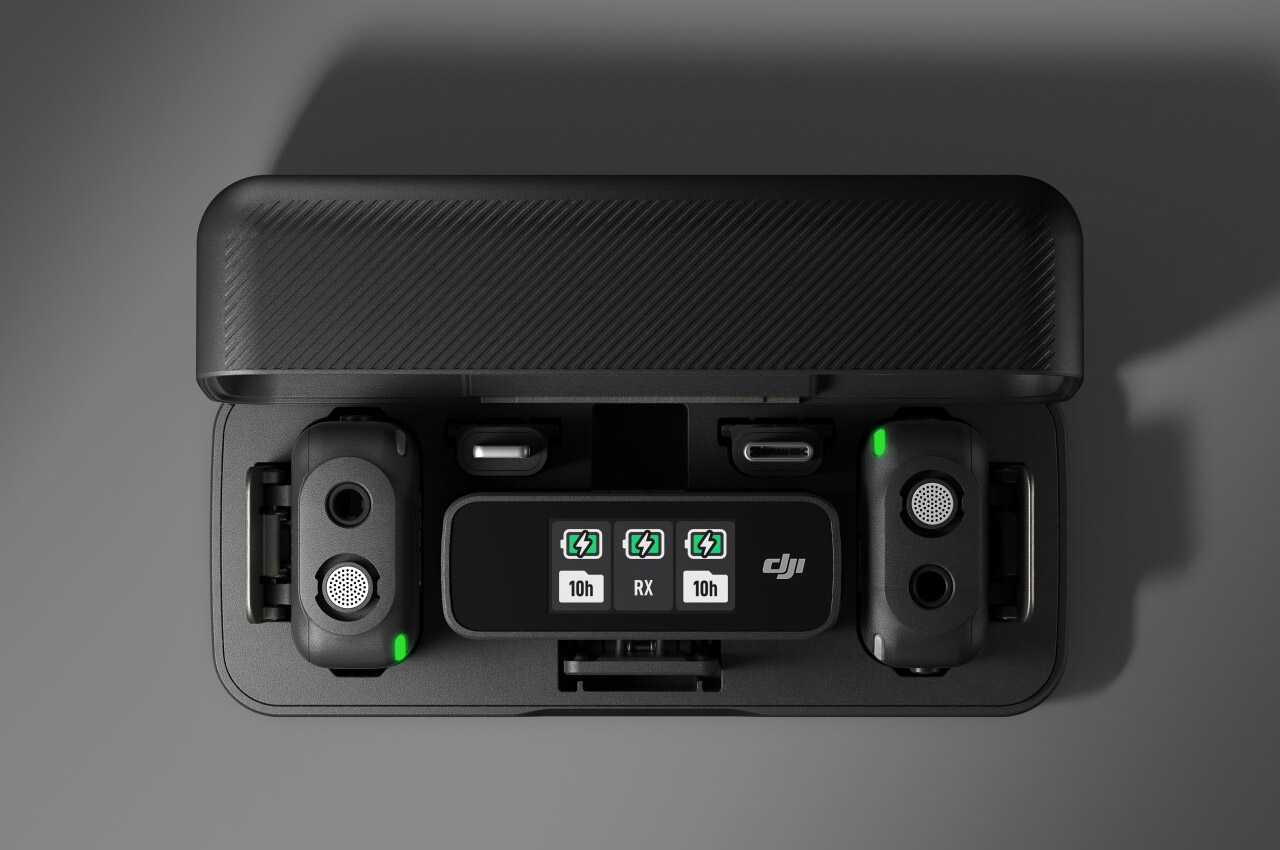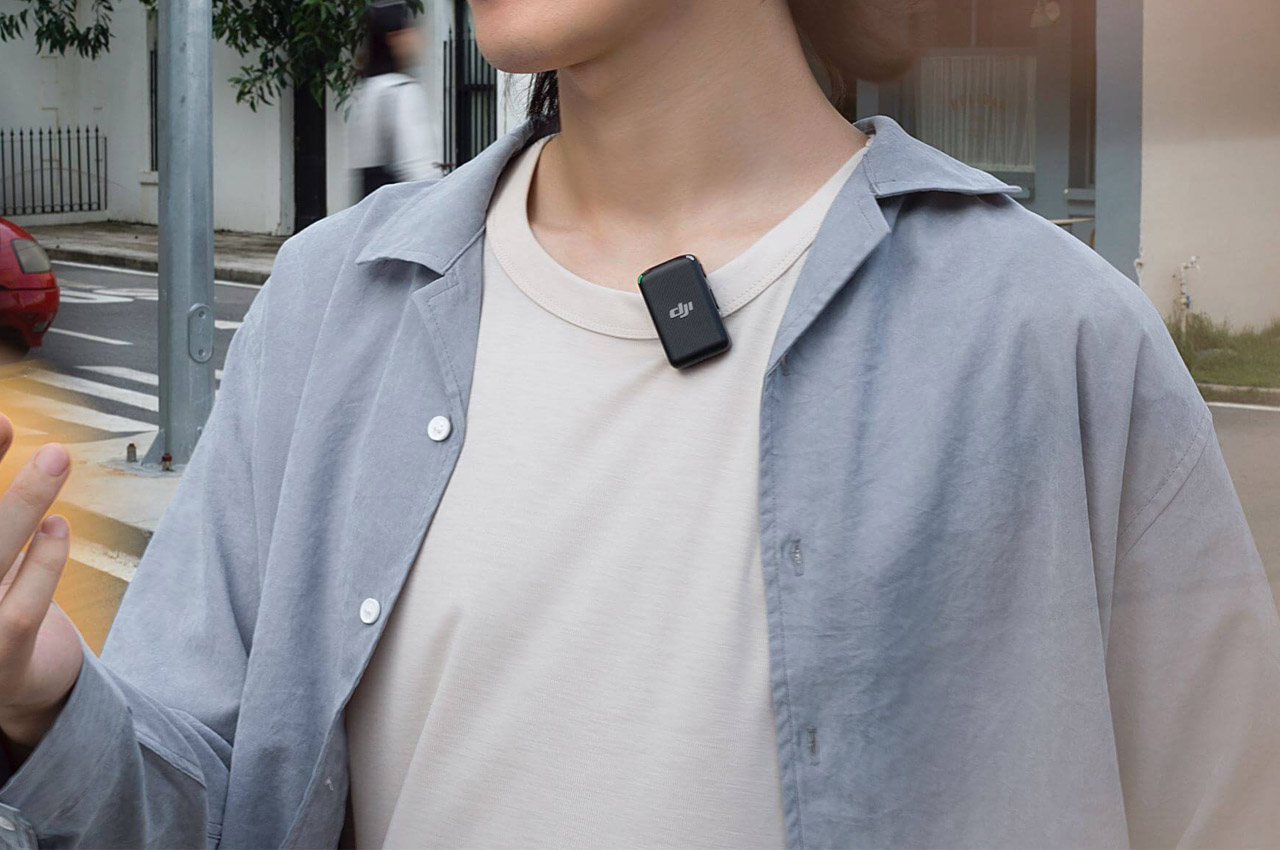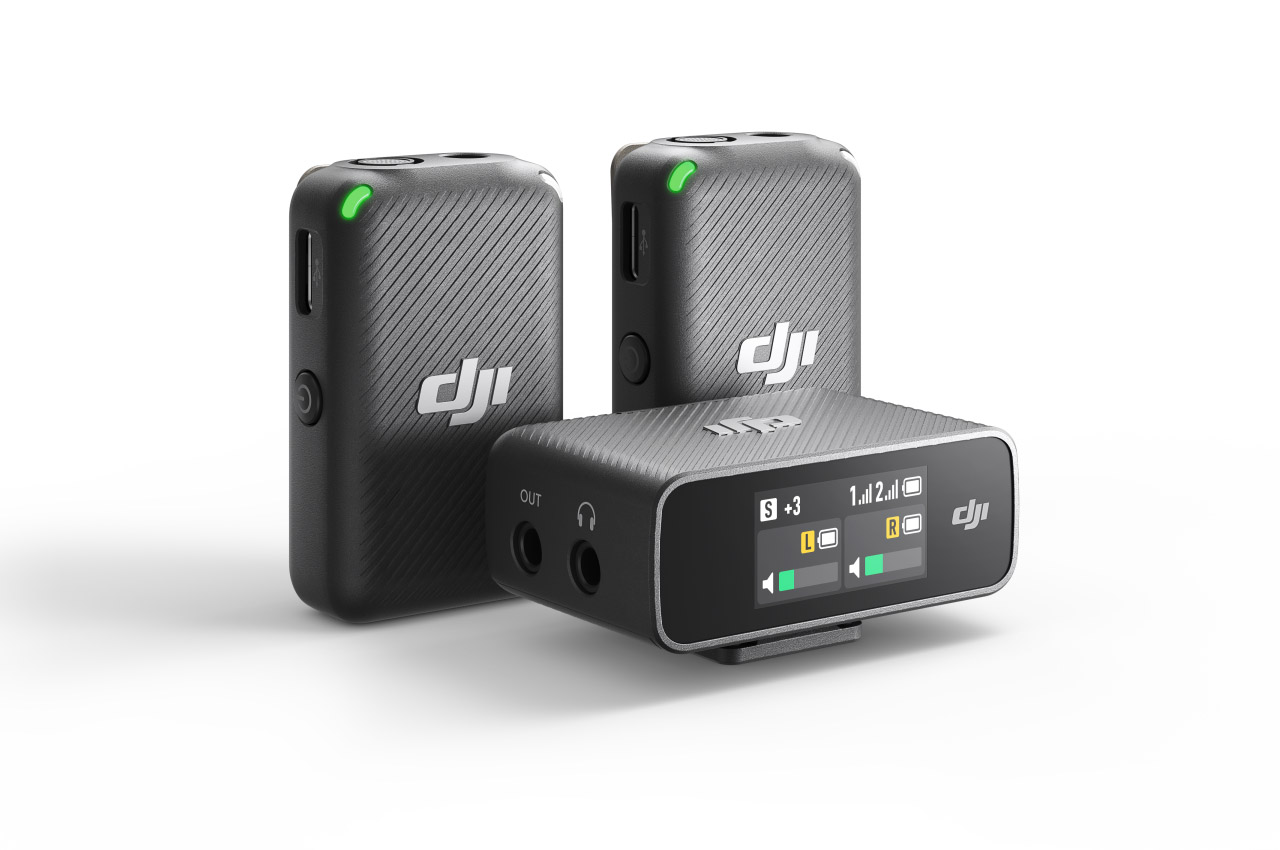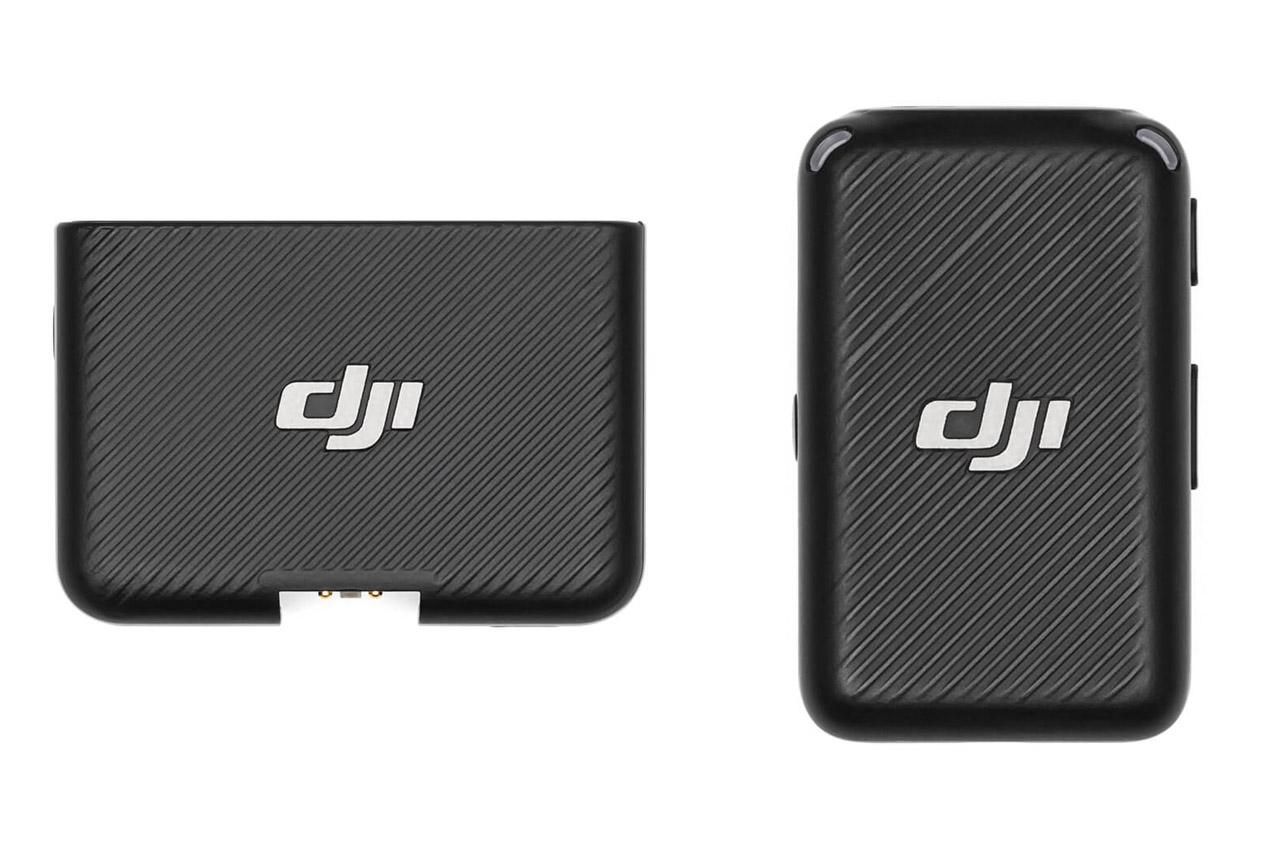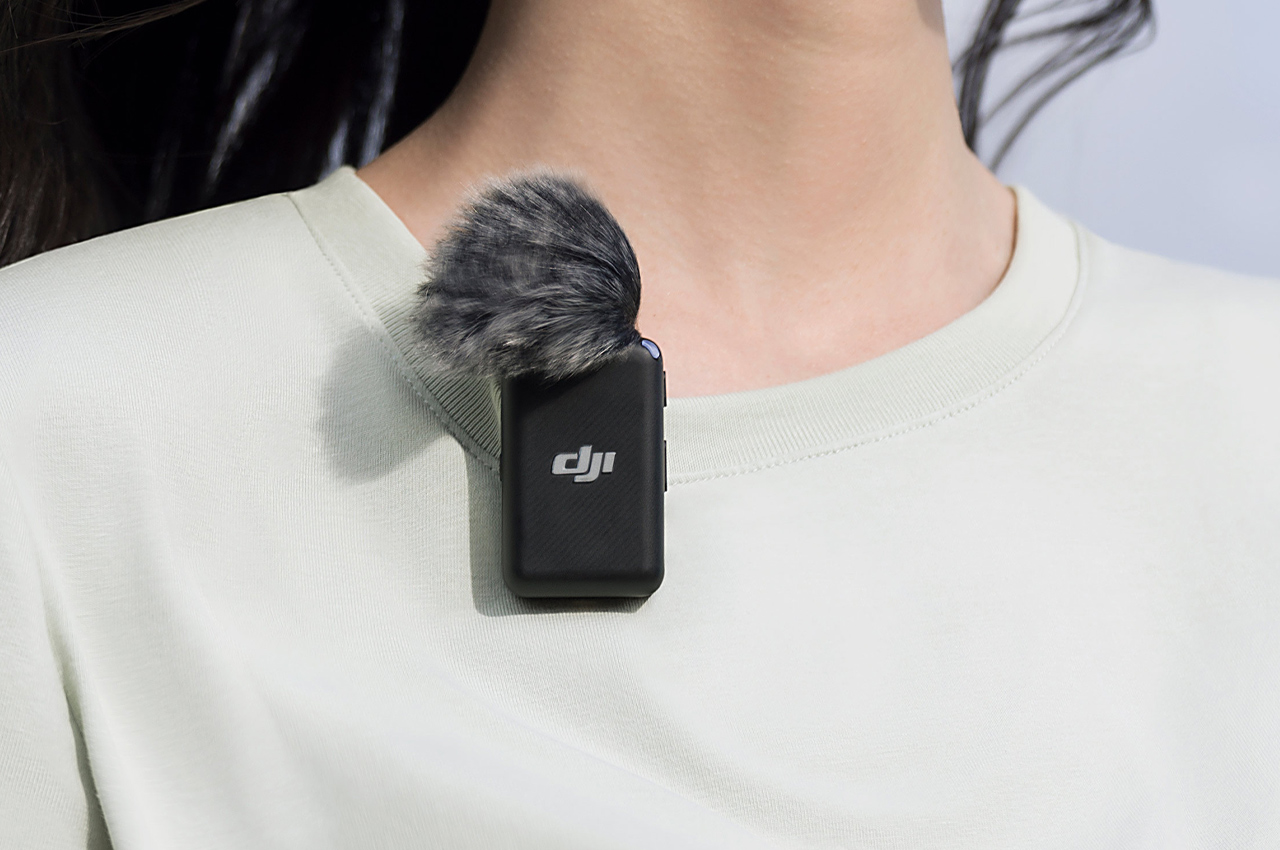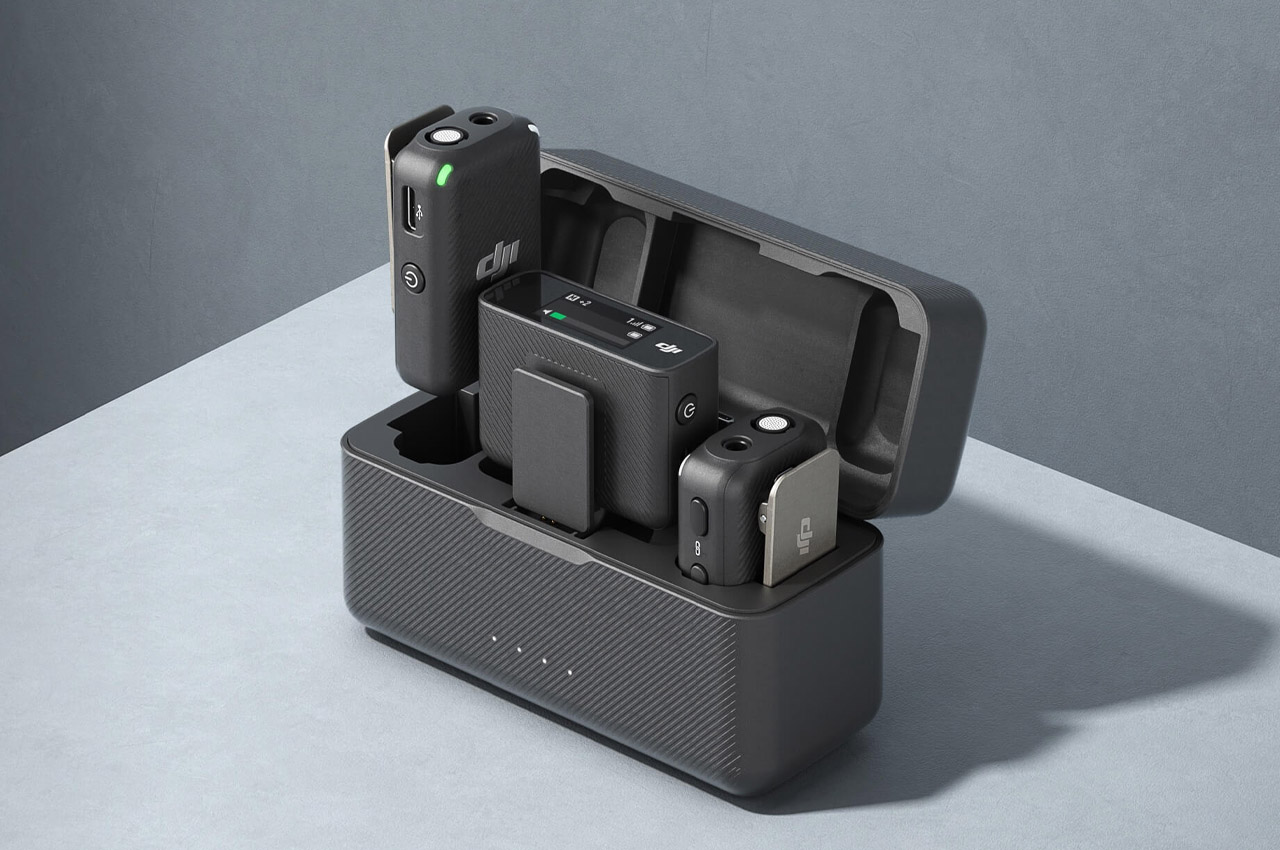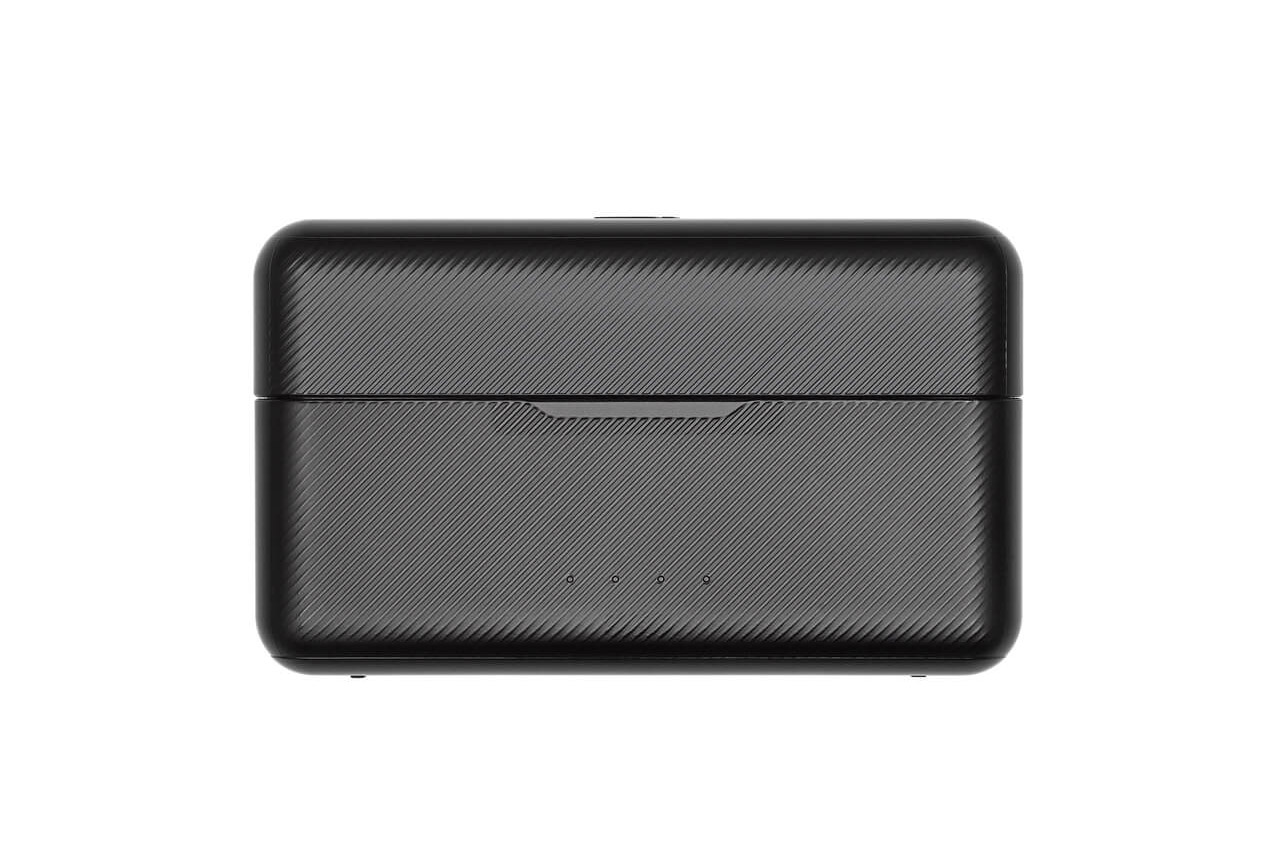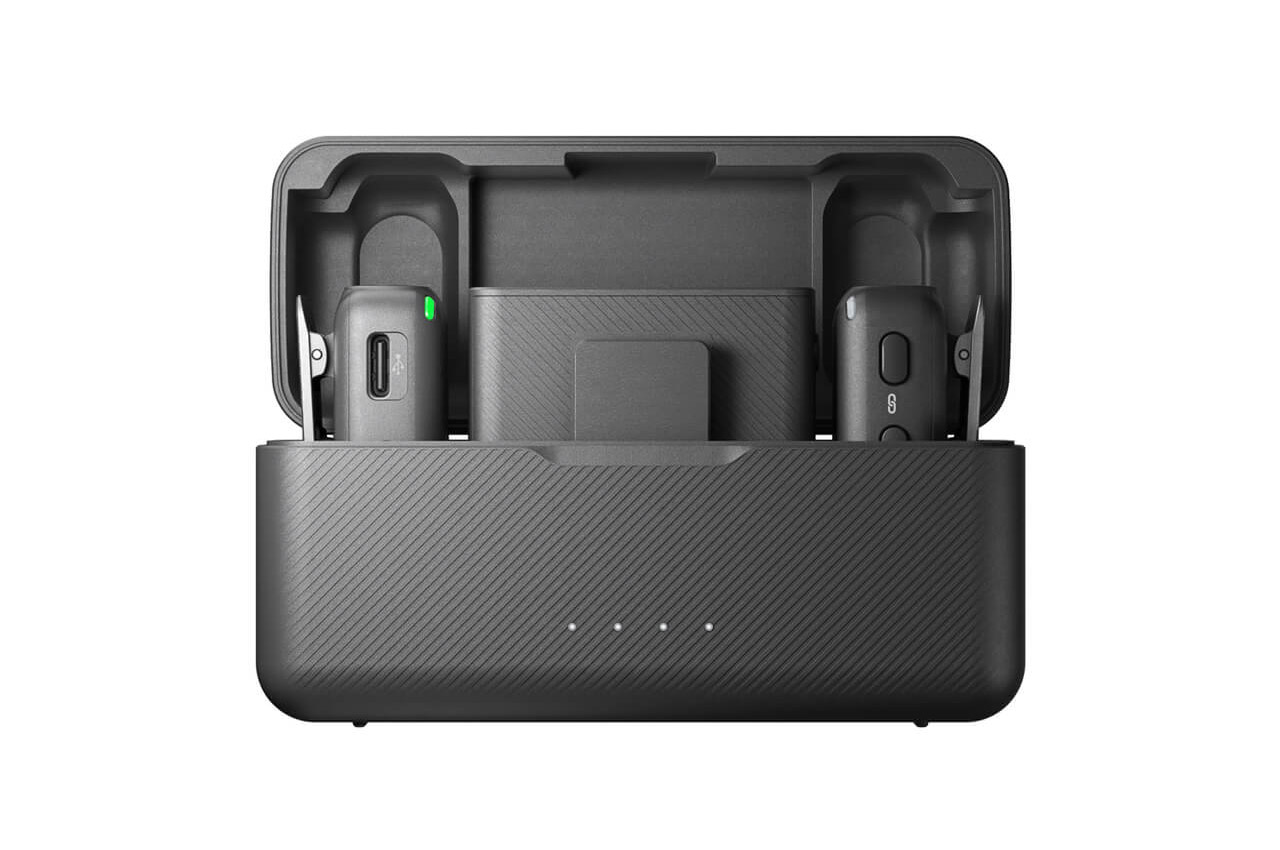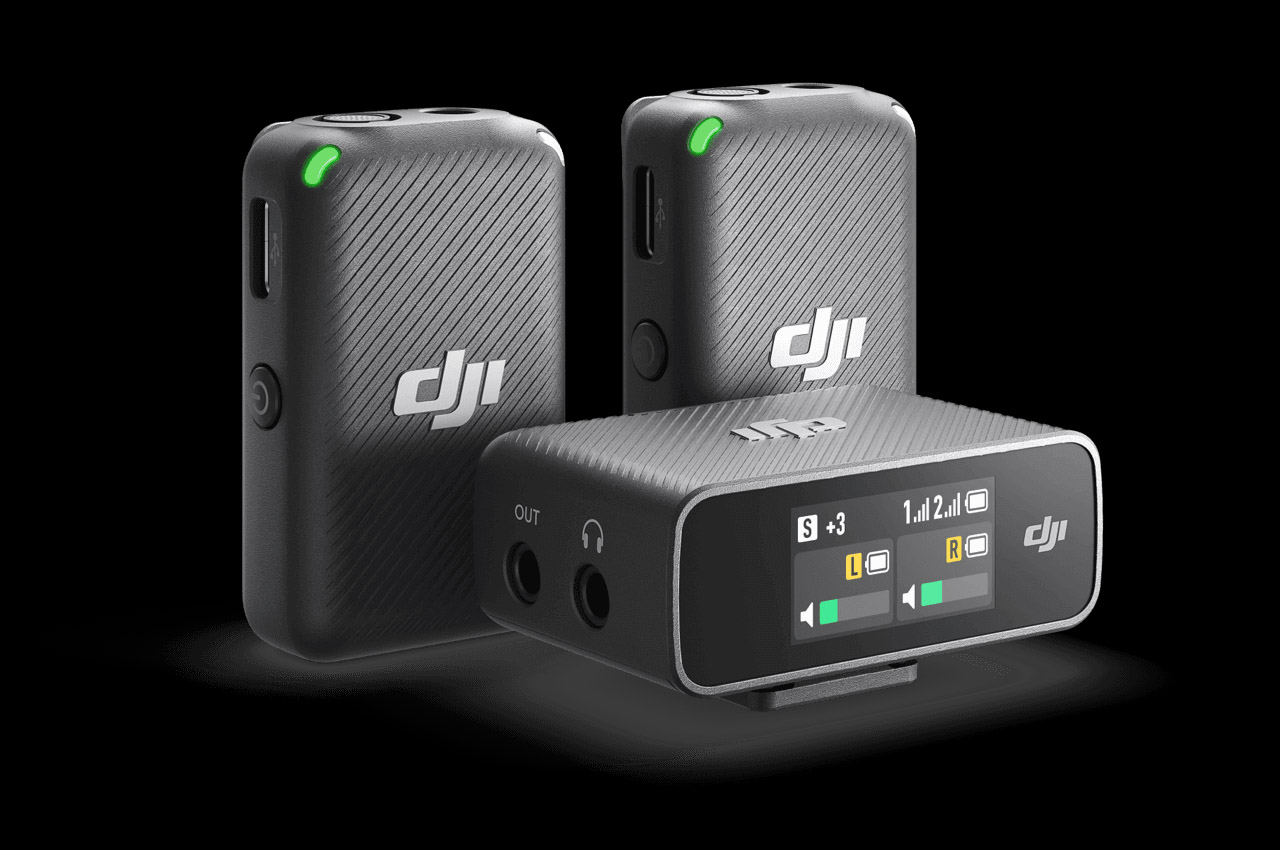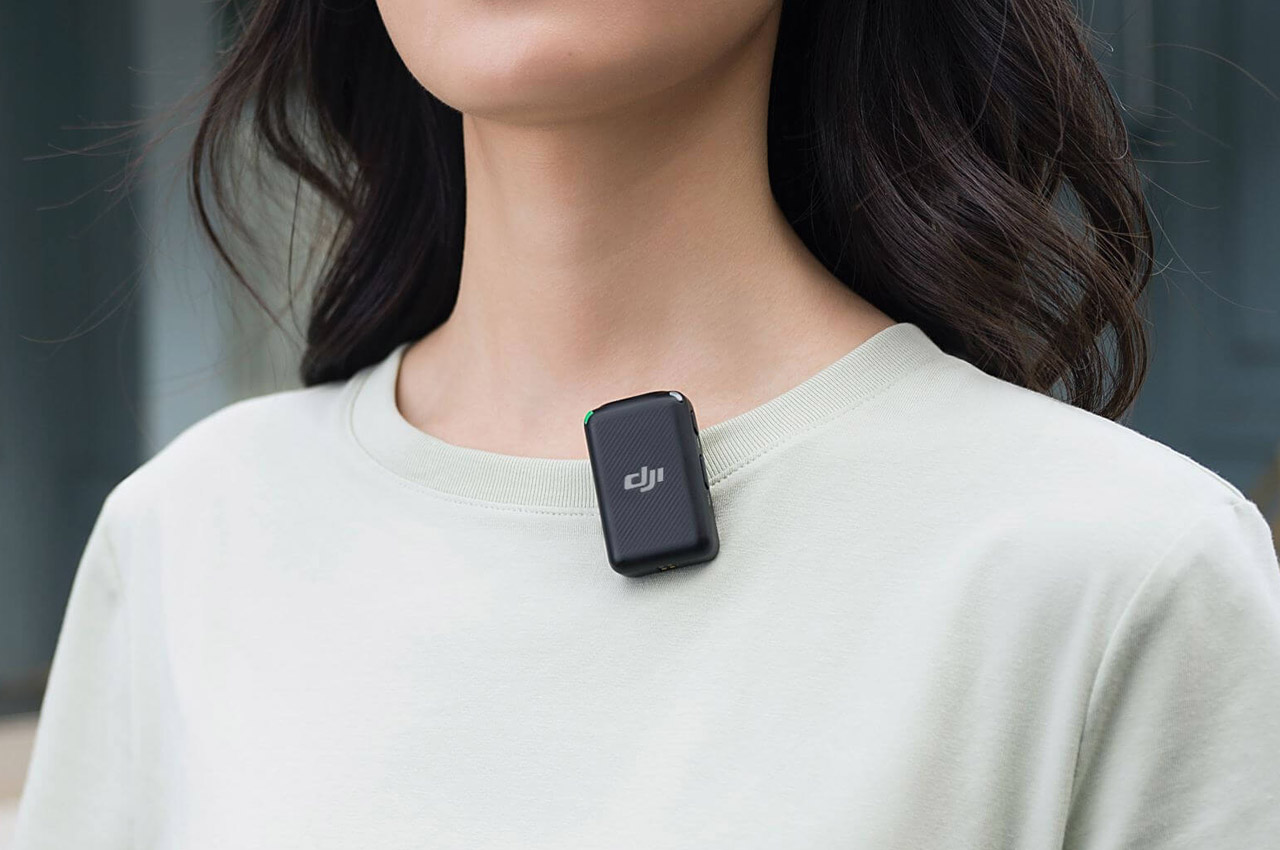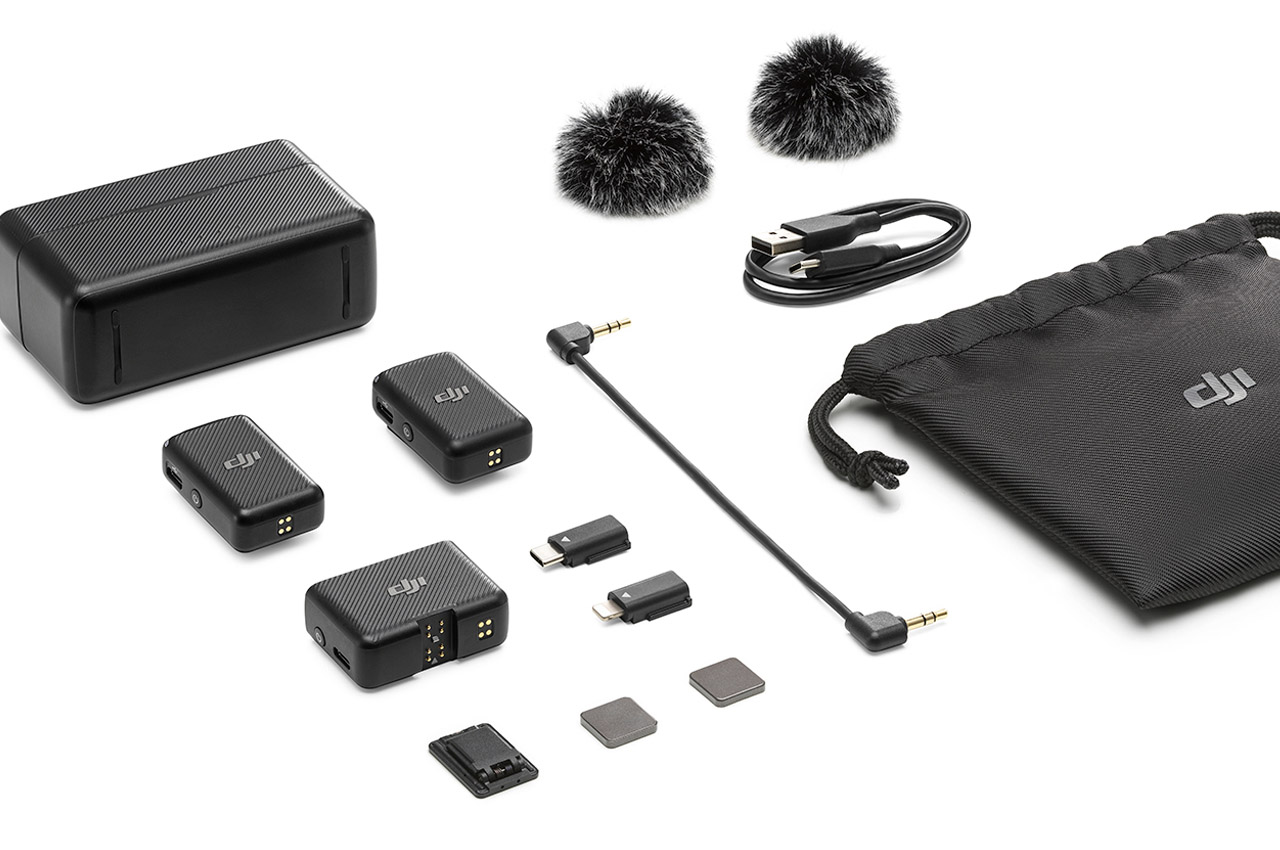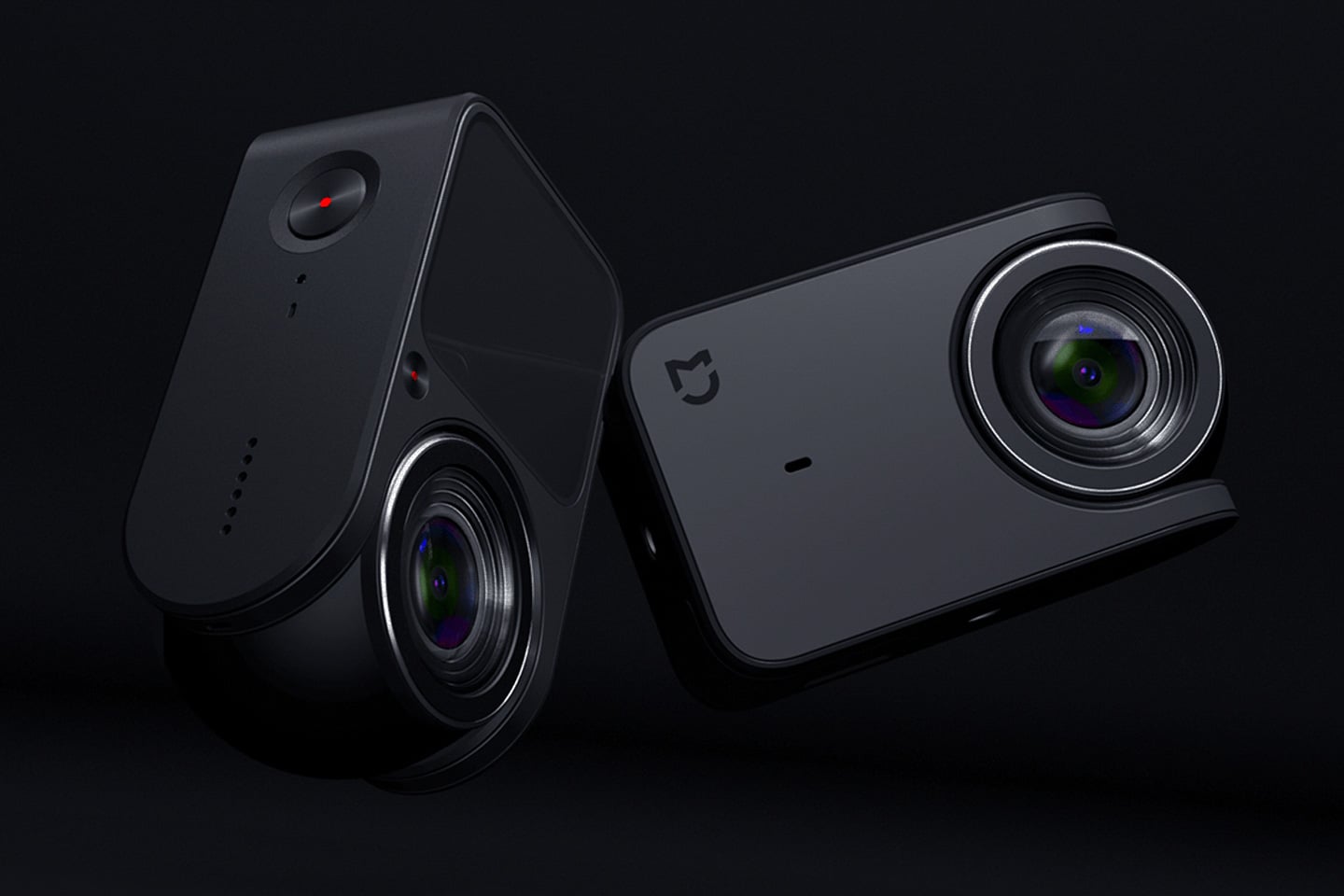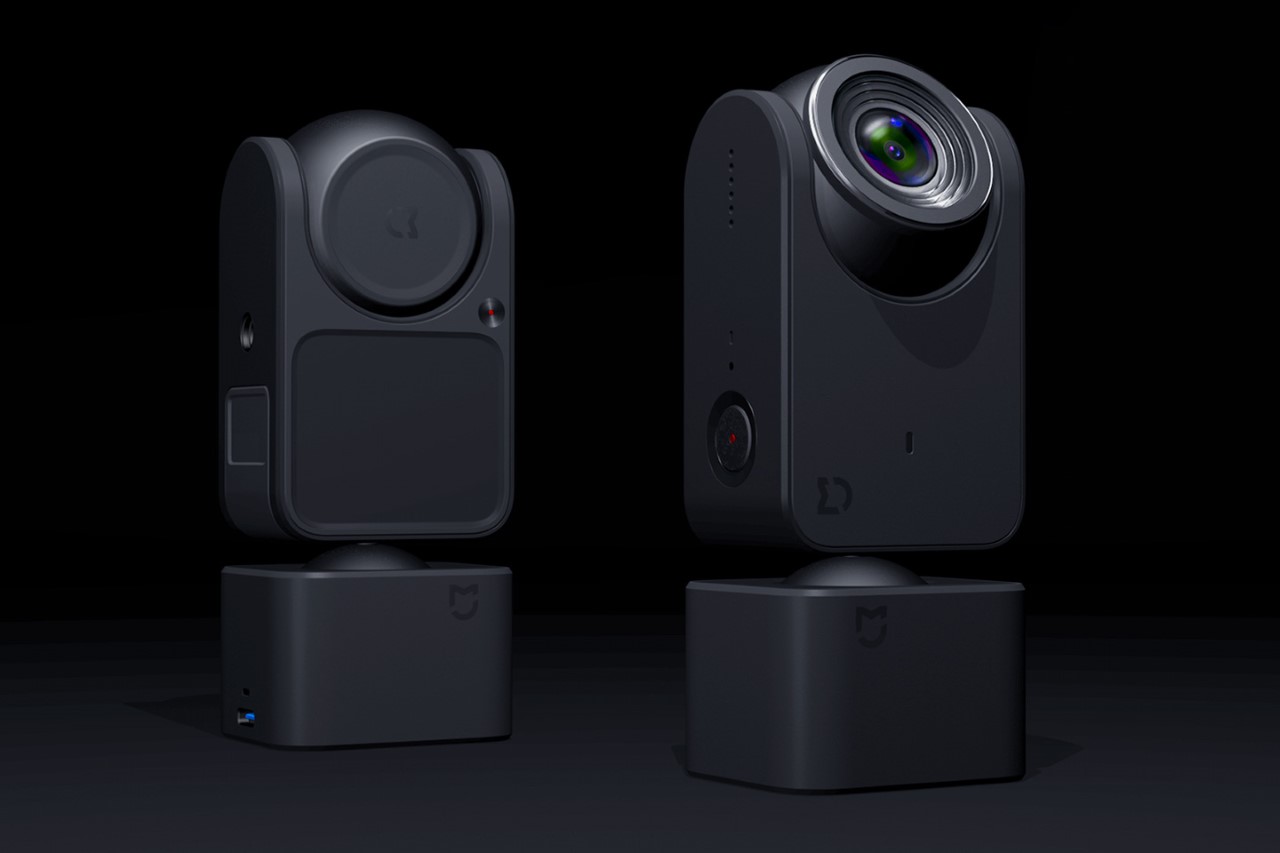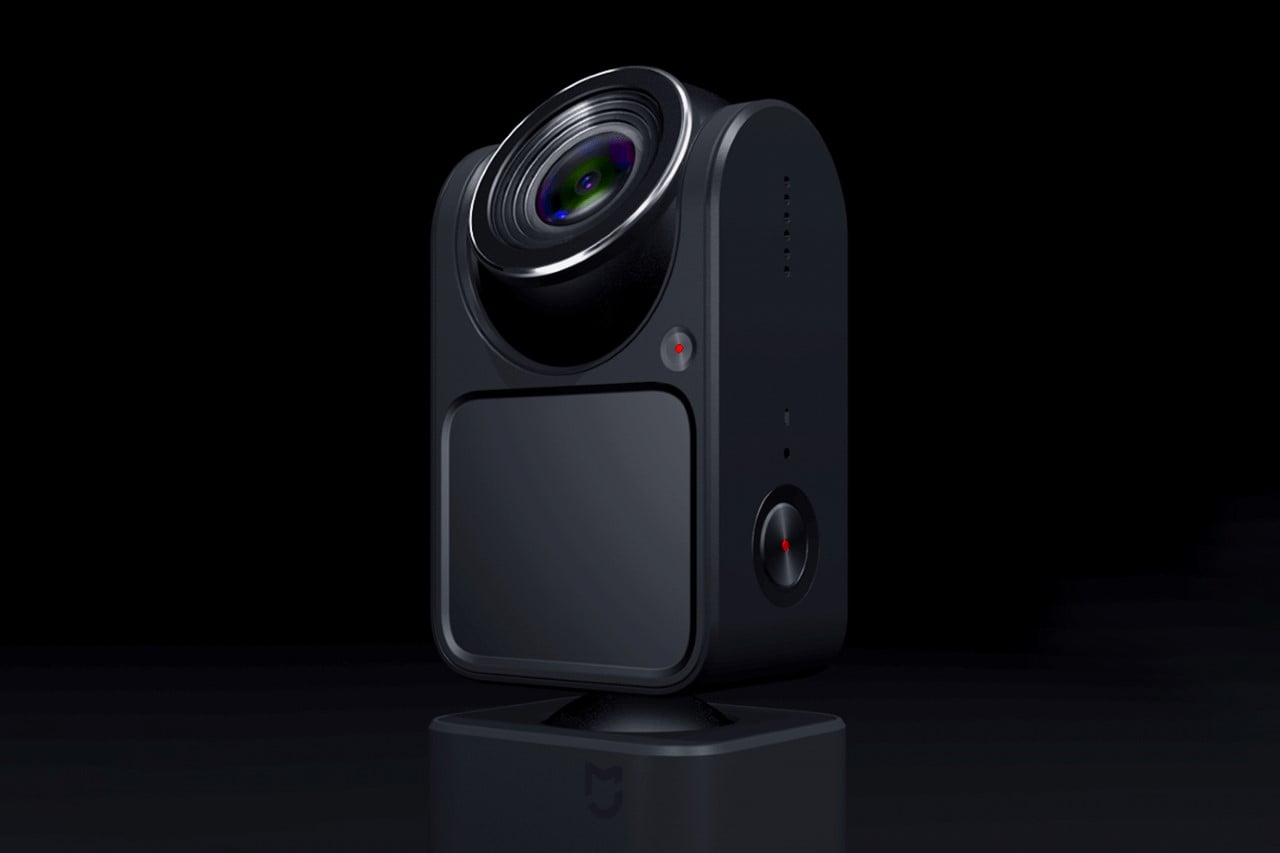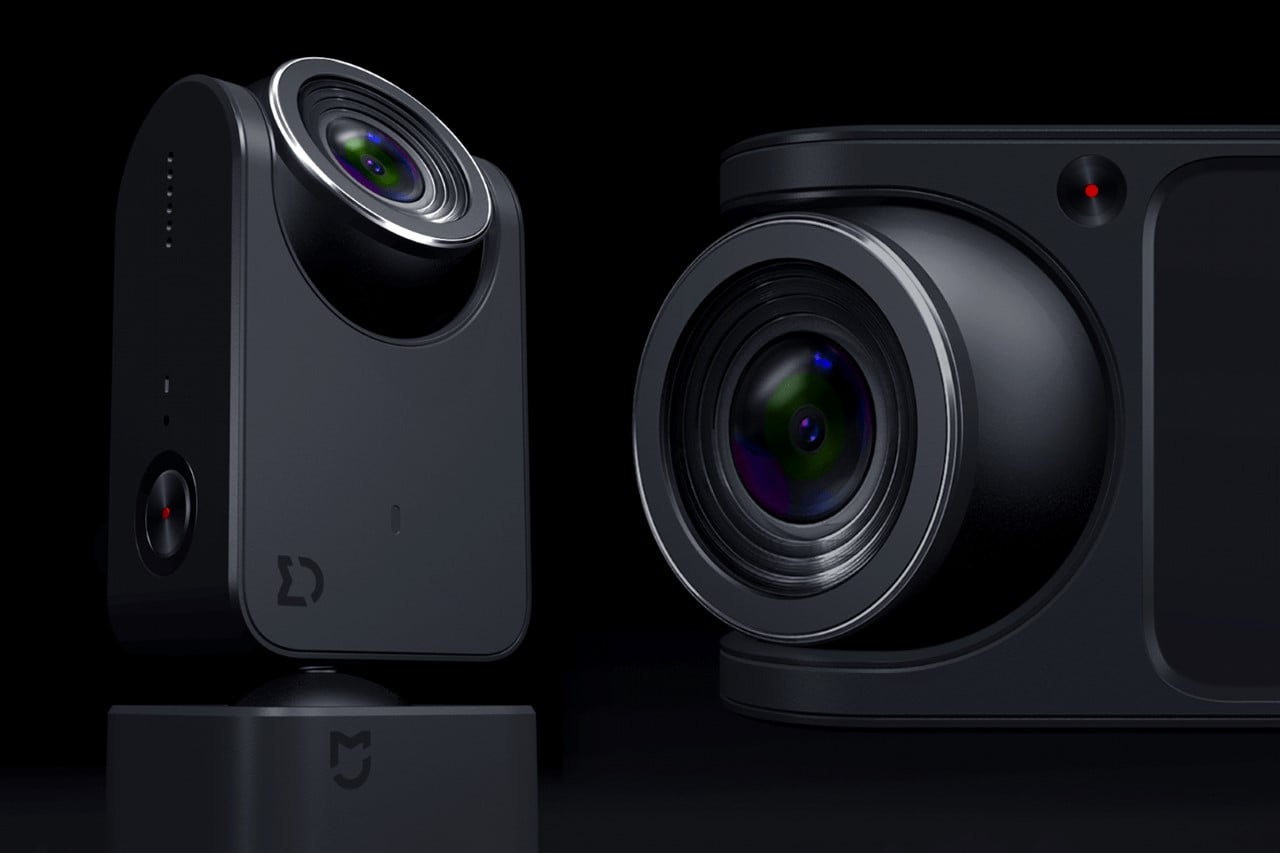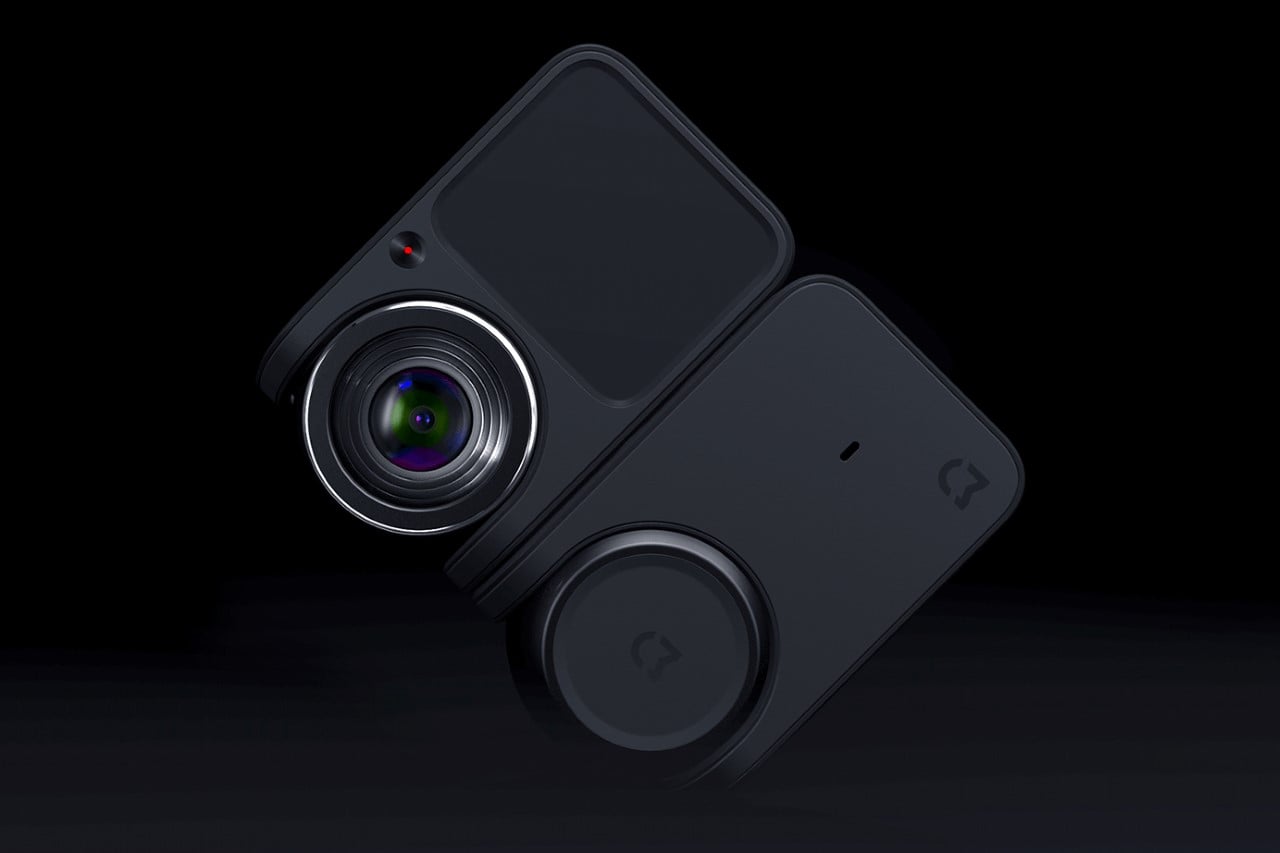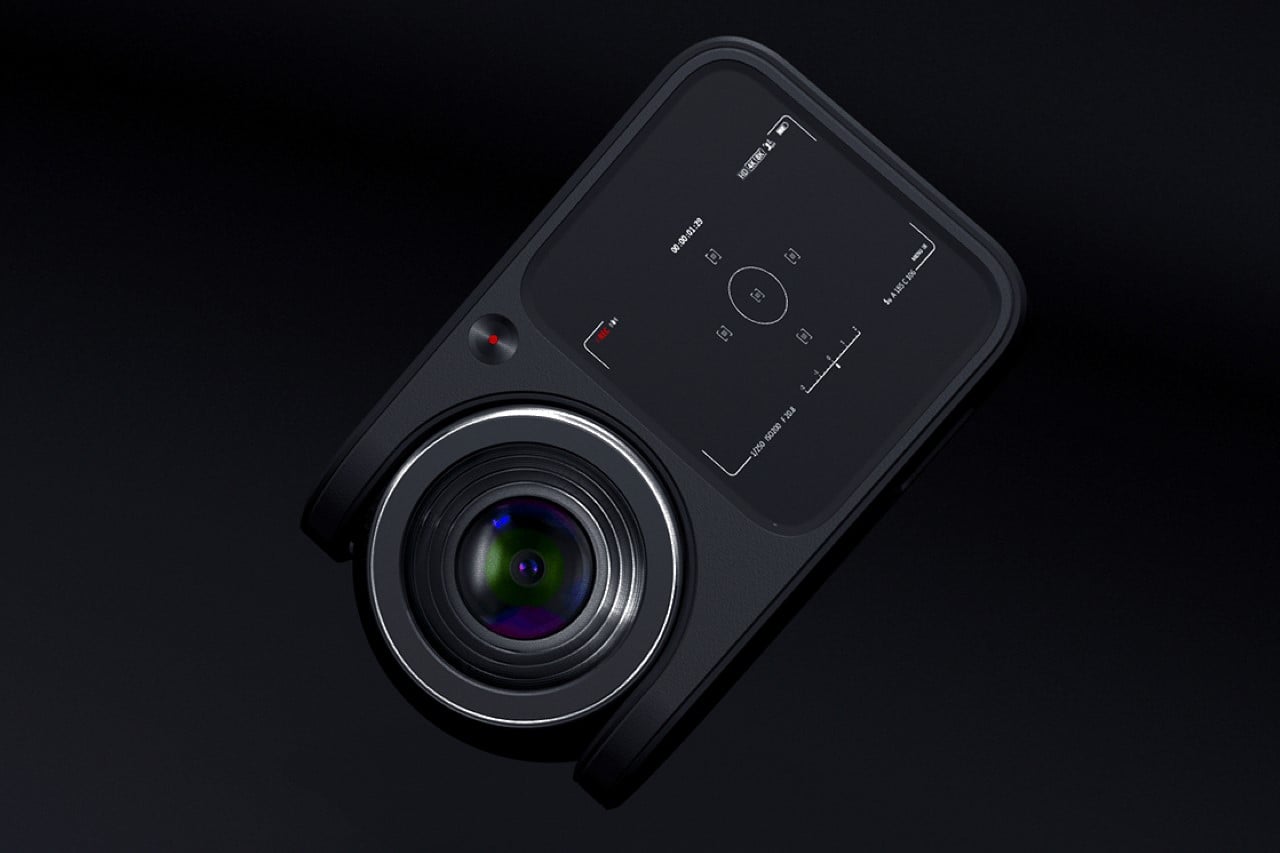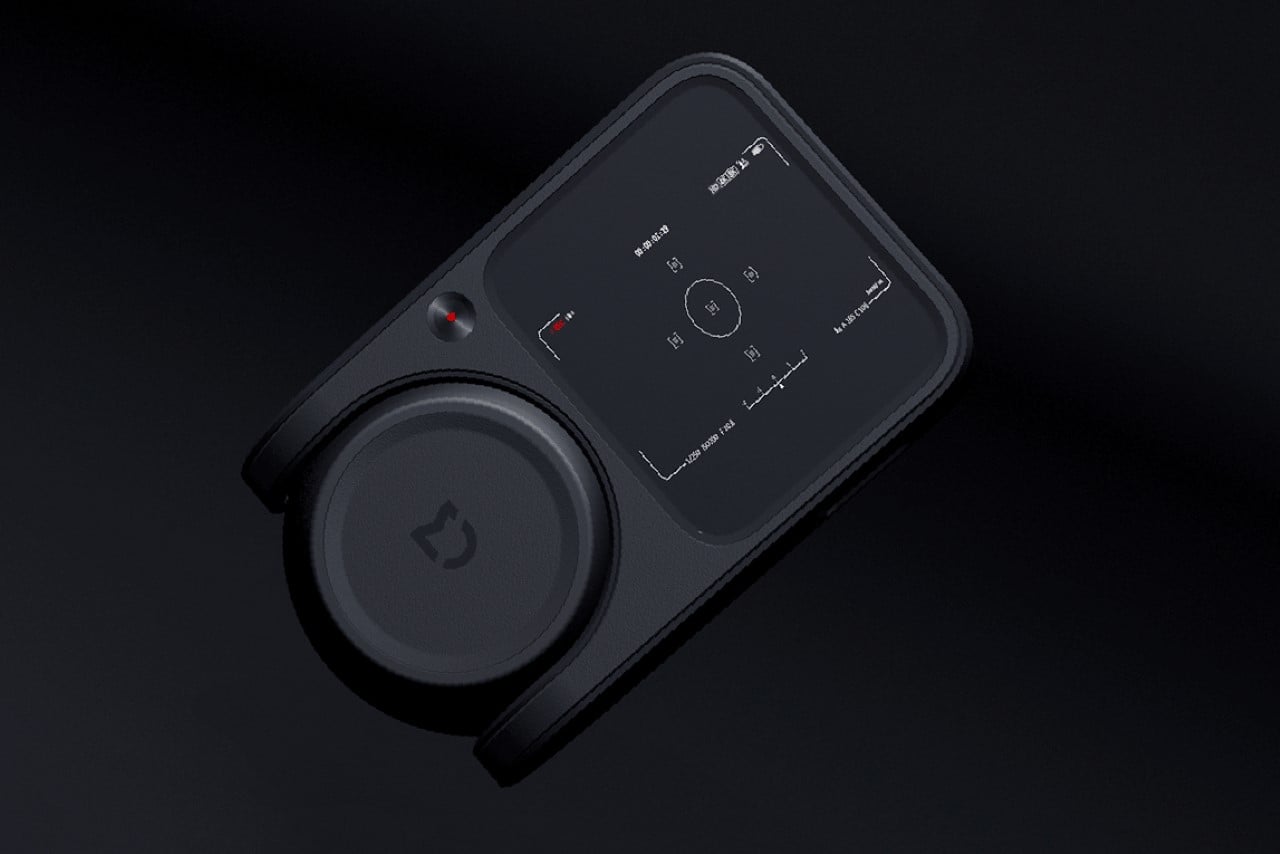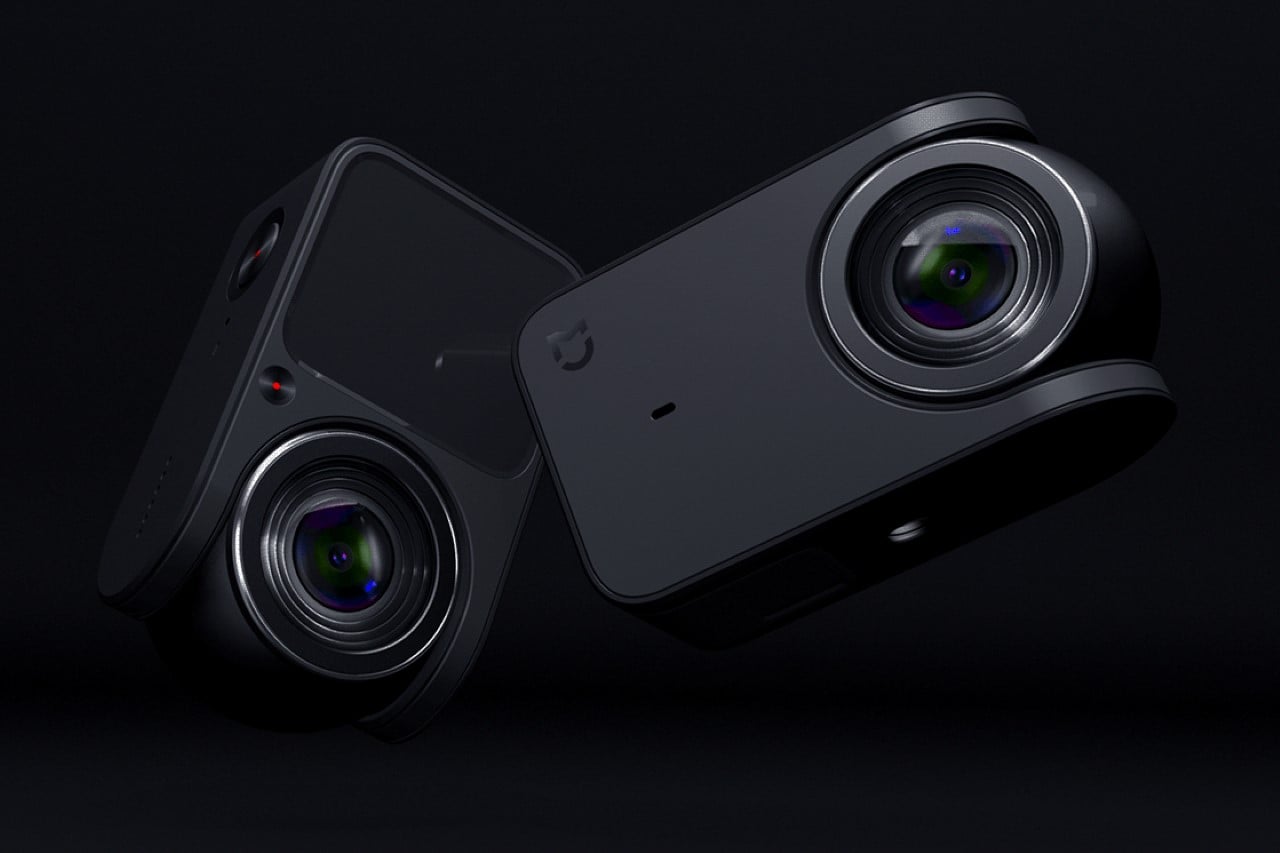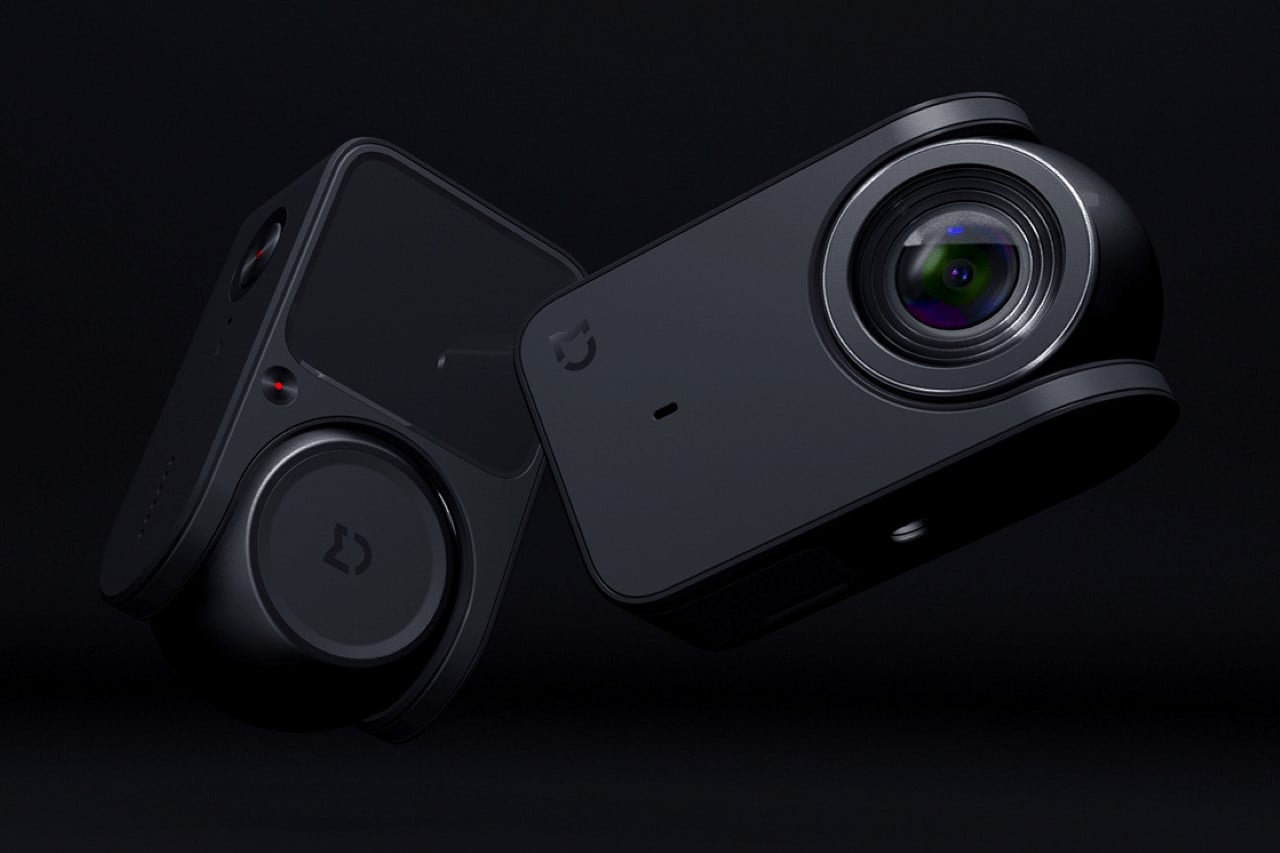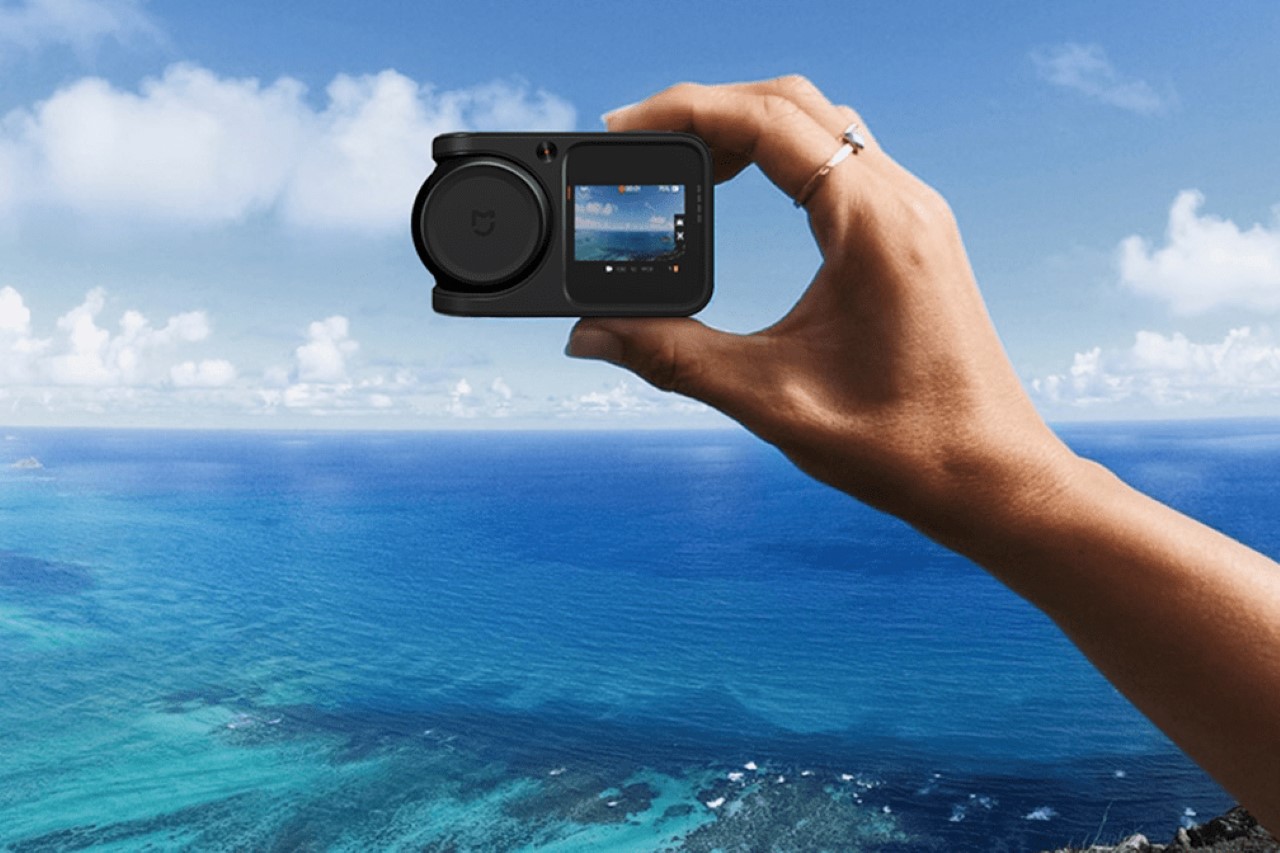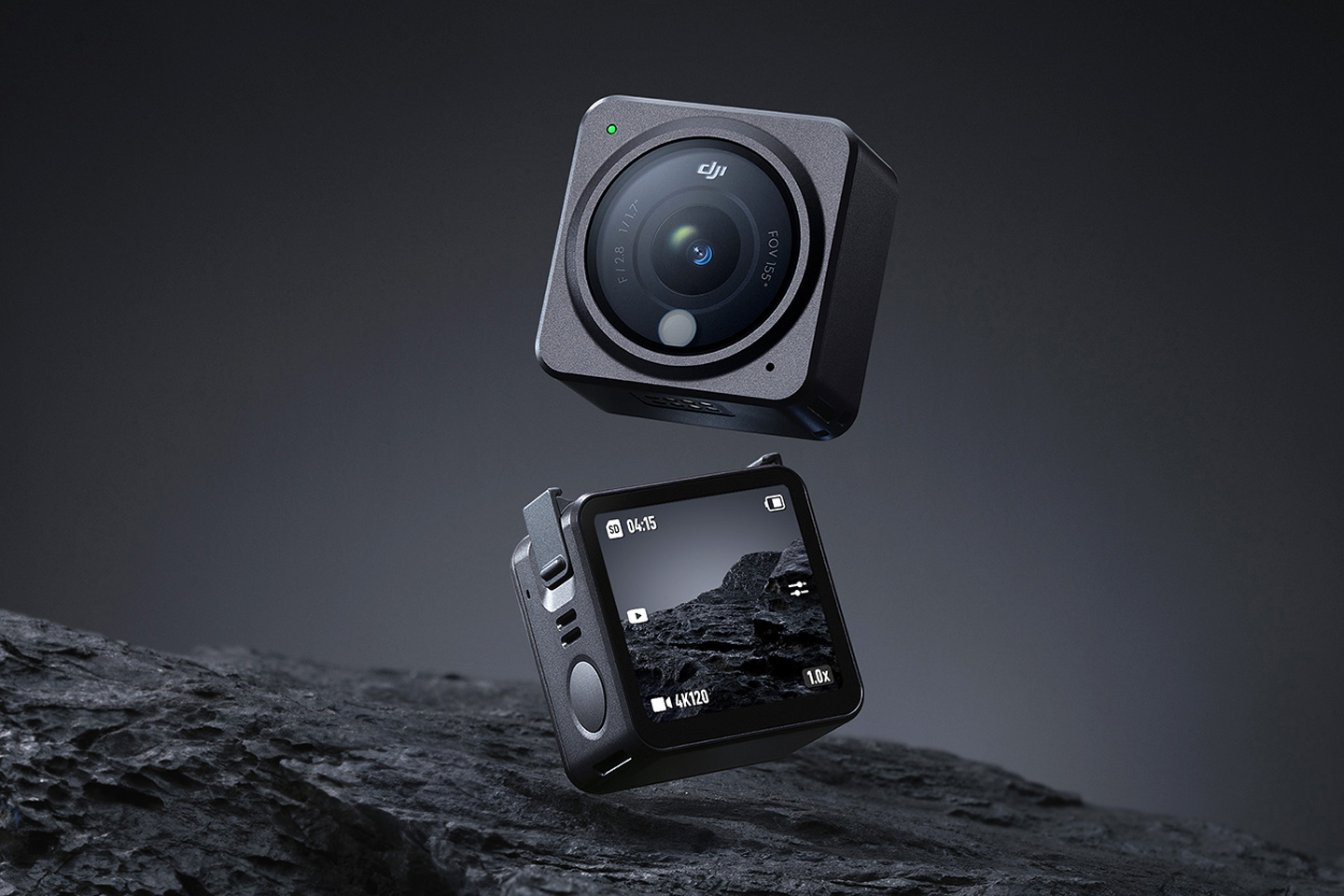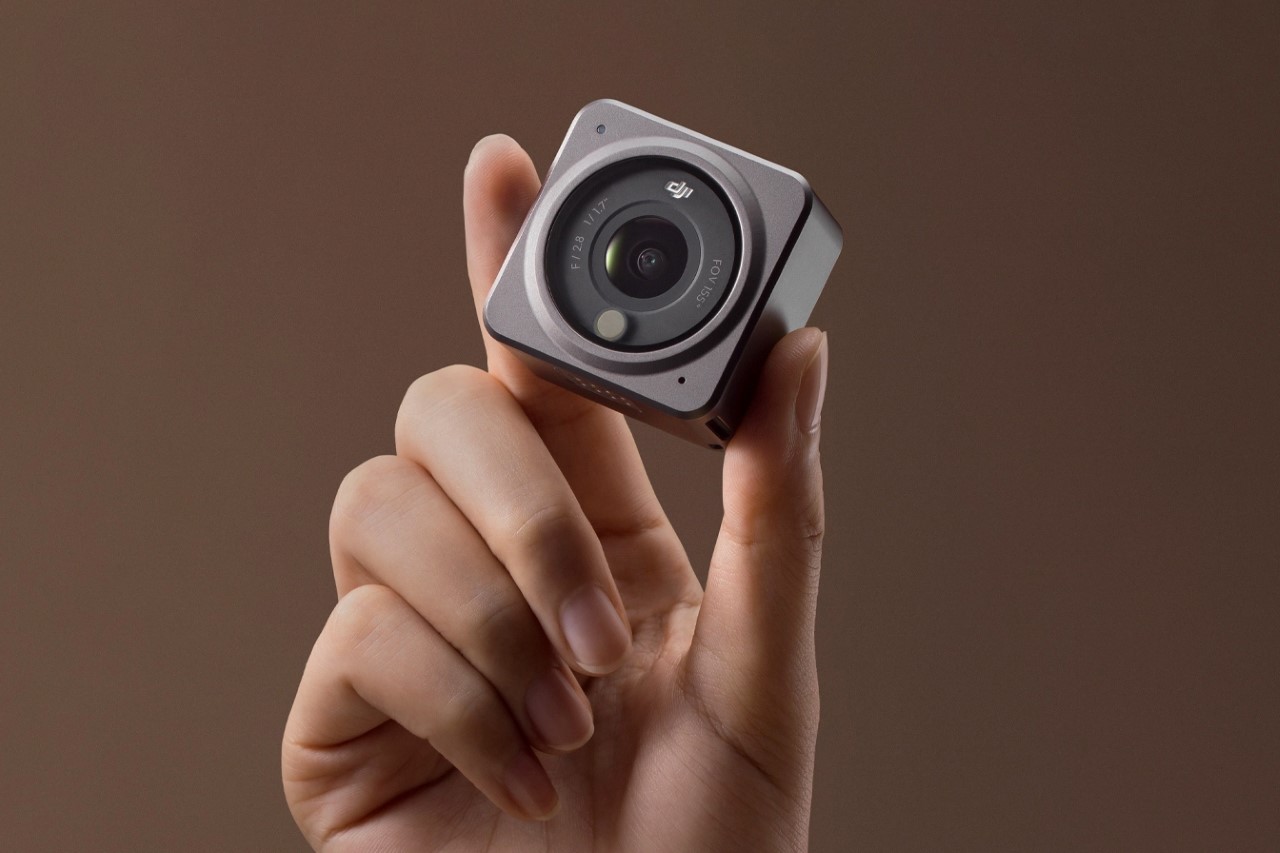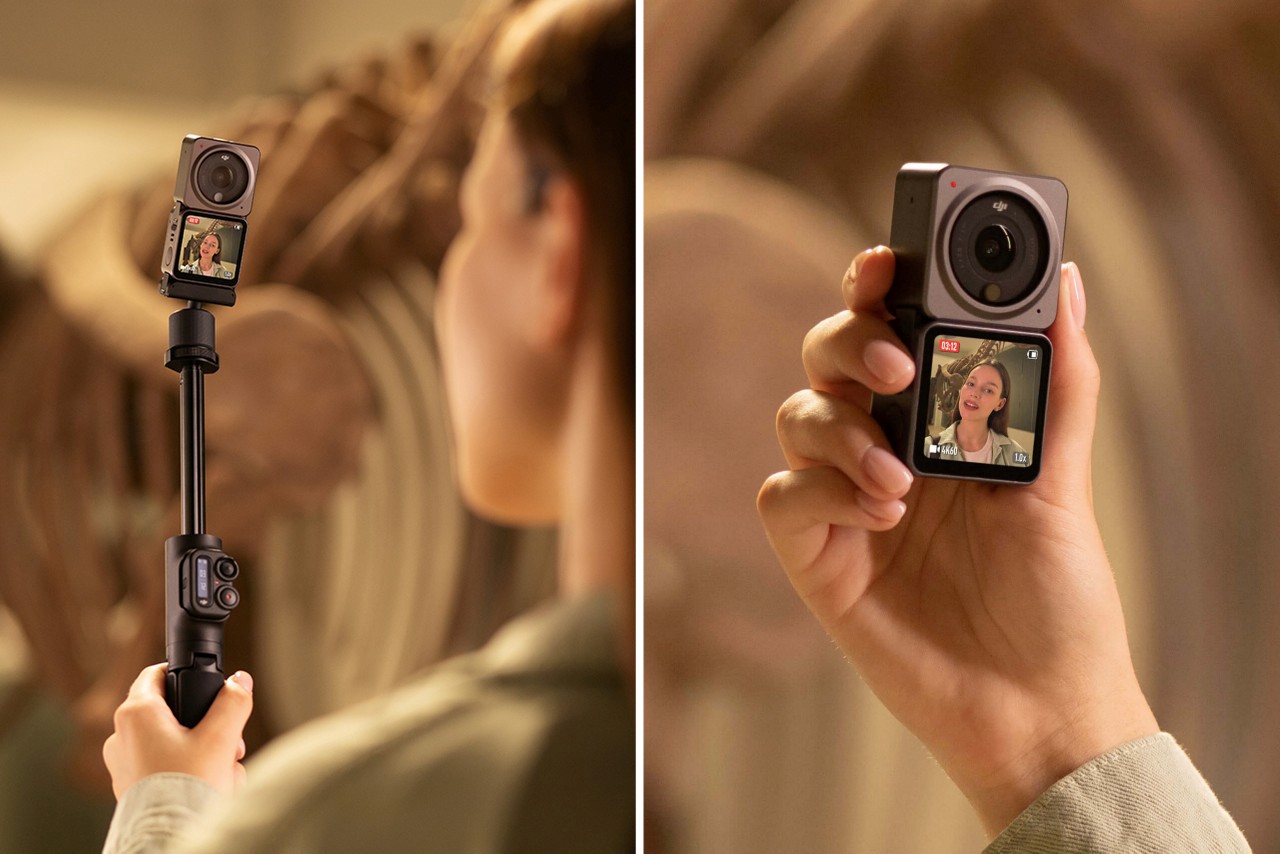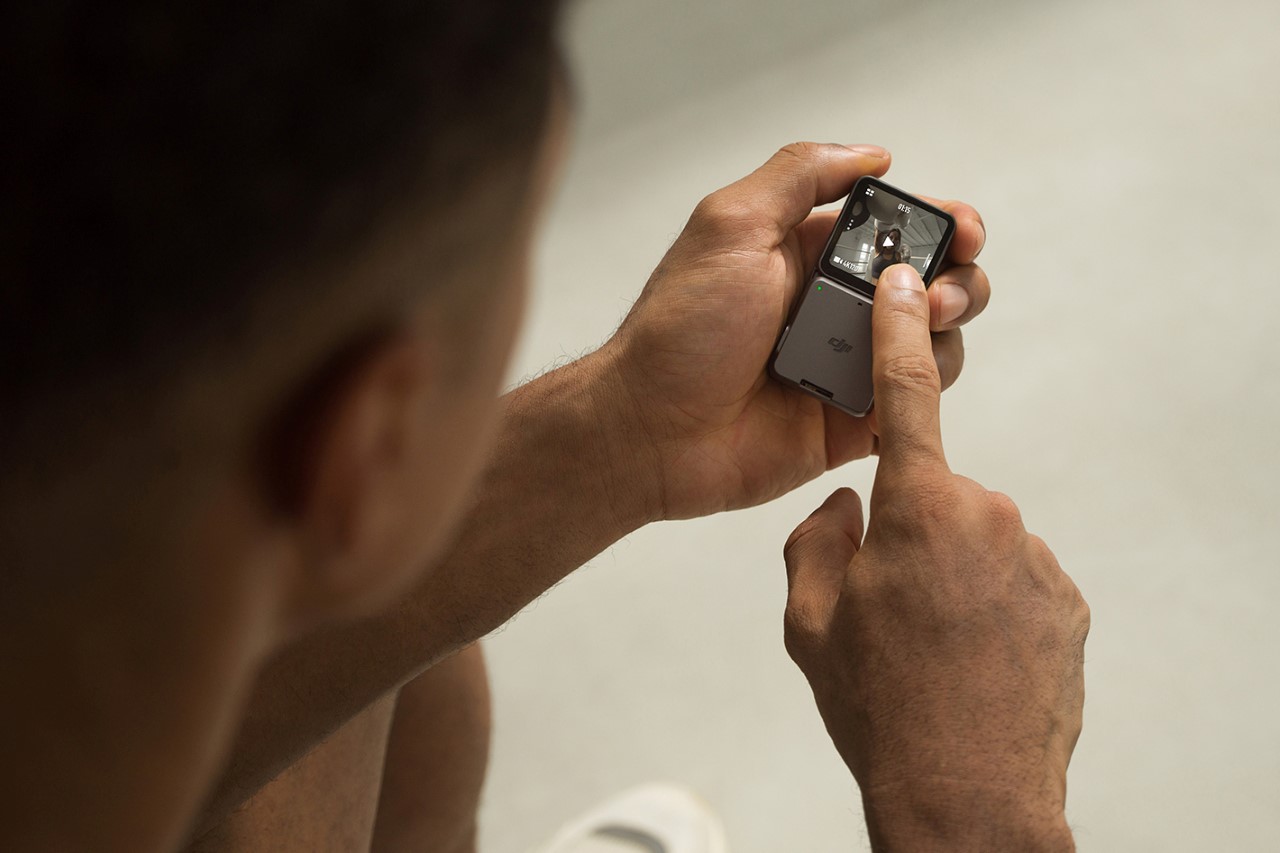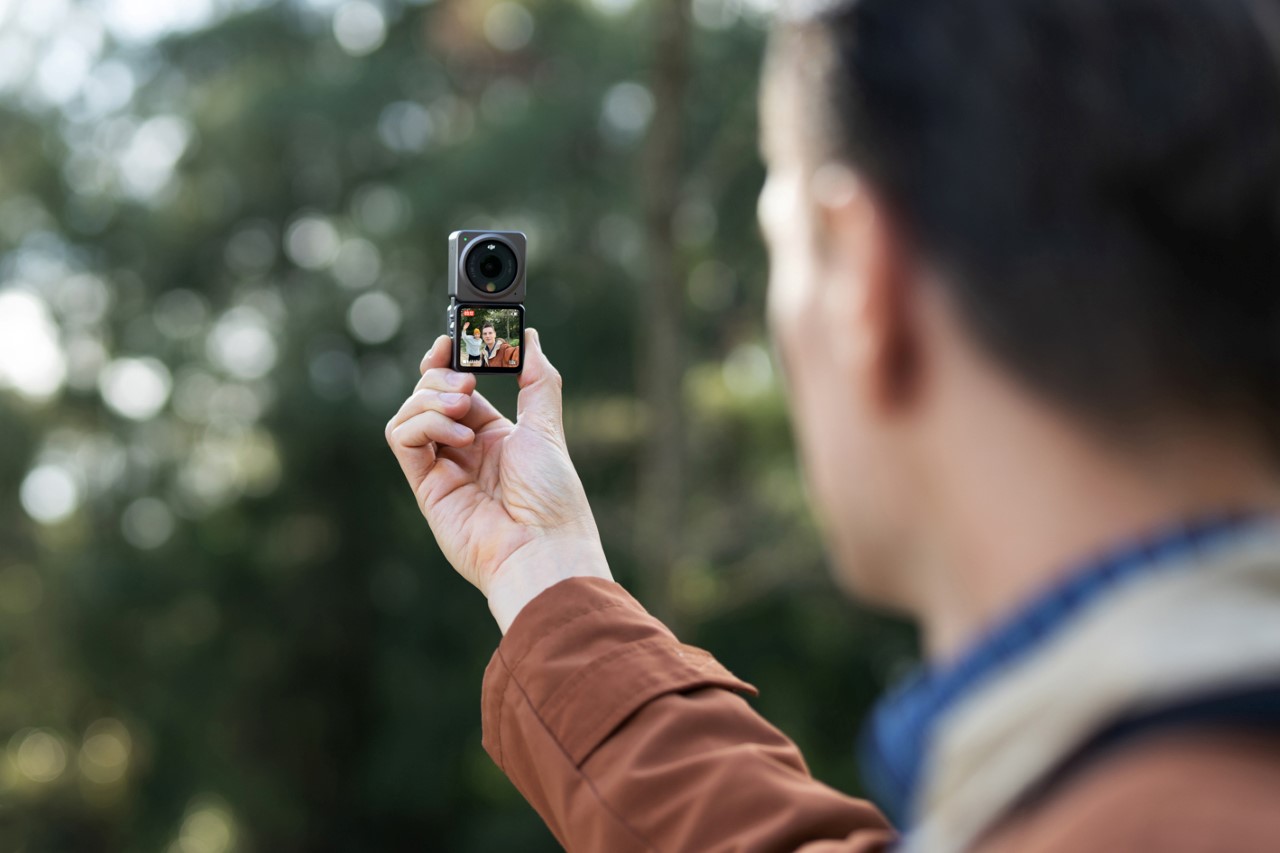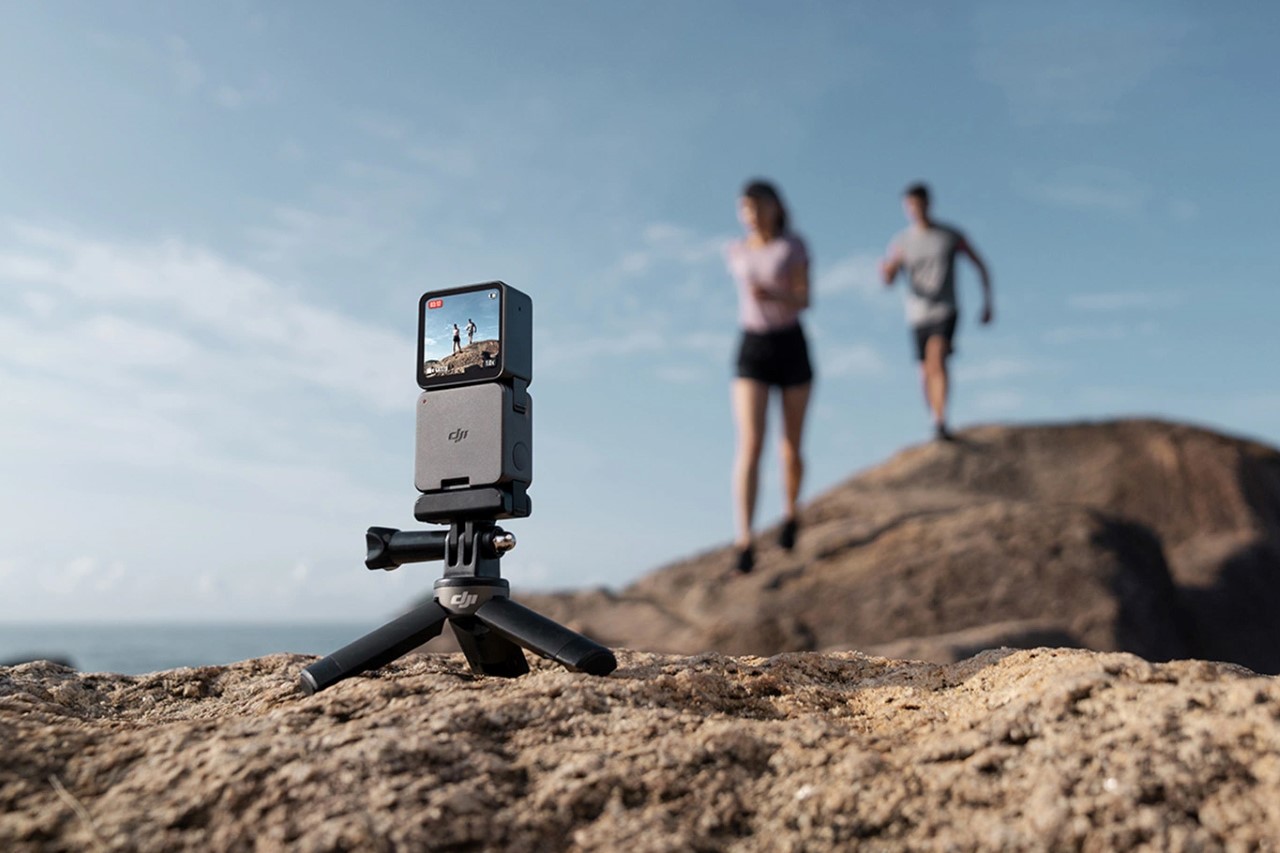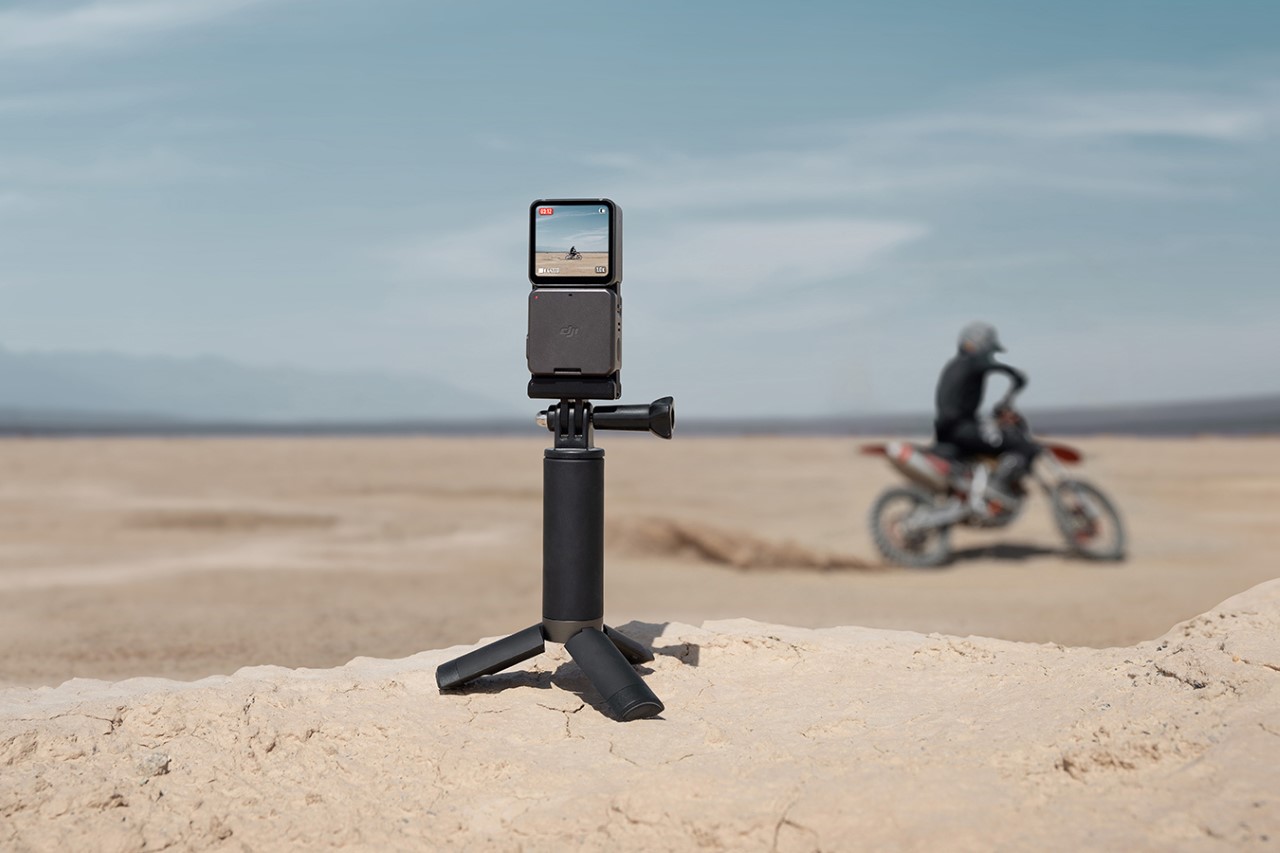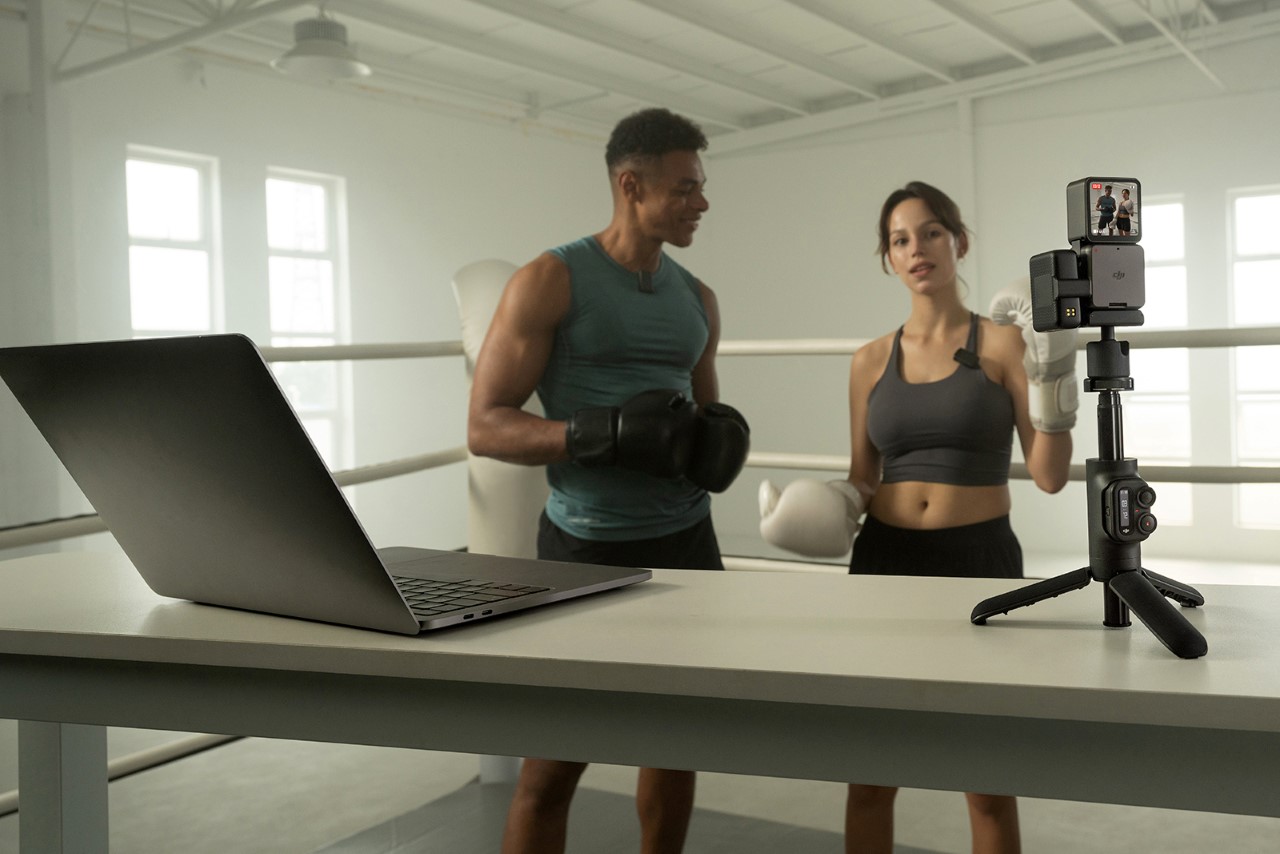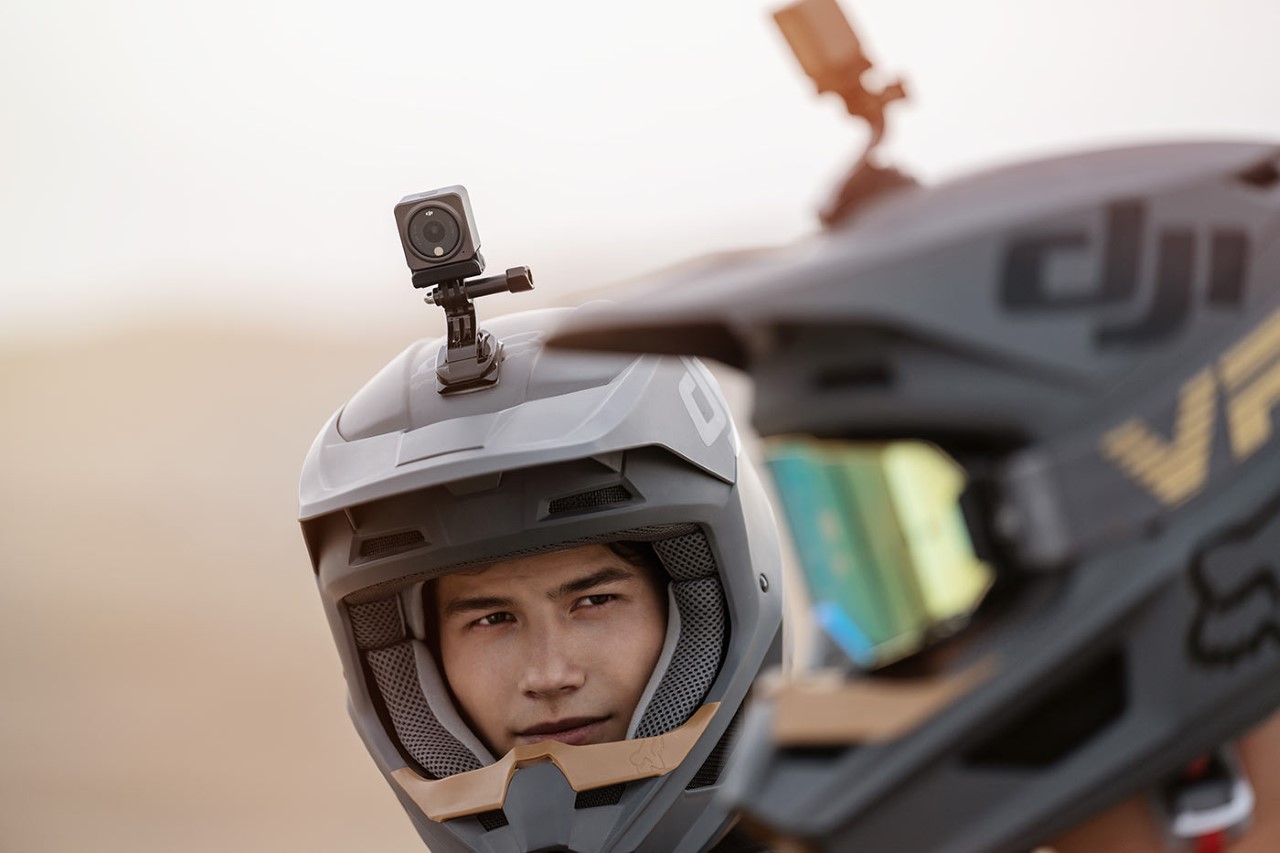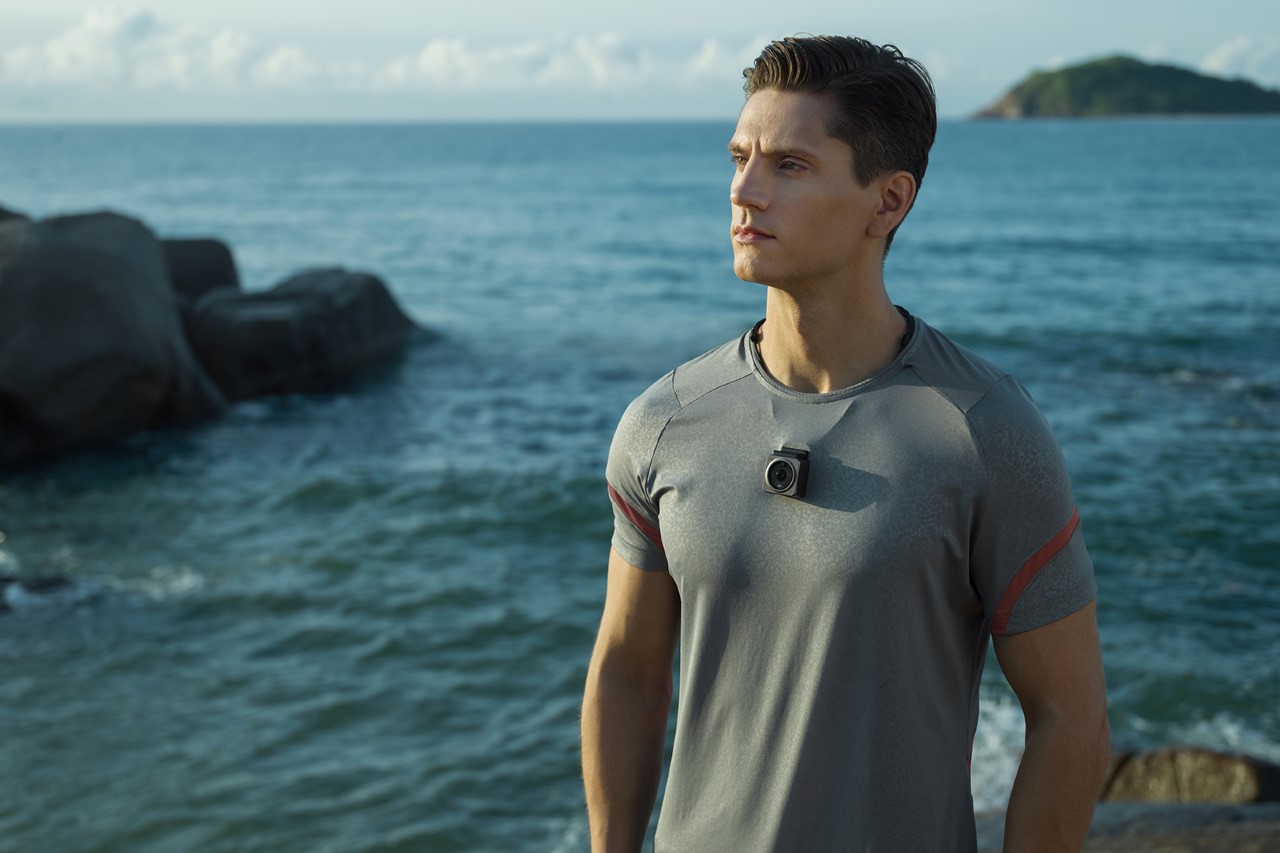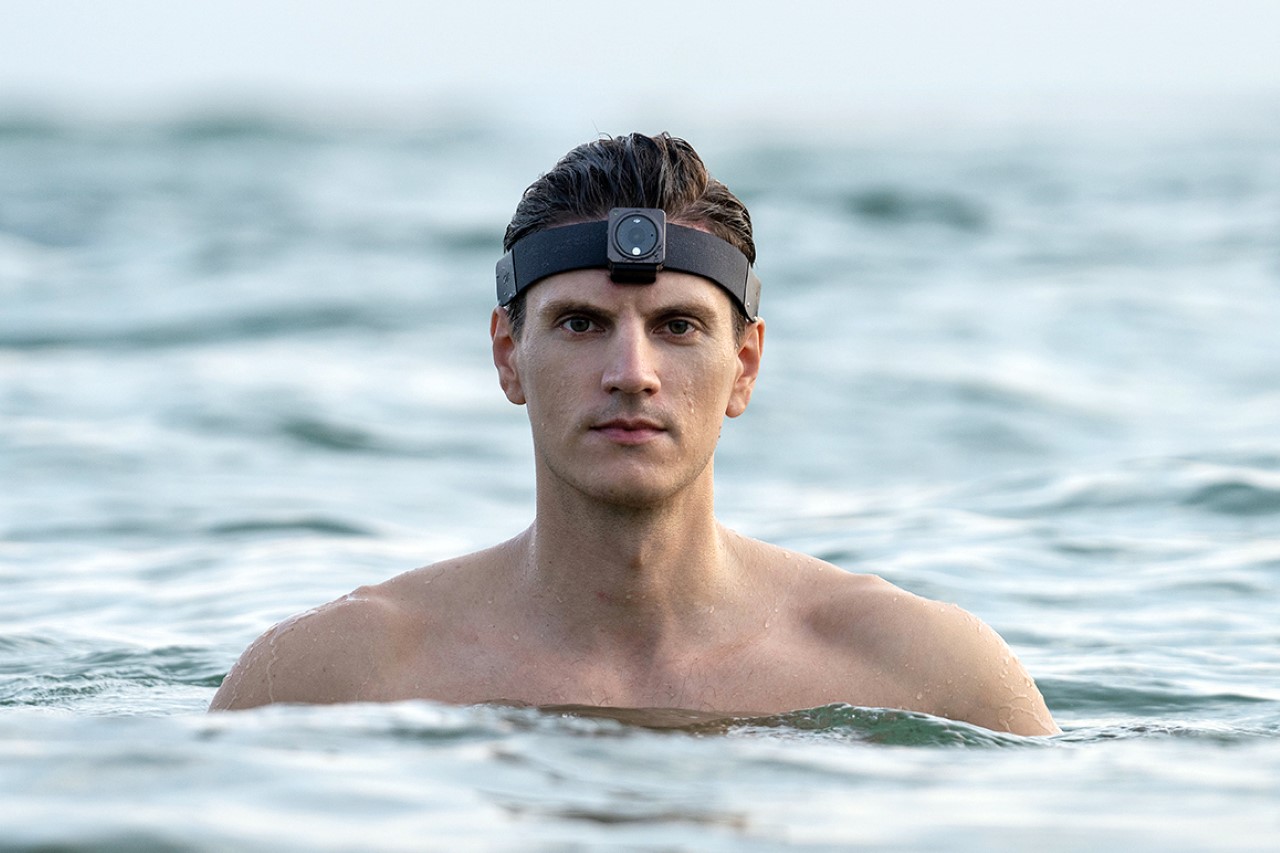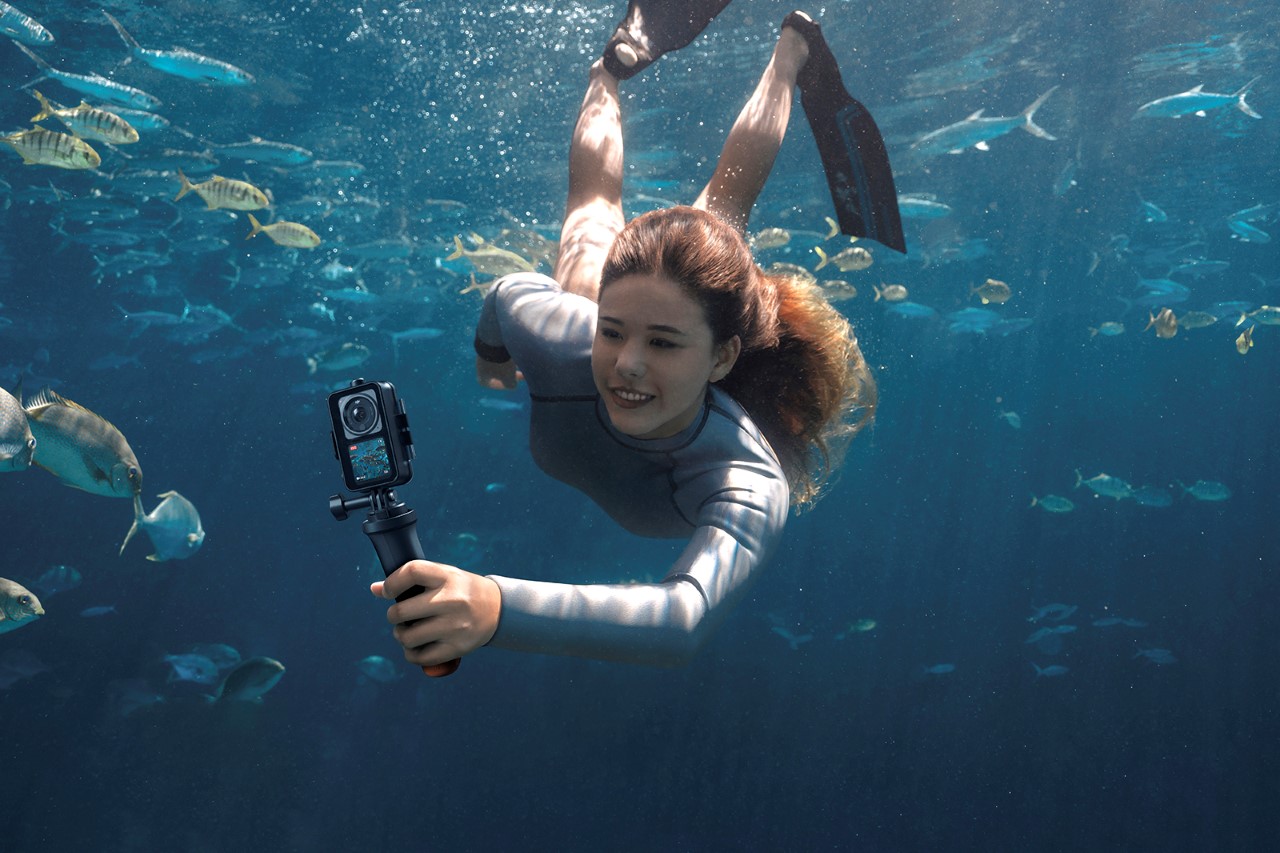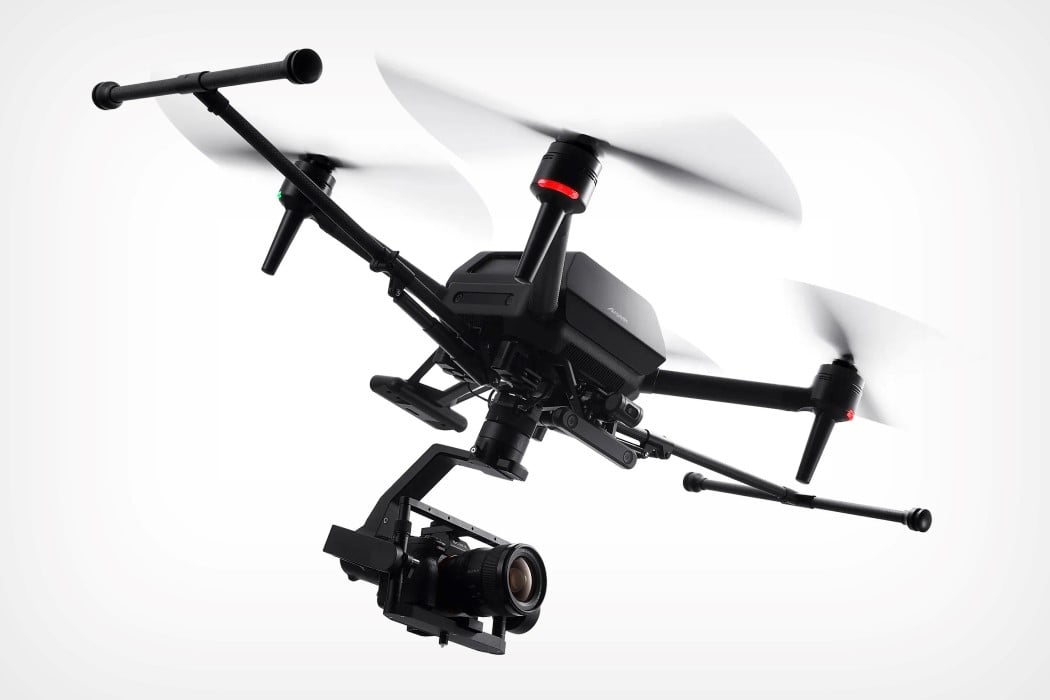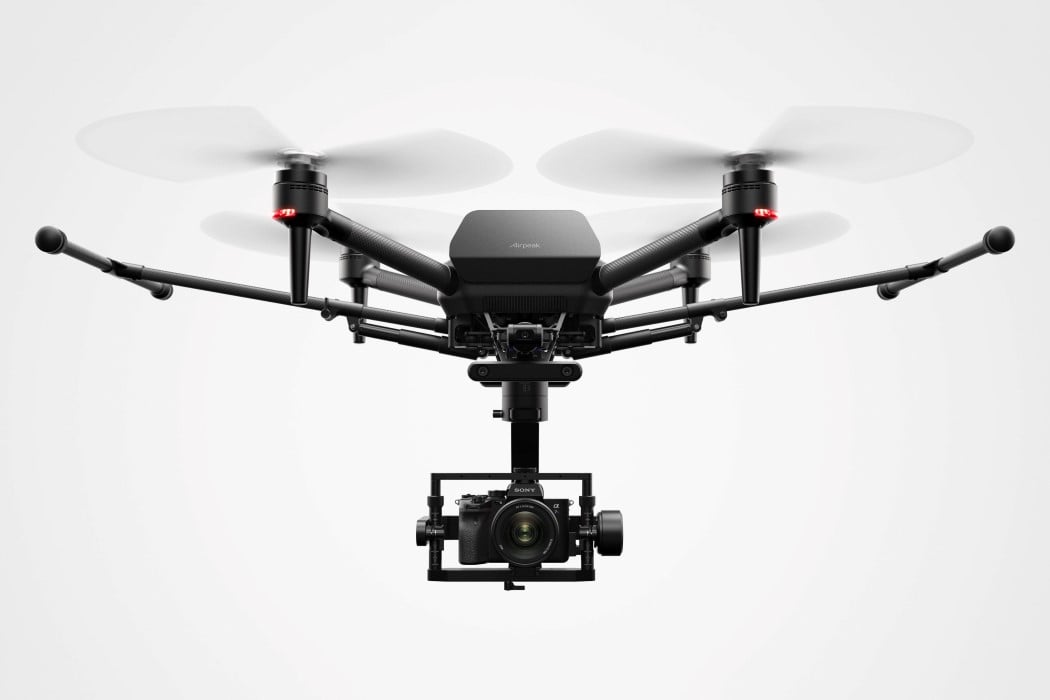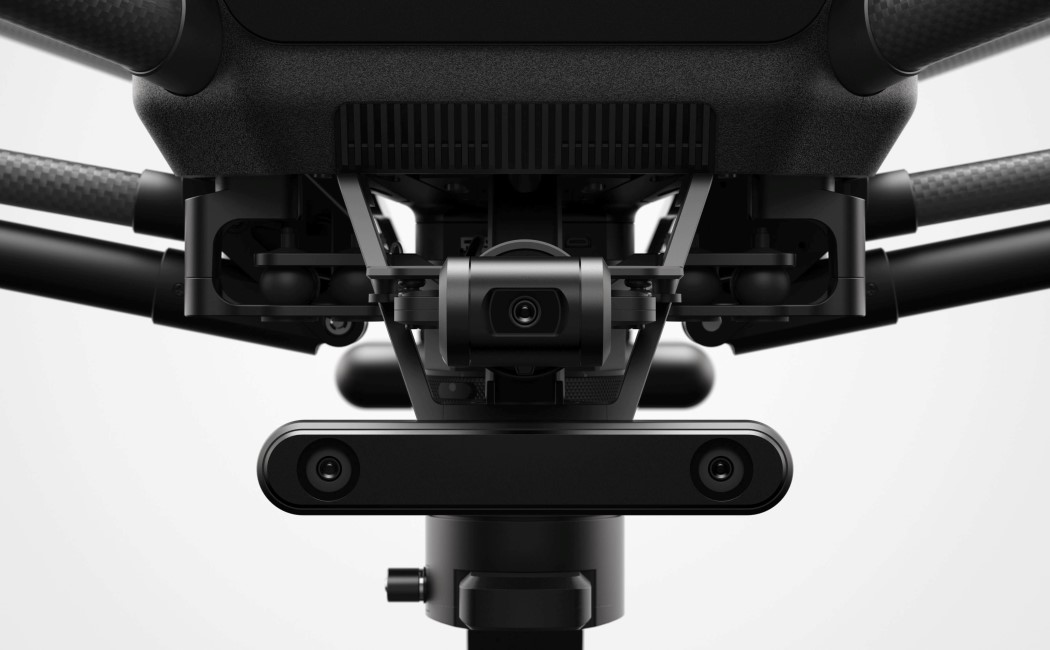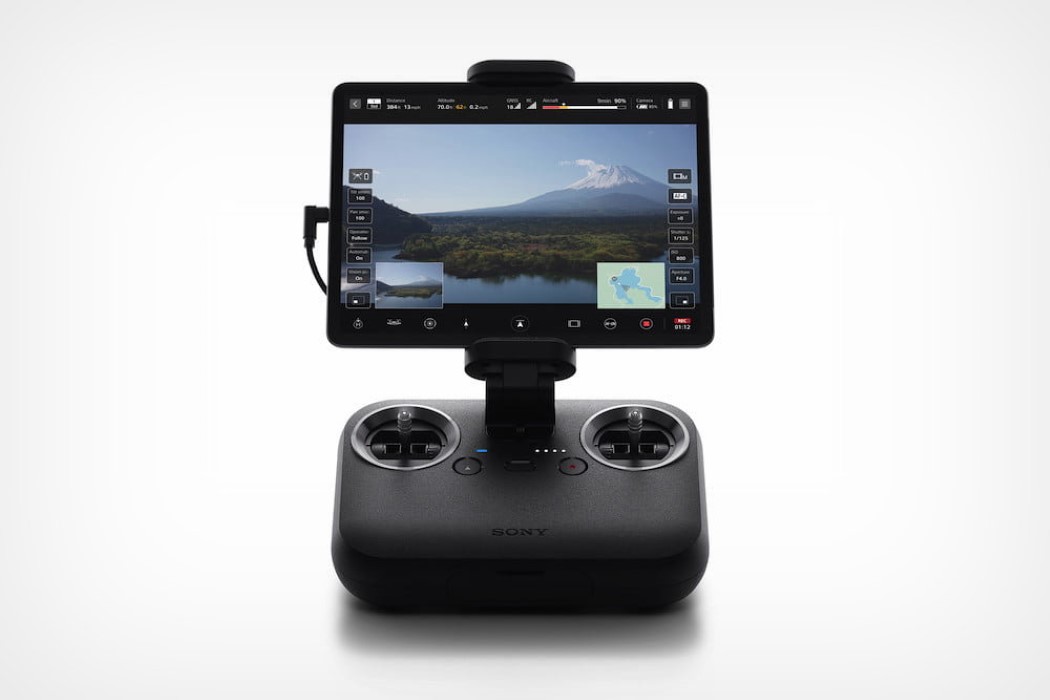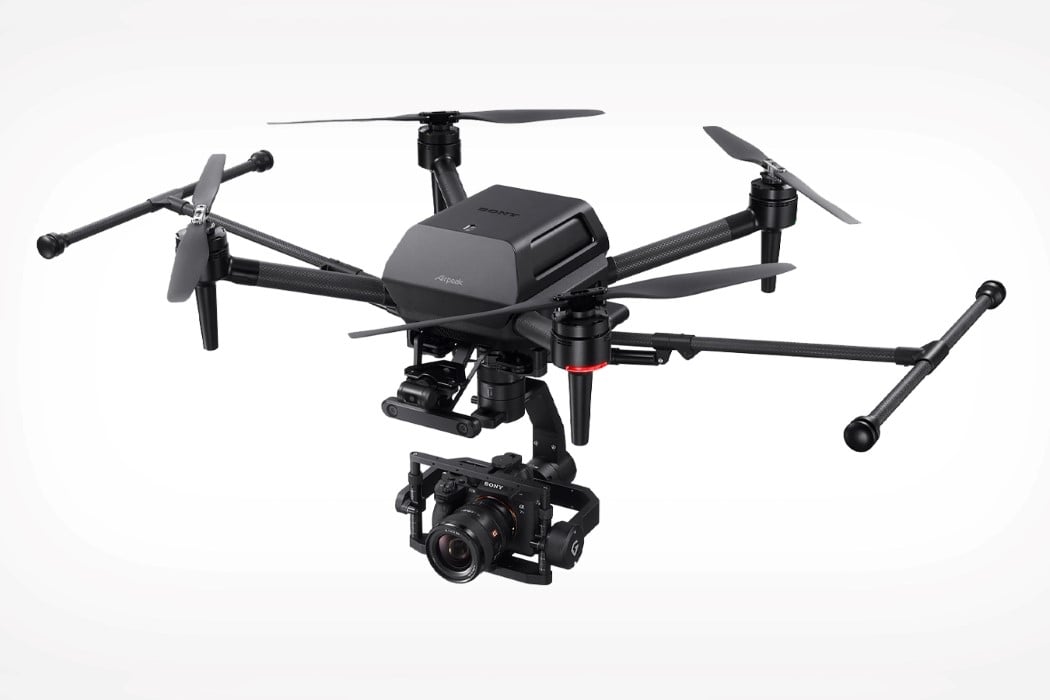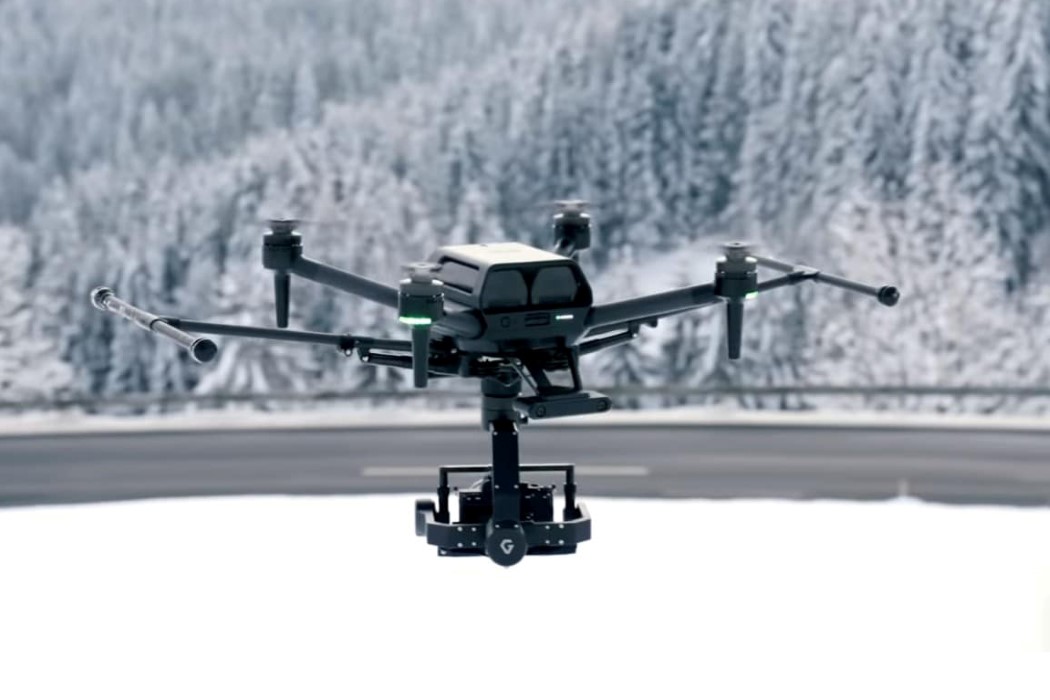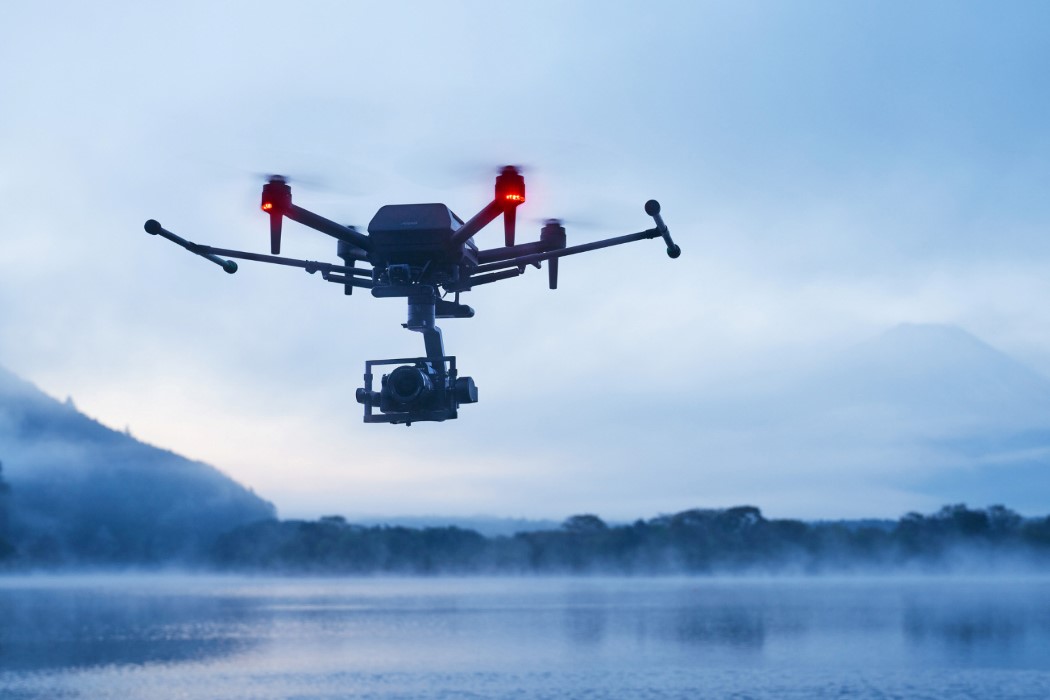With the explosion of TikTok and the growth of video on YouTube, Twitch, Instagram and other platforms, interest in vlogging has increased exponentially since we last updated our guide. If you’re one of those vlog creators and a smartphone is no longer good enough, it may be time to upgrade to a purpose-built vlogging camera.
Some models are specifically designed for vlogging, like Sony’s ZV-E10 mirrorless camera that launched last year, or Panasonic’s compact G100. Others, like the new Panasonic GH6, Sony A7S III and Canon EOS R6 are hybrid cameras that offer vlogging as part of a larger toolset.
All of them have certain things in common, like flip-around screens, face- and/or eye-detect autofocus and image stabilization. Prices, features and quality can vary widely among models, though. To that end, we’ve updated our guide with all the latest models designed for every vlogger from novice to professional, in all price ranges. Engadget has tested all of these to give you recommendations for the best vlogging cameras, and we’ll even discuss a few rumored upcoming models.
One caveat to this year’s best camera guide is that a parts shortage has limited production of many cameras, causing shortages and higher prices. Sony, for one, halted production of the aforementioned ZV-E10 for a time, and models from Fujifilm and others are also hard to find. The good news is that the shortage appears to be easing, so hopefully we’ll see normal supply levels in the near future.
What do you need in a vlogging camera?
Vlogging cameras are designed for filmmakers who often work alone and either use a tripod, gimbal, vehicle mount or just their hands to hold a camera. It has to be good not just for filming yourself, but other “B-roll” footage that helps tell your story.
The number one requirement is a flip-around screen so you can see yourself while filming. Those can rotate up, down or to the side, but flipping out to the side is preferable so a tripod or microphone won’t block it.
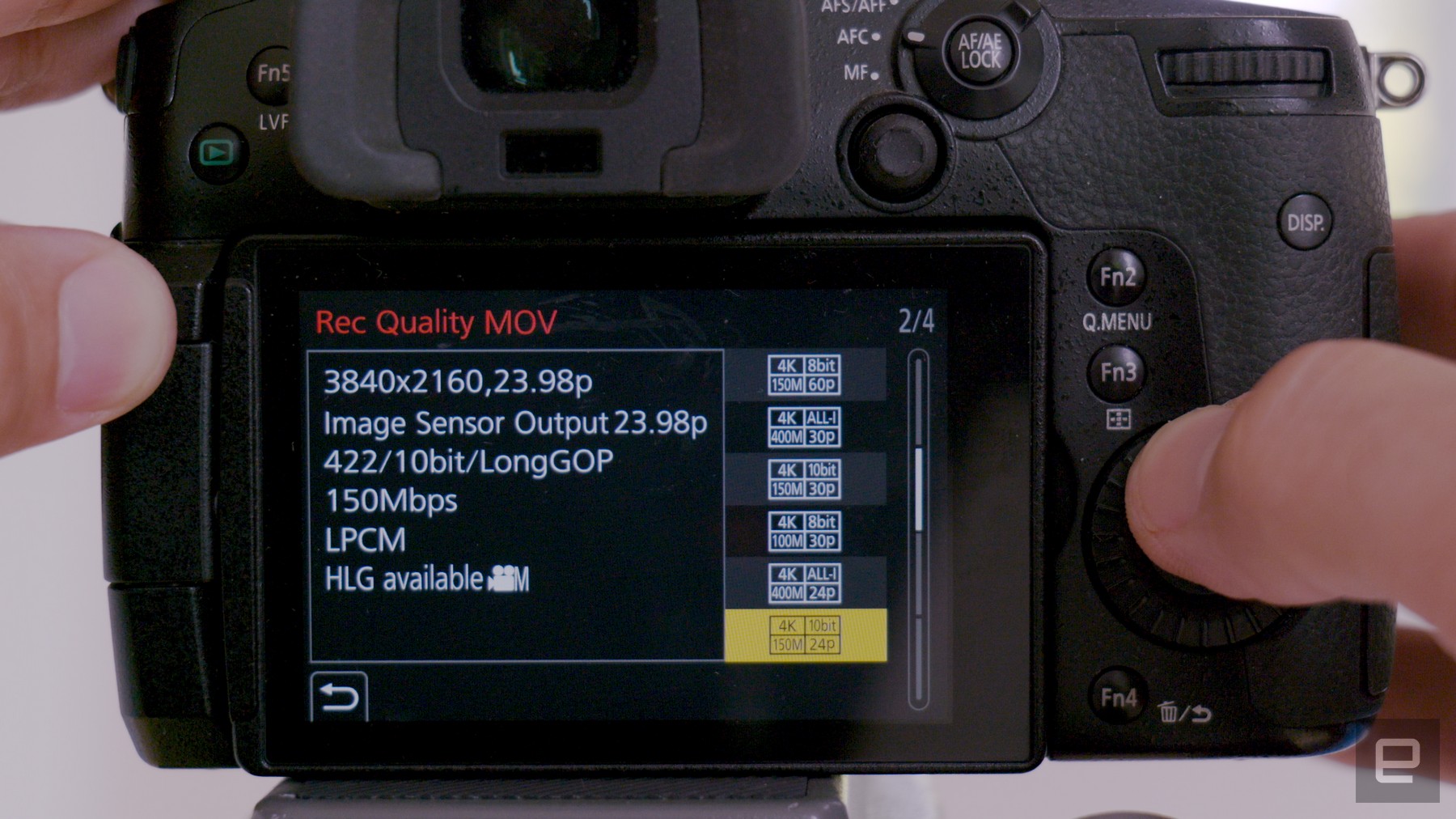
Continuous autofocus (AF) for video with face and eye detection is also a must. It becomes your camera “assistant,” keeping things in focus while you concentrate on your content. Most cameras can do that nowadays, but some still do it better than others.
If you move around or walk a lot, you should look for an action camera with built-in optical stabilization. Electronic stabilization is another option as long as you’re aware of the limitations. You’ll also need a camera with a fast sensor that limits rolling shutter, which can create a distracting jello “wobble” with quick camera movements.
4K recording is another key feature for video quality. All cameras nowadays can shoot 4K up to at least 24 fps, but if possible, it’s better to have 4K video recording at 60 or even 120 fps. If you shoot sports or other things involving fast movement, look for a model with at least 1080p at 120 fps for slow-motion recording.
Video quality is another important consideration, especially for skin tones. Good light sensitivity helps for night shooting, concerts, etcetera, and a log profile helps improve dynamic range in very bright or dark shooting conditions. If you want the best possible image quality and can afford it, get a camera that can record 4K with 10-bits (billions) of colors. That will give you more options when you go to edit your vlog.
Don’t neglect audio either — if the quality is bad, your audience will disengage. Look for a camera with an external microphone port so you can plug in a shotgun or lapel mic for interviews, or at least one with a good-quality built-in microphone. It’s also nice to have a headphone port to monitor sound so you can avoid nasty surprises after you’ve finished shooting.
You’ll also want good battery life and, if possible, dual memory card slots for a backup. Finally, don’t forget about your camera’s size and weight. If you’re constantly carrying one while shooting, especially at the end of a gimbal or gorillapod, it might actually be the most important factor. That’s why tiny GoPro cameras are so popular for sports, despite offering lower image quality and fewer pro features.
The best action and portable cameras
If you’re just starting out in vlogging or need a small, rugged camera, an action cam might be your best bet. In general, they’re easy to use as you don’t have to worry about things like exposure or focus. Recent models also offer good electronic stabilization and sharp, colorful video at up to 4K and 60 fps. The downsides are a lack of control; image quality that’s not on par with larger cameras; and no zooming or option to change lenses.
DJI Pocket II
Last time around we recommended the original Osmo Pocket, but the Pocket II (no more “Osmo”) has some big improvements. As before, it’s mounted on a three-axis gimbal and has impressive face tracking that keeps your subject locked in focus while video recording. However, the new model has a larger, much higher resolution 64-megapixel sensor, a faster lens with a wider field of view and improved microphones. As before, you can get accessories like an extension rod, a waterproof case and more.
What really makes the Pocket II great for vlogging are the follow modes combined with face tracking. If you’re working solo, you can simply set it up and it’ll rotate and tilt to follow you around. That also applies for walk-and-talk vlogging, so you don’t have to worry about focus or even pointing the camera at yourself. For $346, it’s not only good for beginners, but is a handy tool for any vlogger.
Buy DJI Pocket II at Amazon - $349GoPro Hero10 Black
The Hero10 Black is what we called a “big, invisible upgrade” over the Hero9, itself a much improved camera over the Hero8 Black we recommended last time. That’s largely due to the new processor that unlocks features like higher-resolution 5.3K 60p and 4K 120fps video, much improved Hypersmooth 4.0 stabilization, an improved front-screen and more. All of that makes the GoPro Hero10 Black ideal to mount on a drone, vehicle, helmet, bicycle and more, at a very manageable $350 price with a 1-year GoPro subscription.
Buy Hero 10 Black bundle at GoPro - $350DJI Action 2
DJI took a much different approach compared to GoPro with its latest Action 2 camera – no with more Osmo branding. Rather than being a standalone camera, it’s a modular system with a magnetic mount that lets you add a touchscreen module with a secondary OLED display and three additional microphones, or a battery module for longer life and an extra microSD slot. As with the Pocket 2, it offers tons of accessories like a 3-in-1 extension rod and more. It’s a versatile option if you do more than just action shooting, and is priced well starting at $399.
Buy DJI Action 2 at Amazon - $399The best compact vlogging cameras
Compact cameras are a step-up option from smartphones or action cameras, with larger sensors and much better image quality. At the same time, they’re not quite as versatile as mirrorless or DSLR cameras (and not necessarily cheaper) and they lack advanced options like 10-bit video. For folks who want the best possible quality without needing to think too much about their camera, however, it’s the best option.
Sony ZV-1

Sony’s ZV-1 came out in 2020 and it’s still the best compact vlogging camera available. Based on the RX 100 V, it has a decently large 1-inch 20.1-megapixel sensor and fixed 24-70mm f/1.8-2.8mm equivalent lens. Based on the RX100 V, it has a 1-inch 20.1-megapixel sensor and fixed 24-70mm f/1.8-2.8mm (equivalent) lens. It also offers a lightweight body, built-in high-quality microphone (plus a microphone port), flip-out display, best-in-class autofocus and excellent image quality. It also has vlogging specific features like “product showcase” and background blur.
While the $799 ZV-1 can’t shoot 10-bit video, it comes with Sony’s S-Log picture profiles that give you increased dynamic range for shooting in challenging lighting conditions. The flaws include a lens that’s not quite wide enough when you’re using electronic stabilization, mediocre battery life and the lack of a true touch display and headphone port. That aside, if you’re looking to step up from a smartphone, it does the job nearly perfectly.
Buy Sony ZV-1 at Amazon - $799Canon G7 X Mark III

Canon’s G7 X Mark III should also be front of mind for vloggers looking for a compact option. It also packs a 20-megapixel 1-inch sensor, but has a 24-100 mm f/1.8-2.8 35mm equivalent zoom — quite a bit longer than the ZV-1 at the telephoto range. It can shoot 4K at up to 30 fps, while offering optical image stabilization, a microphone input (though no headphone jack) and even the ability to livestream directly to YouTube. The downsides are contrast-detect only autofocus and a screen that tilts up but not to the side. For $749, it’s still a great option, though.
Buy Canon G7 X Mark III at Amazon - $749The best mirrorless/DSLR vlogging cameras
This is the class that has changed the most over the past couple of years, particularly in the more affordable price categories. Interchangeable lens cameras give you the most options for vlogging, offering larger sensors than compact cameras with better low-light sensitivity and shallower depth of field to isolate you or your subject. They also offer better control of your image with manual controls, log recording, 10-bit video and more. The drawbacks are extra weight compared to action or compact cameras, extra complexity and higher prices.
Fujifilm X-S10
Fujifilm’s X-S10 has displaced the X-T4 as the best vlogging camera out there, thanks particularly to the more affordable price. It ticks all the boxes for vloggers, offering in-body image stabilization, 10-bit 4K external video with F-Log recording (at up to 30fps) along with 1080p at a stellar 240 fps, a screen that flips out to the side and easy-to-use controls. It also comes with a headphone jack and USB-C port that doubles as a headphone jack. The main downside is the limited touchscreen controls, but you get a lot of camera for just $1,000.
Buy Fujifilm X-S10 at Adorama - $999Sony ZV-E10
The best Sony APS-C camera for vlogging is now the ZV-E10. While using many of the same aging parts as the A6100, including the 24.2-megapixel sensor, it has a number of useful features for self-shooters. High on the list is Sony’s excellent autofocus, which includes the same background defocus and Product Showcase features found on the ZV-1 compact. It also offers electronic SteadyShot, a fully articulating display and more. The biggest drawback is rolling shutter that can get bad if you whip the camera around too much. If you can find one, it’s priced at $700 for the body or $800 in a bundle with Sony’s 16-50mm F/3.5-5.6 power zoom lens.
Buy Sony ZV-E10 at B&H - $698Panasonic GH6 and GH5
Panasonic’s GH5 was an incredibly popular vlogging camera for a very long time and was actually replaced by two cameras, the $2,200 GH6 and more budget-oriented $1,700 GH5-II. The GH6 is a large upgrade in nearly every way, offering 5.7K at 60 fps and 4K at up to 120 fps, along with ProRes formats that are easy to edit. It also comes with the best in-body stabilization on any camera and great handling. The downside is sub-par contrast-detect autofocus and battery life that’s not amazing.
It’s also worth a look at the GH5 Mark II, which is not only $500 cheaper but particularly well suited for live-streamers. It’s not a huge upgrade over the GH5, but does more than most rival cameras for the price, offering 4K 10-bit 60p video, a fully articulating display and excellent in-body stabilization. As with the GH6, the main drawback is the contrast-detect autofocus system.
Buy Panasonic GH6 at Amazon - $2,200Buy Panasonic GH5 at Amazon - $1,700Panasonic G100
Panasonic’s G100 is purpose built for vlogging like the ZV-1, but also allows you to change lenses. It has a fully-articulating flip-out screen, 5-axis hybrid (optical/electronic) stabilization, 4K V-Log-L video at up to 30 fps (though sadly cropped at 1.47X for 4K video), 1080p at up to 60 fps, and contrast detect AF with face/eye detection. The coolest feature is the Nokia OZO system that can isolate audio to a specific person via face-detection tracking — something that can theoretically improve audio quality. Best of all, you can grab it right now with a 12-32mm lens for $750.
Buy Panasonic GH100 at Amazon - $750Canon EOS M50 Mark II
Another good buy if you’re on a budget is Canon’s EOS M50 Mark II, particularly if you’re okay with 1080p video only. While not a huge upgrade over the original M50, Canon has made it more compelling for vloggers with a fully-articulating display, continuous eye-tracking in video and live streaming to YouTube. It does support 4K, but with a heavy 1.5 times crop and contrast-detect autofocus only. Still, it’s a good option for folks on a budget, selling for $699 with a 15-45mm lens.
Buy Canon EOS M50 Mark II at B&H - $699Canon EOS R6
If you’ve got the budget for it, Canon’s EOS R6 offers nearly every feature you need in a vlogging camera. You can shoot 10-bit 4K video at up to 60 fps, and the Dual Pixel autofocus with eye and face tracking is incredibly reliable. It also offers 5-axis optical stabilization, a flip-out display and a relatively compact size. As you may have heard, overheating can be an issue, but firmware updates have improved that issue and it only applies to the more demanding video settings.
Buy Canon EOS R6 at Amazon - $2,500Fujifilm X-T4
The Fuijfilm X-T4 is a great all-around mirrorless camera for vlogging. It has everything you need, including a fully-articulating display, continuous eye- and face autofocus, 10-bit 4K log recording at up to 60 fps, 5-axis in-body stabilization, microphone and headphone jacks (the latter via USB-C) and lower noise in low light.
Image quality, especially in the skin tones, is lifelike and the sensor has minimal rolling shutter. It also offers good battery life and comes with dual UHS-II card slots. Finally, it’s fairly light considering all the features, and Fujifilm has a good selection of small lenses ideal for vlogging. What I don’t like is an autofocus system not quite as fast or accurate as Sony’s and the fairly steep $1,700 asking price for the body only.
Buy Fujifilm X-T4 at Amazon - $1,700Nikon Z fc
If you want to look great while vlogging, check out Nikon’s stylish Z fc. It’s largely identical to the Z50, with features like a 20.9-megapixel APS-C sensor, 4K at 30 fps and a reliable phase-detect autofocus system with face detection. However, the Z fc brings a vari-angle touchscreen to the party and has a beautiful vintage body covered with convenient manual controls. It doesn’t have built-in optical stabilization, but you can get that via a lens. The best feature, though, is the price – you can get one for $1,100 with a 16-50mm lens.
Buy Nikon Z fc at B&H - $1,100Upcoming cameras
If you’re not quite ready to buy, there are some interesting options on the horizon. Canon just announced the EOS R7, a mirrorless EOS R version of its popular EOS 7D DSLR. It has an APS-C sensor and all-new RF-S lenses, meaning that it might replace Canon’s current M-series cameras. Specs include a 32.5-megapixel APS-C sensor, 4K 60 fps video, an articulating display and more. All of that will make it a top vlogging option, if our upcoming review confirms the hype.
On top of that, Canon also announced a cheaper EOS R10 model with a 24.2-megapixel sensor that could also be an ideal vlogging camera. Both cameras are coming out towards the end of 2022.
In addition, Fujifilm just launched the X-H2S, its new $2,500 flagship mirrorless camera. With a 26.2-megapixel stacked and backside-illuminated sensor, it offers a raft of impressive features. Some of the highlights include 40 fps blackout-free burst shooting, faster autofocus, 6.2K 30fps video, a flip-out display and 7-stop in-body stabilization. If you’ve got the budget, this could be a solid vlogging choice when it arrives on July 7th.
